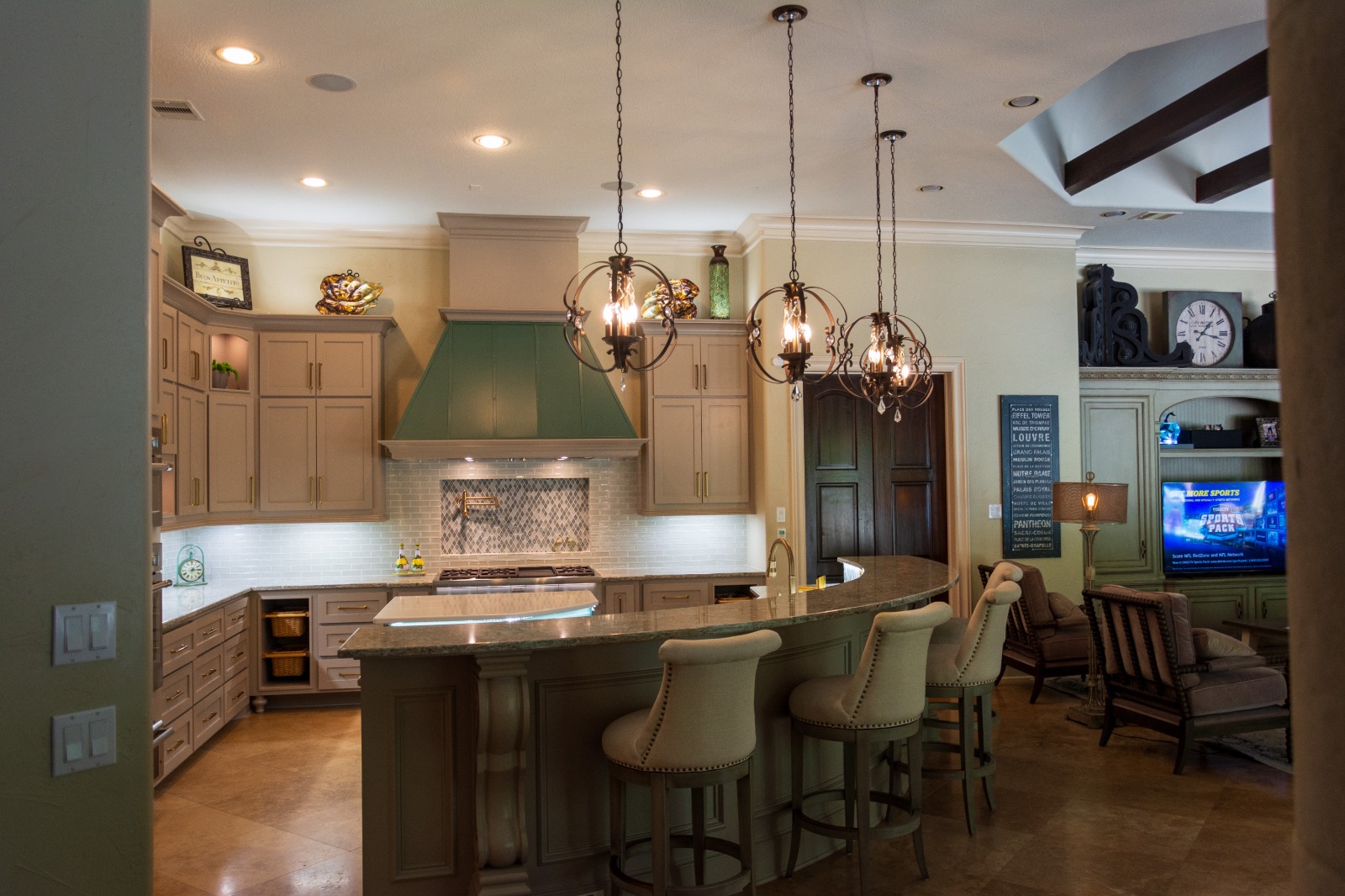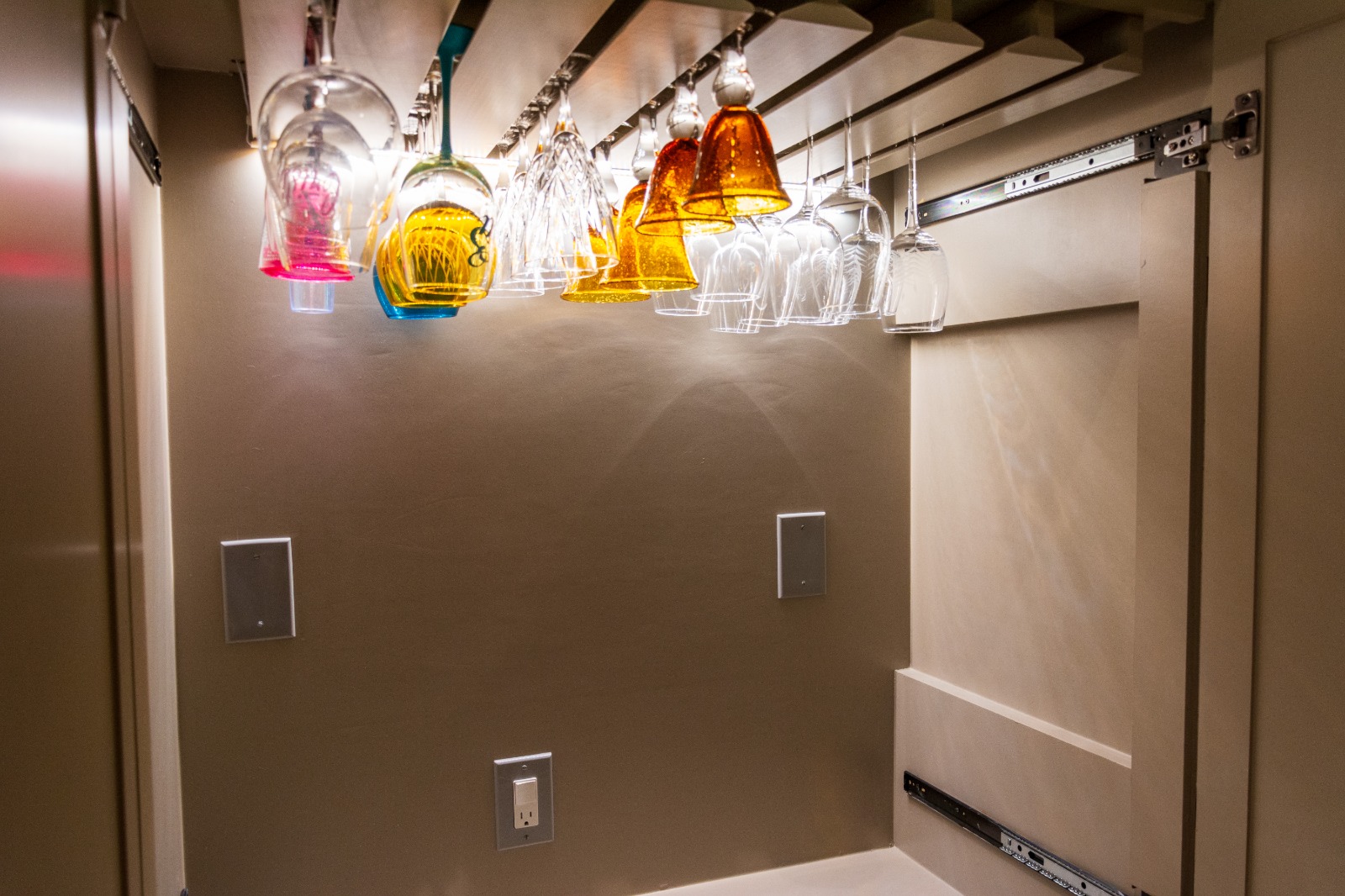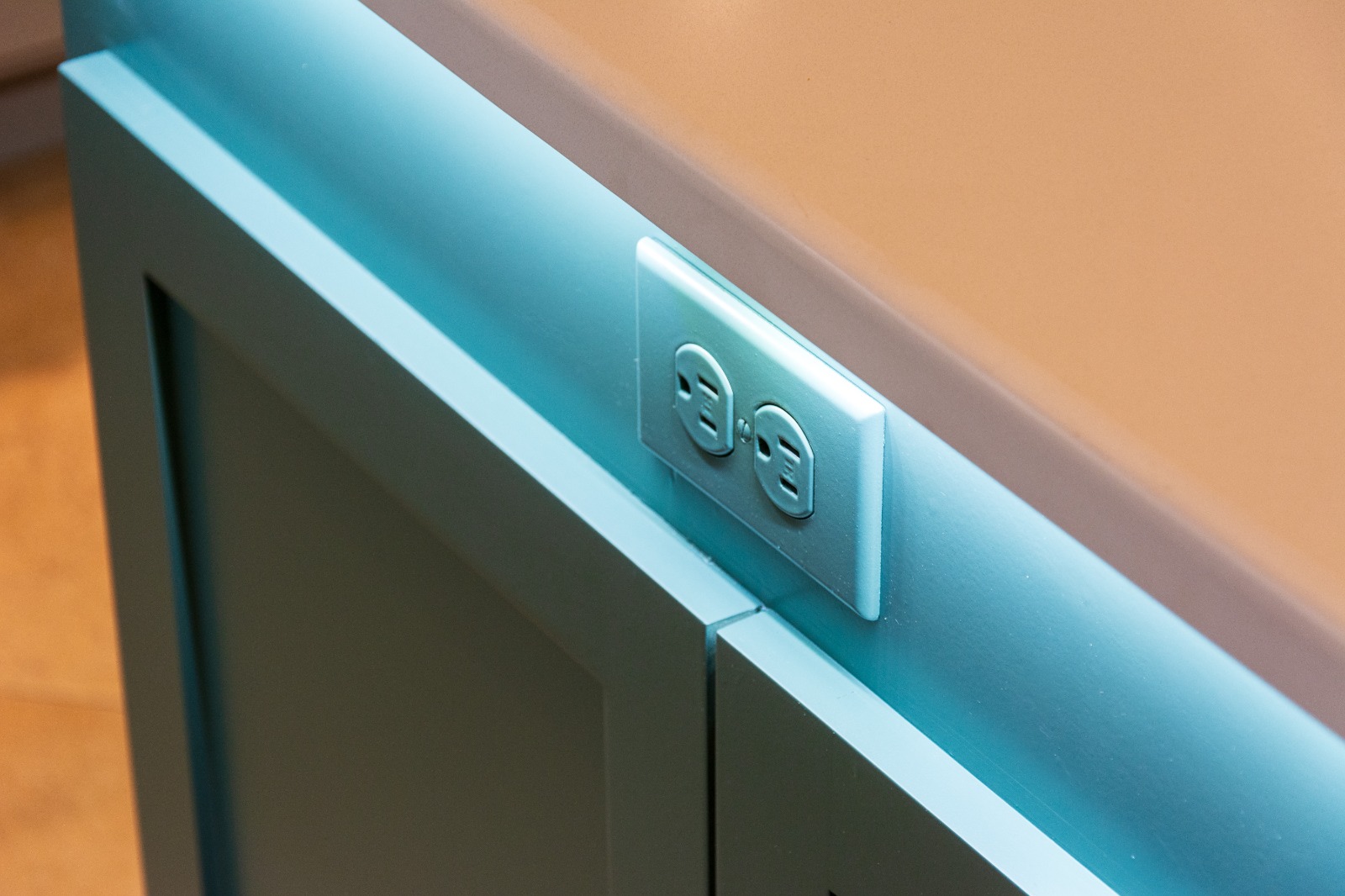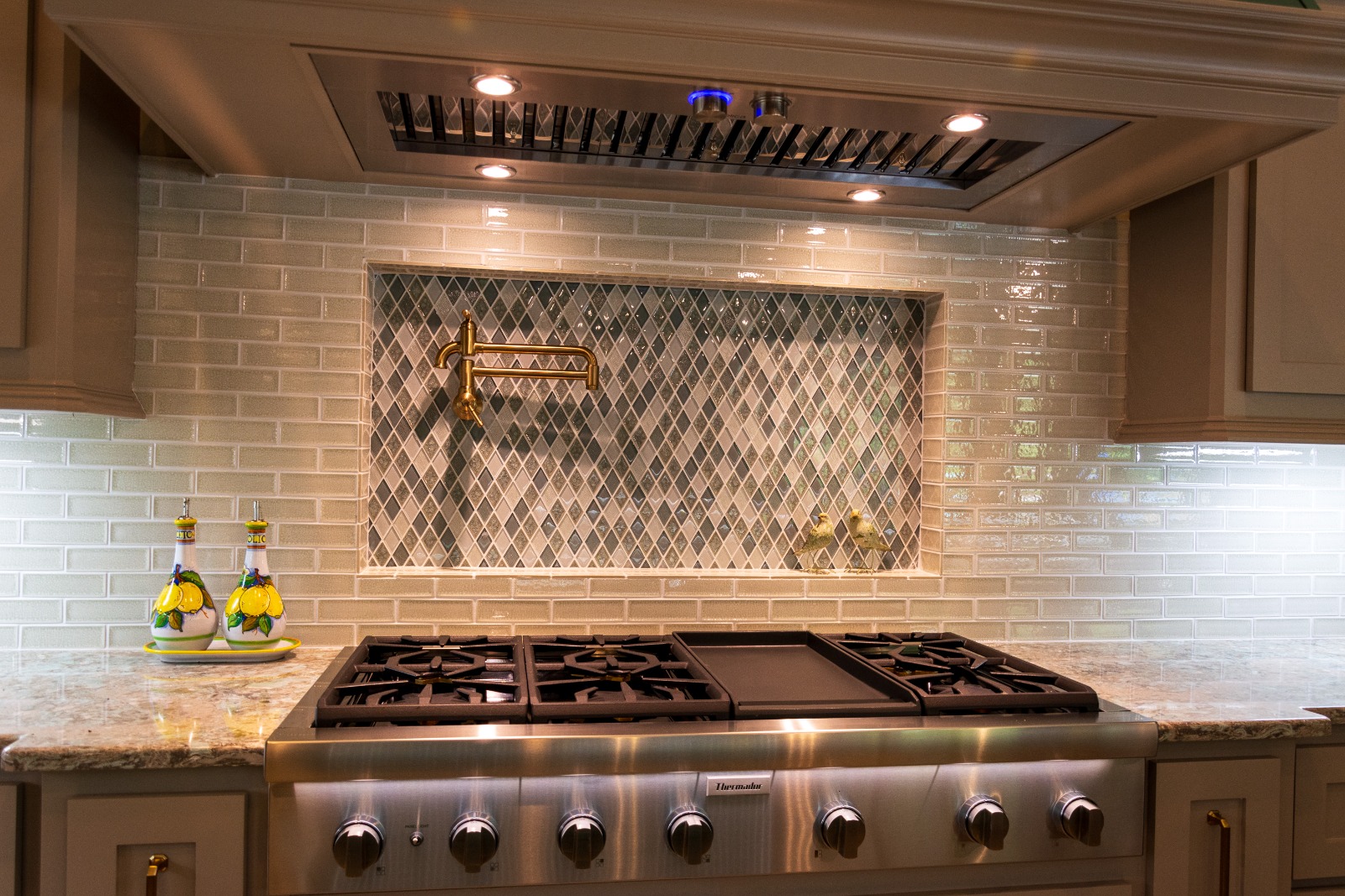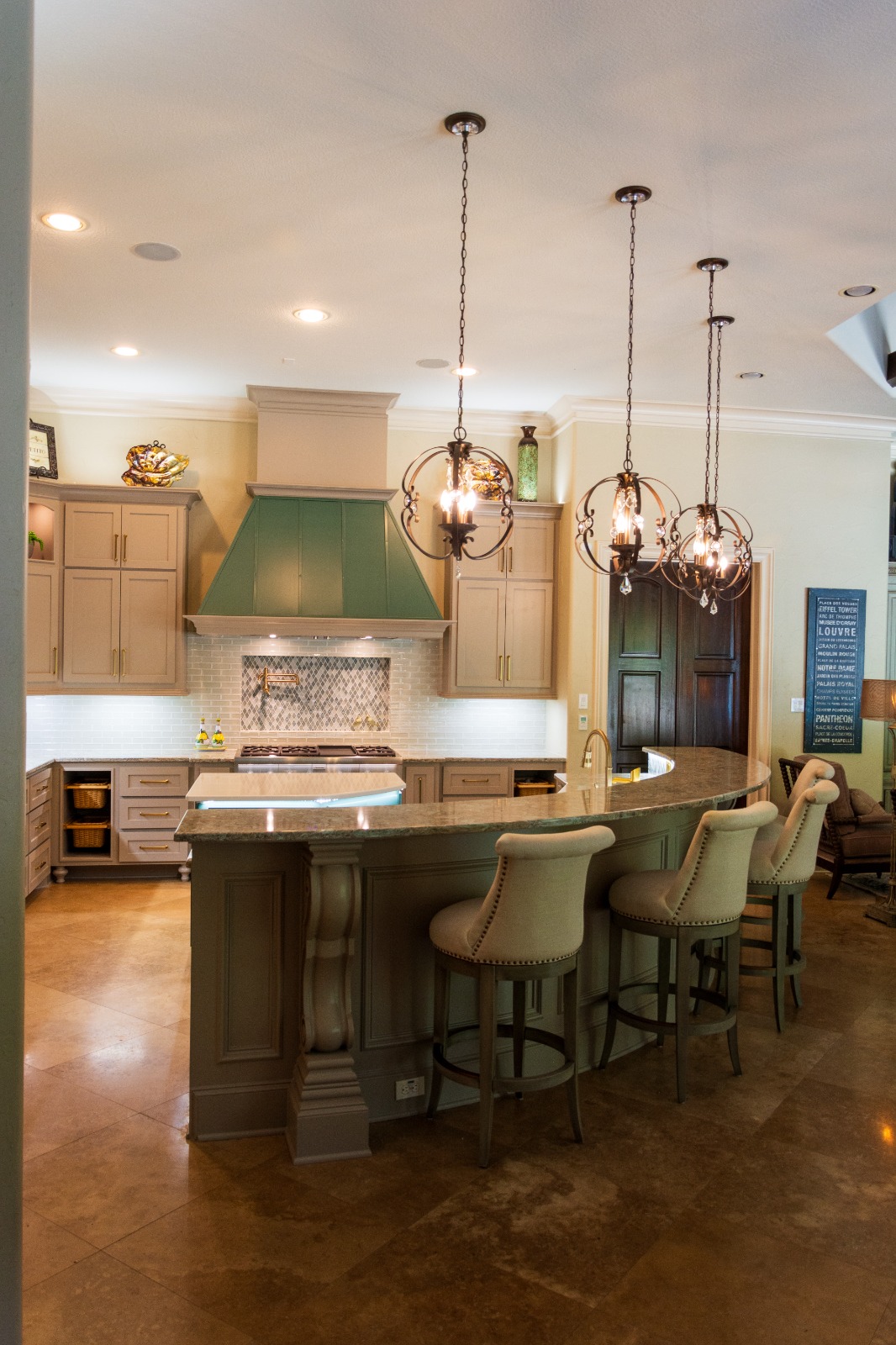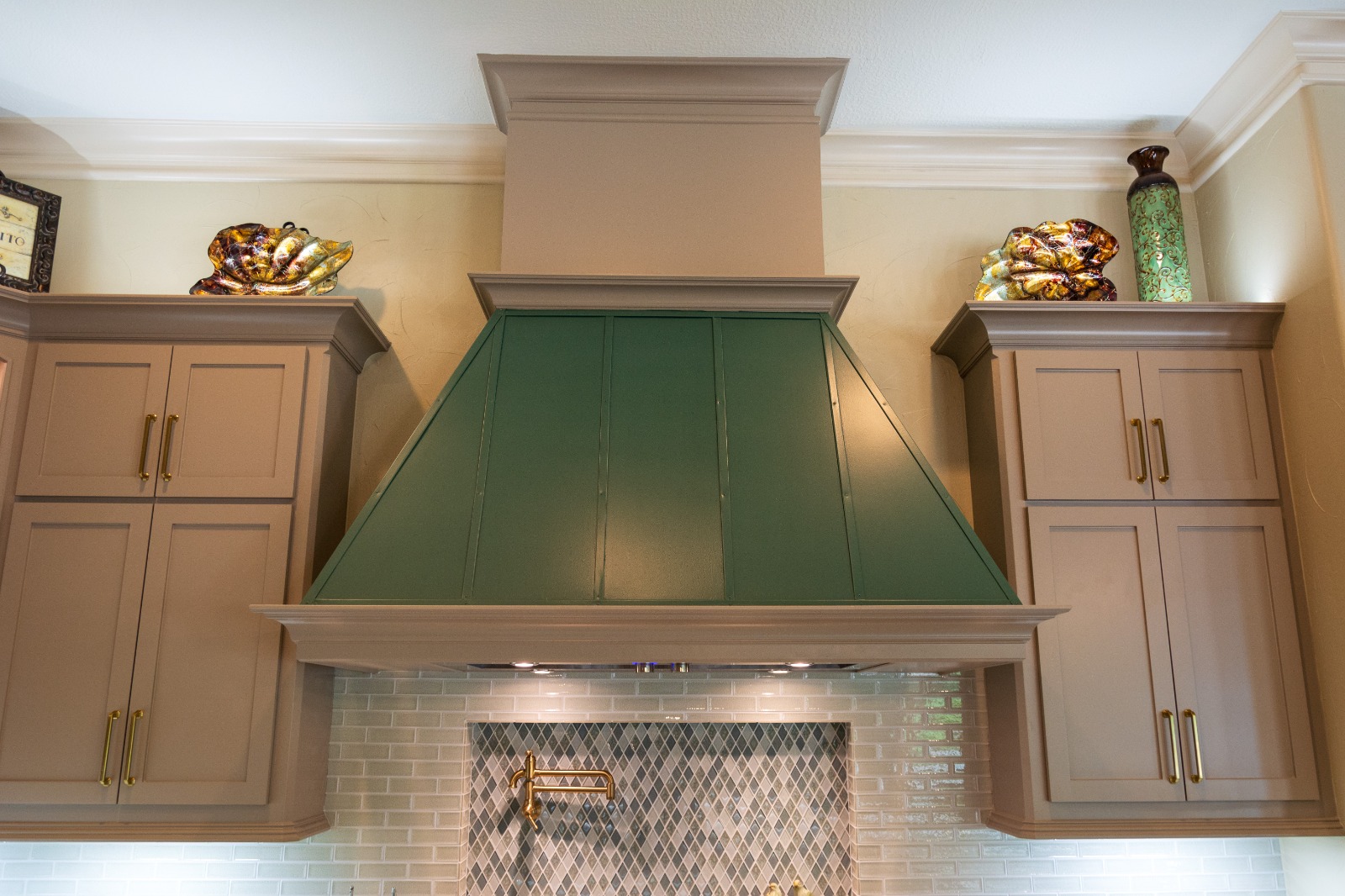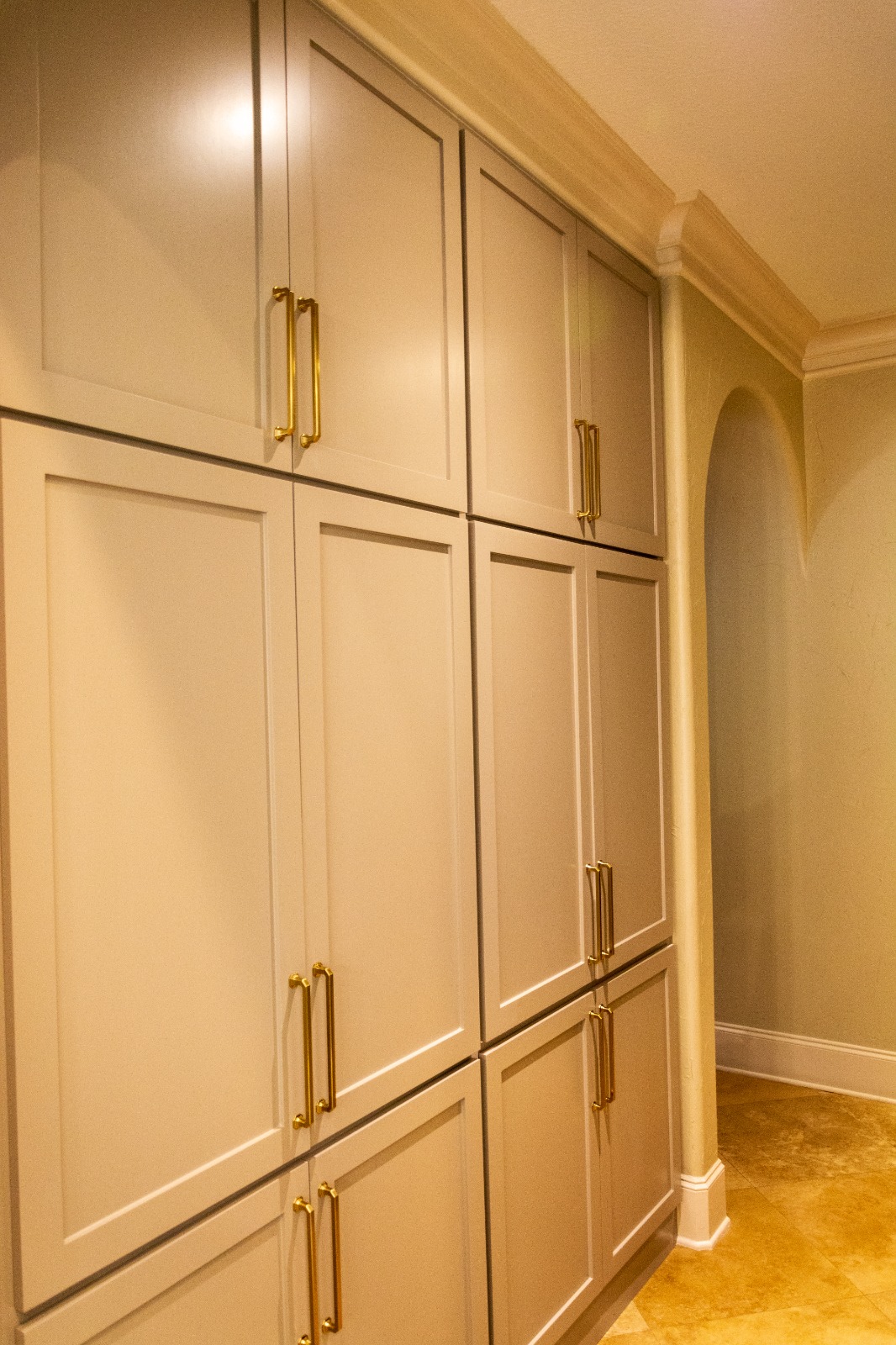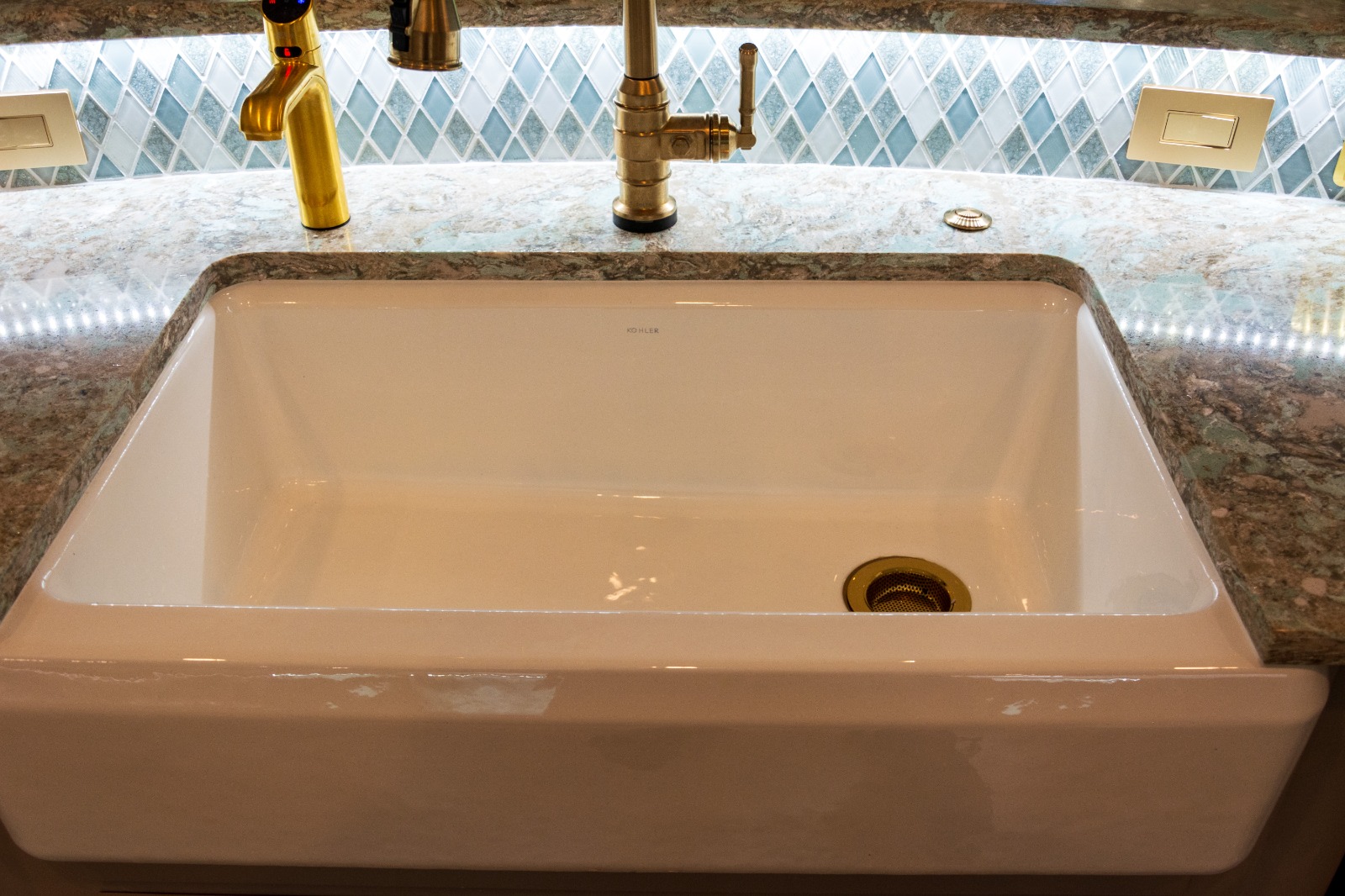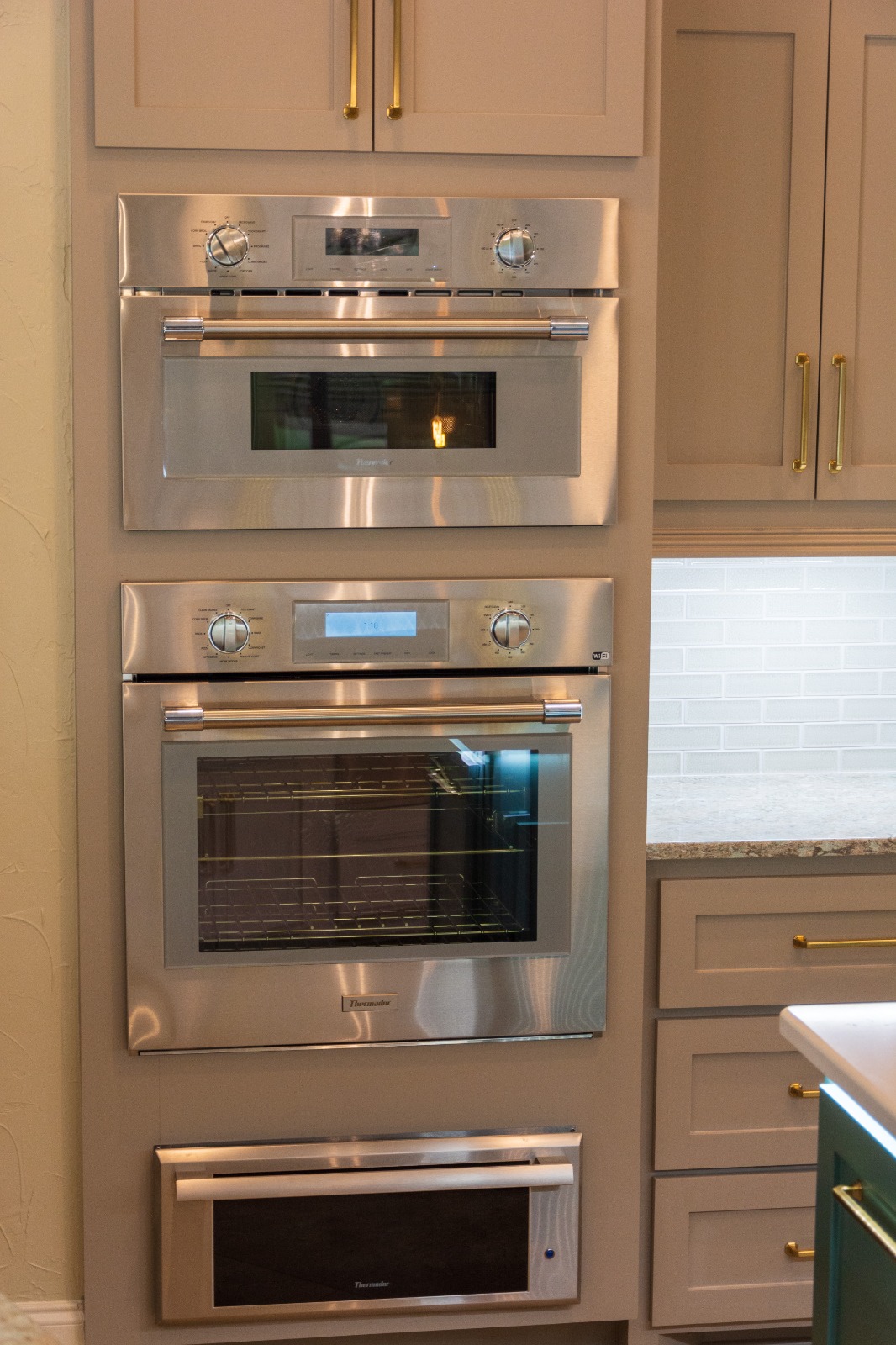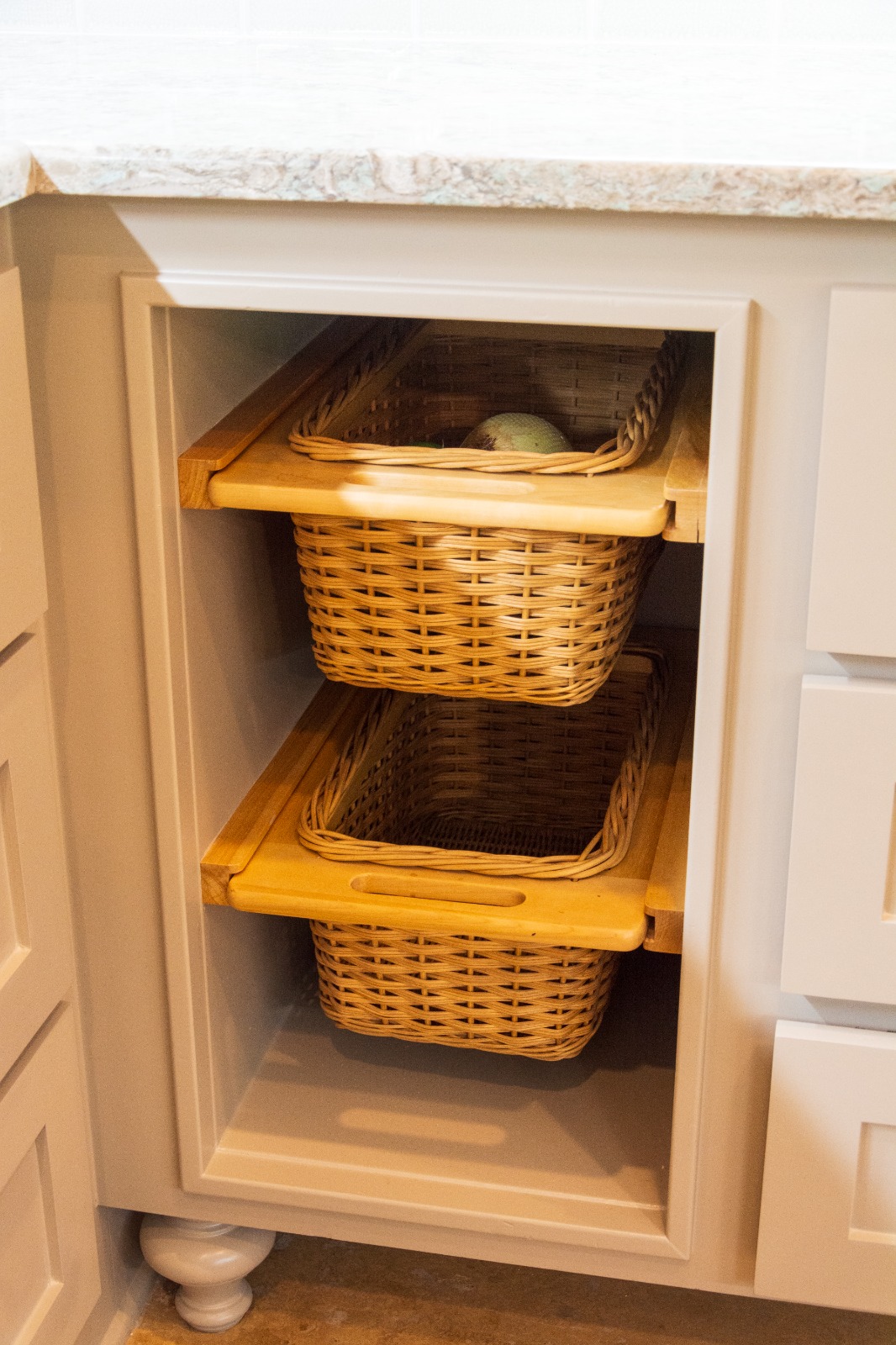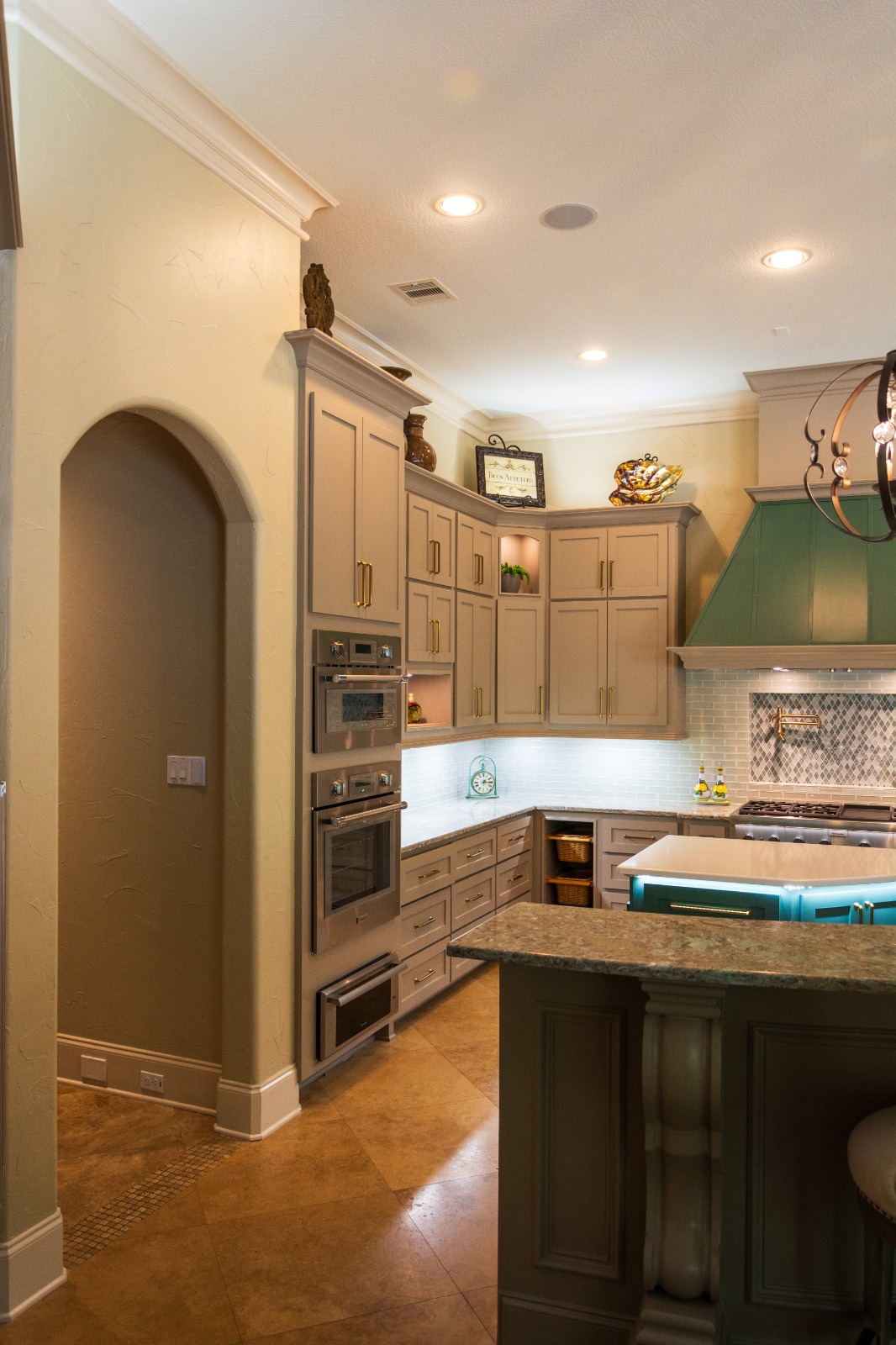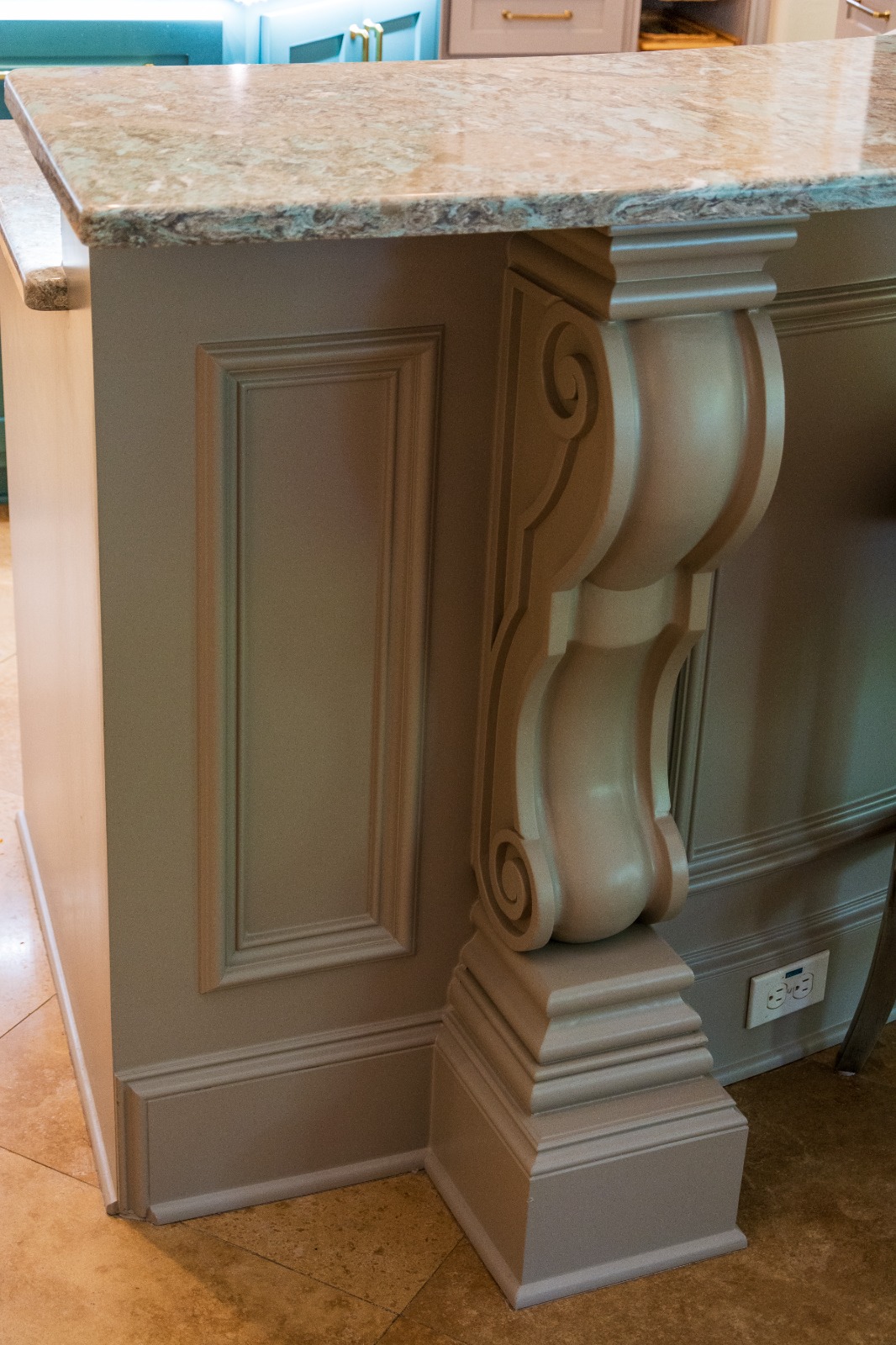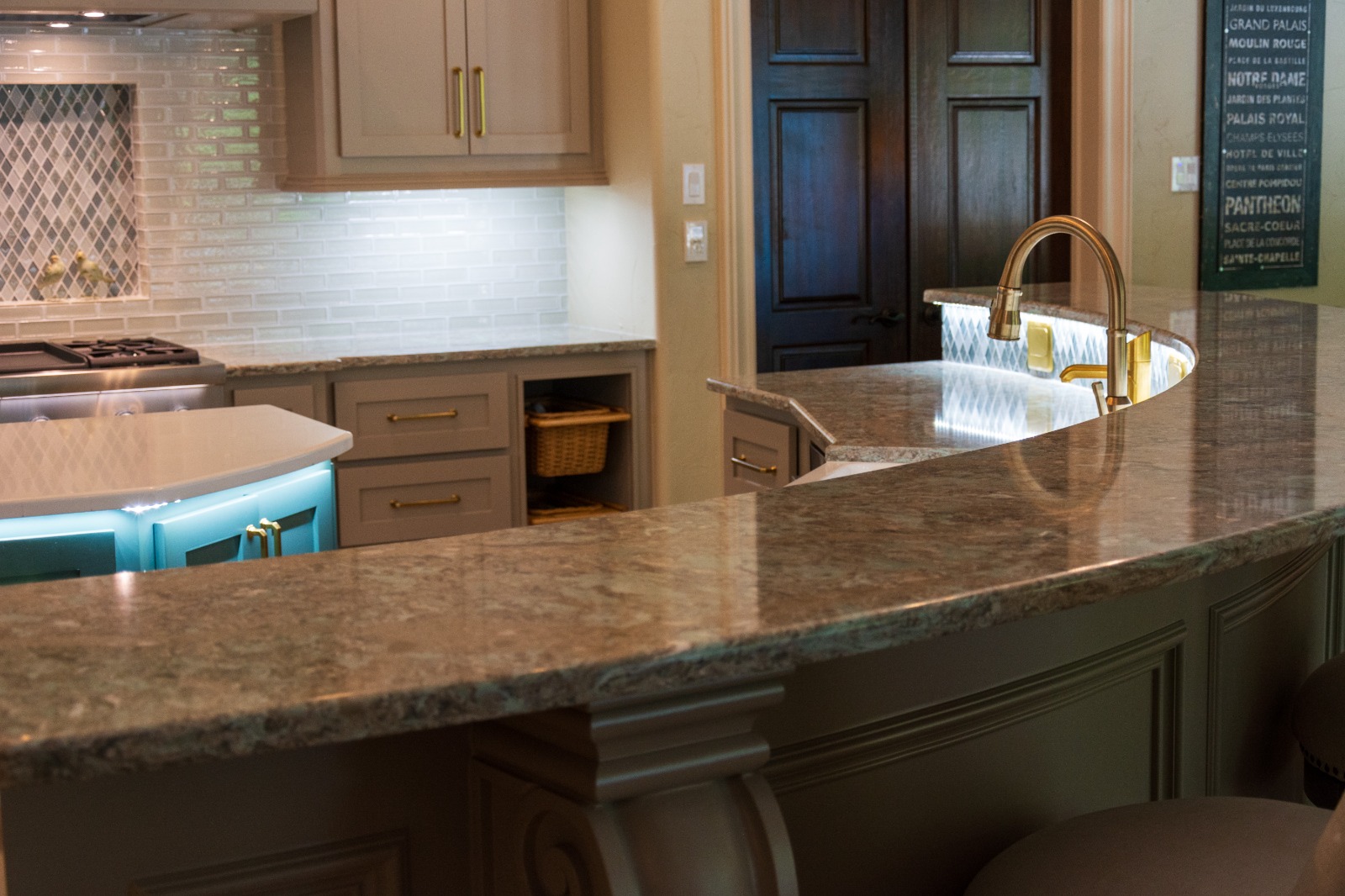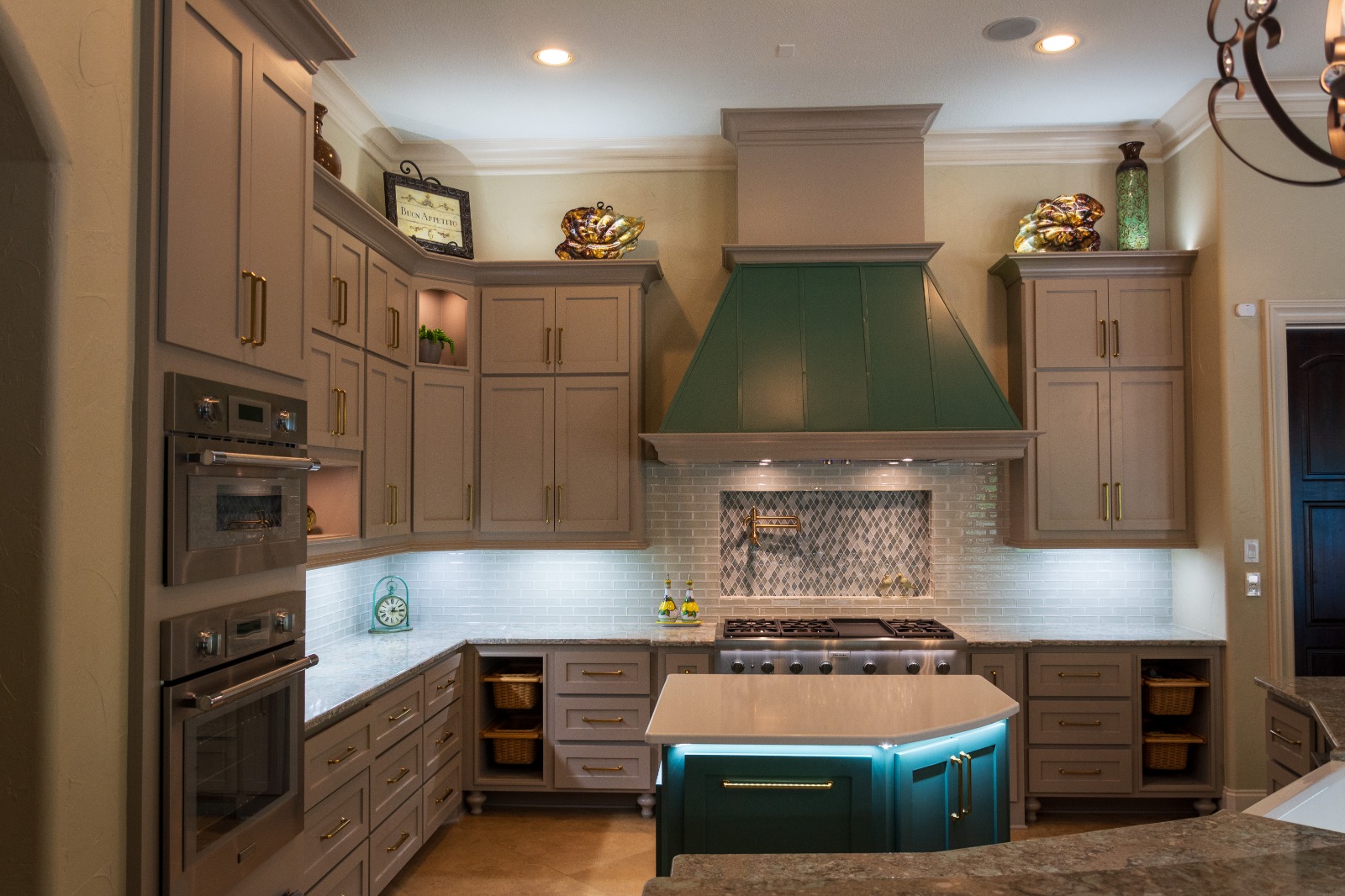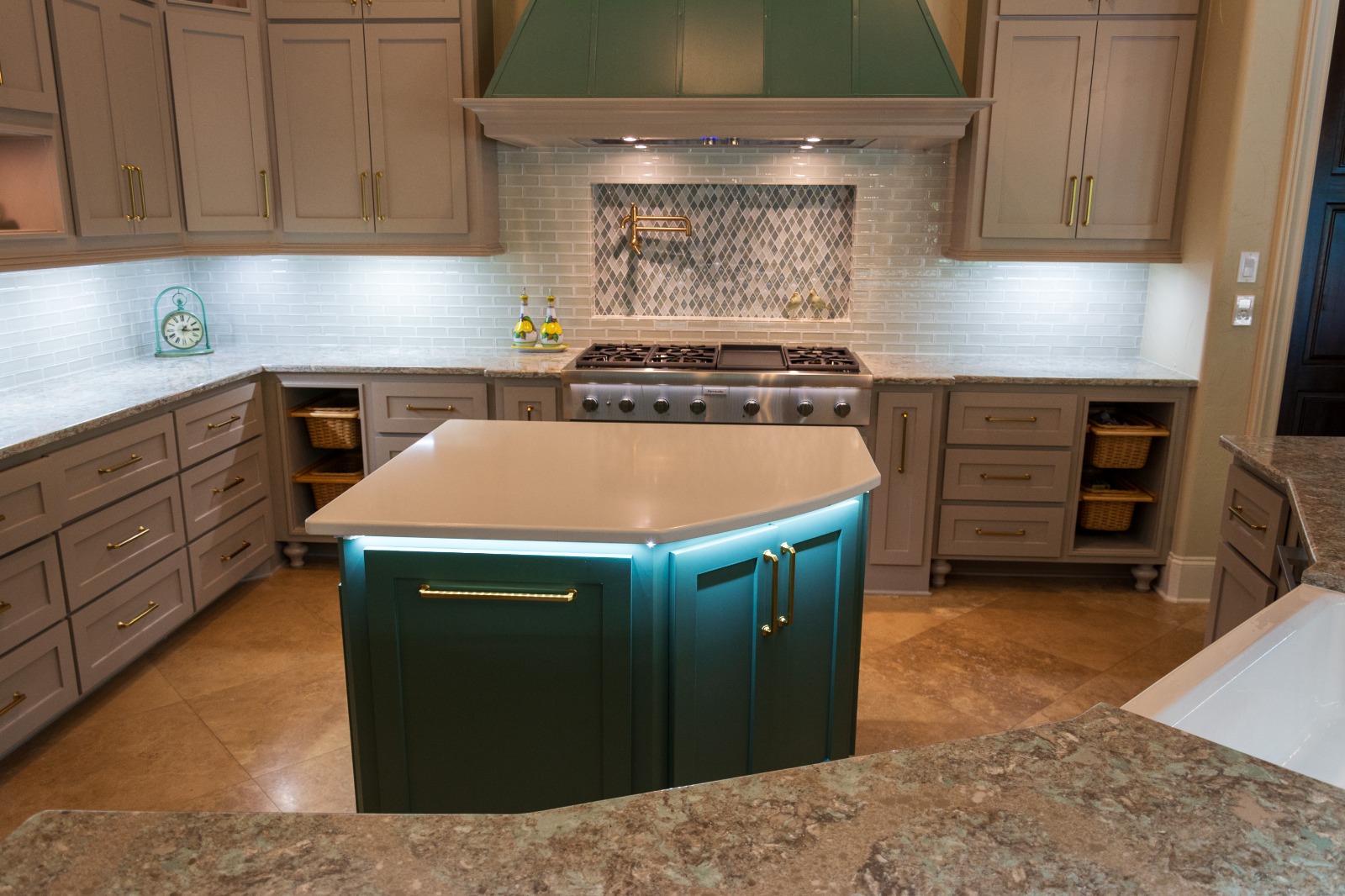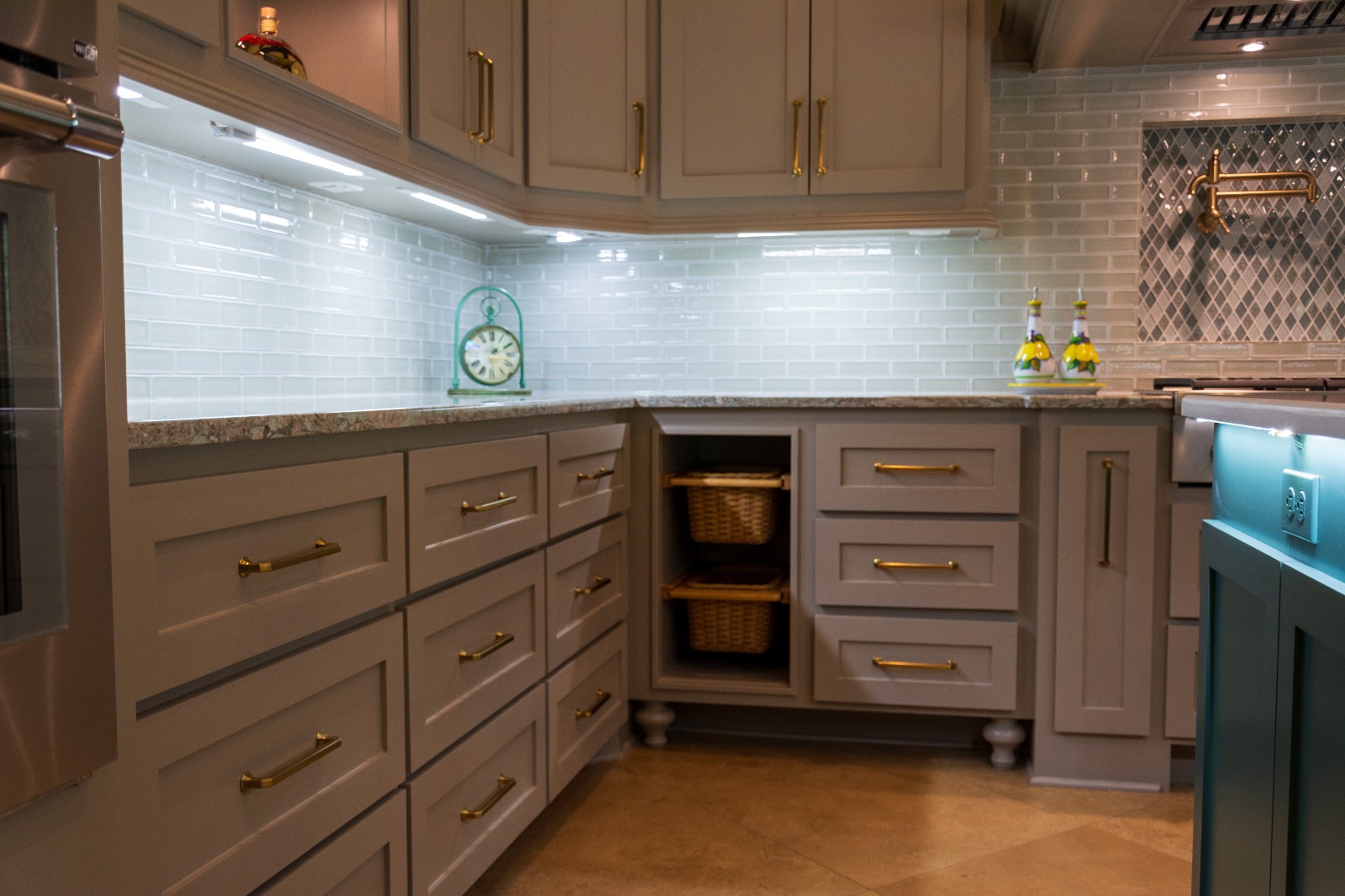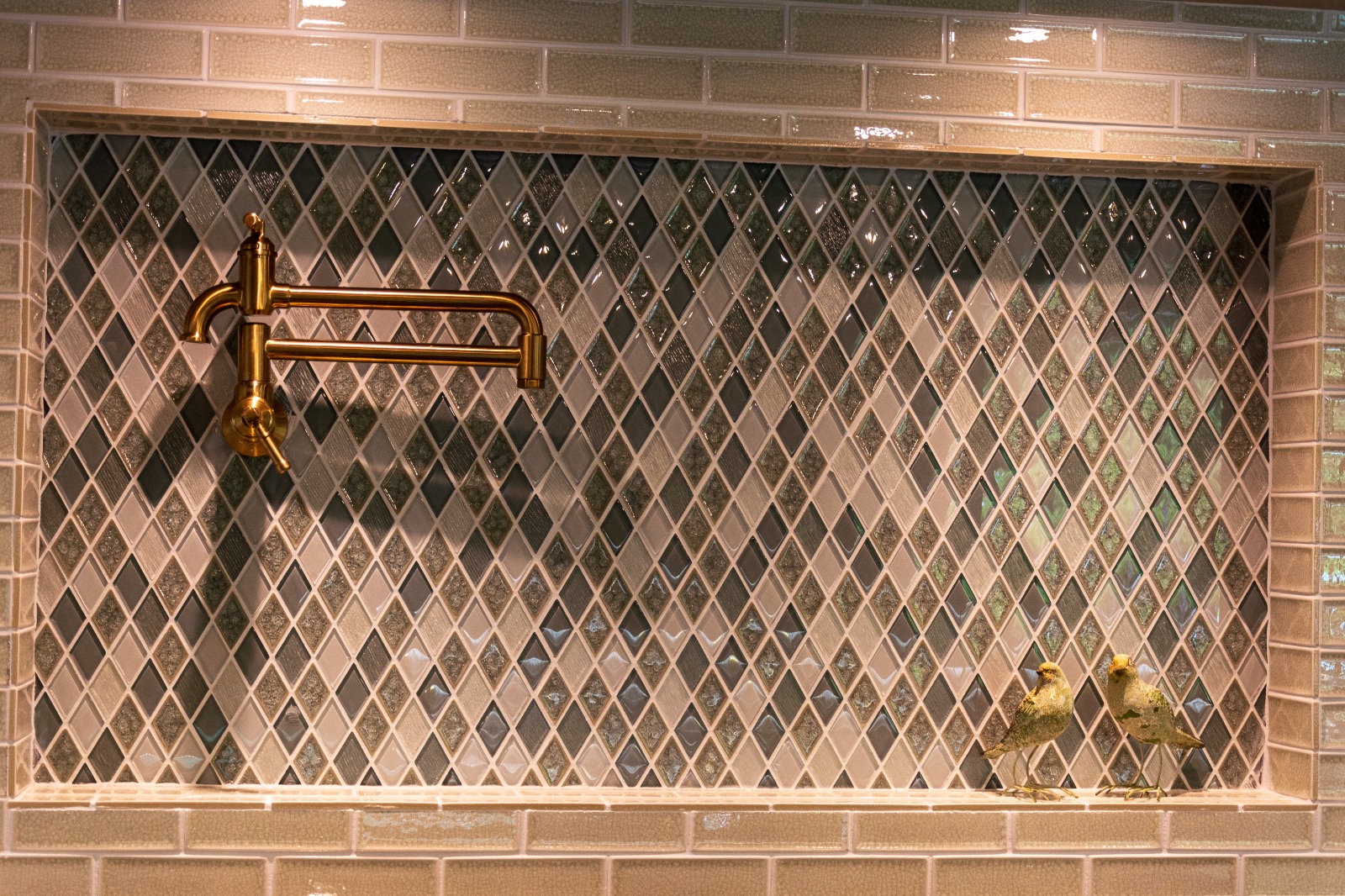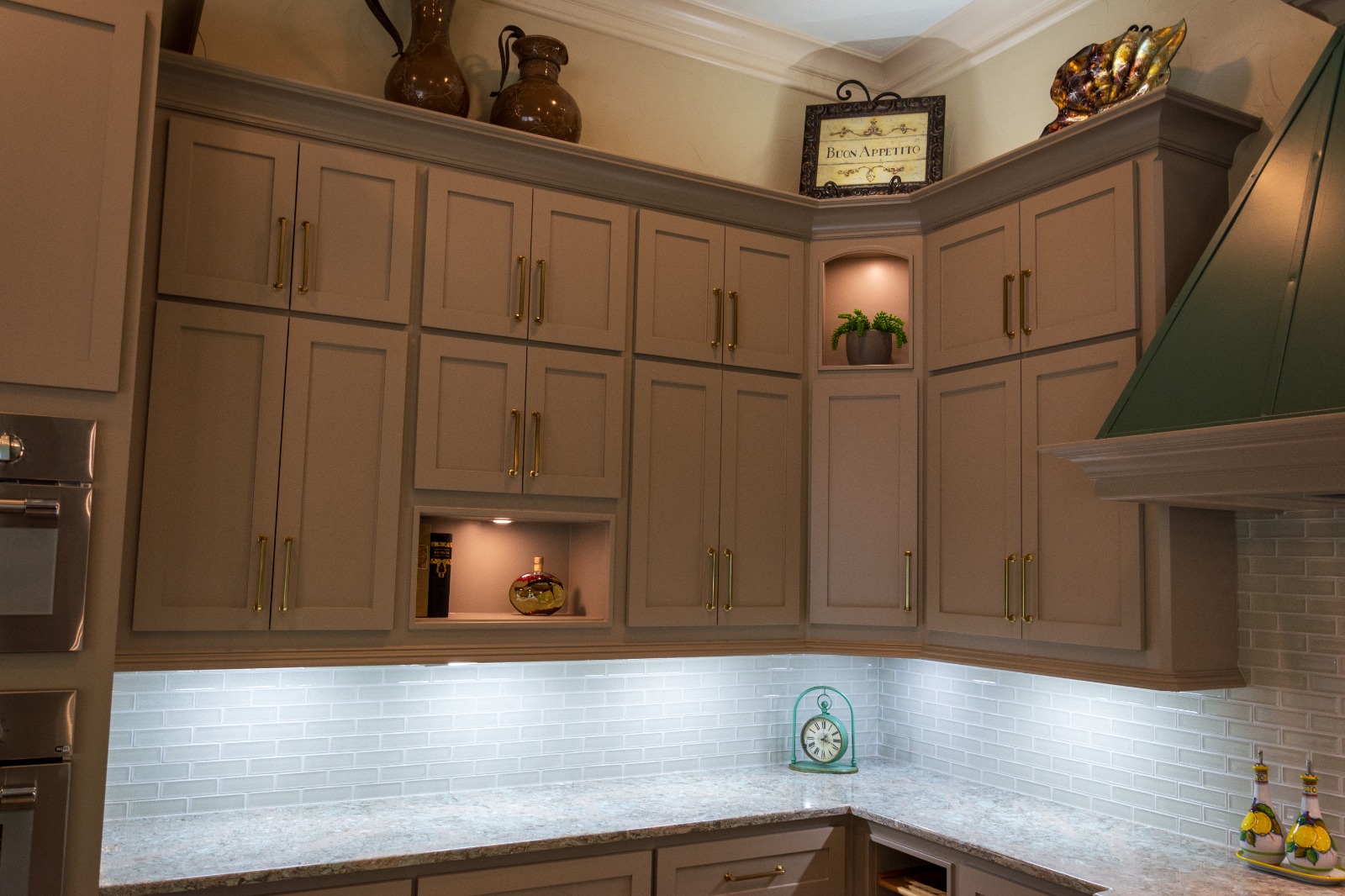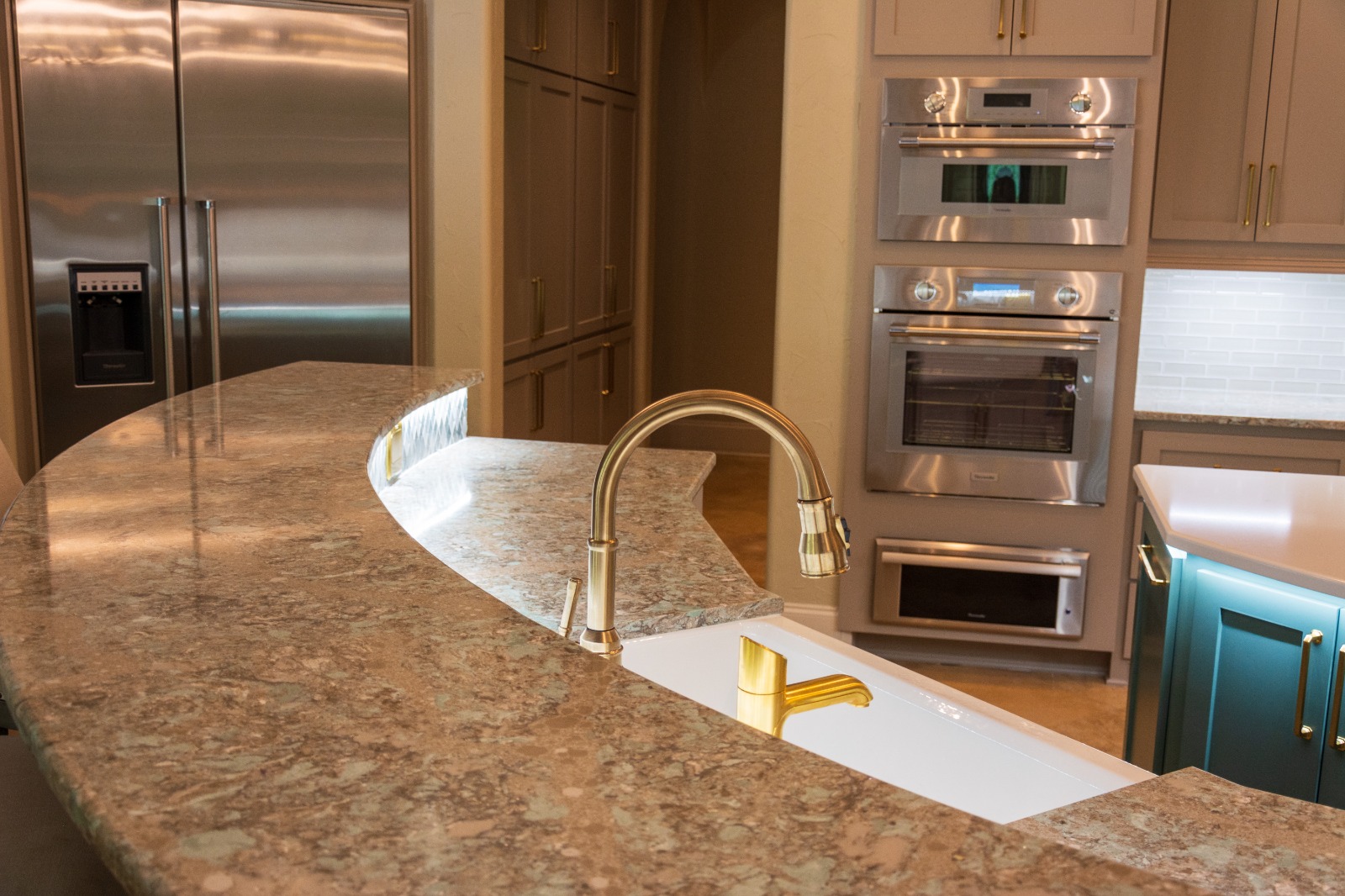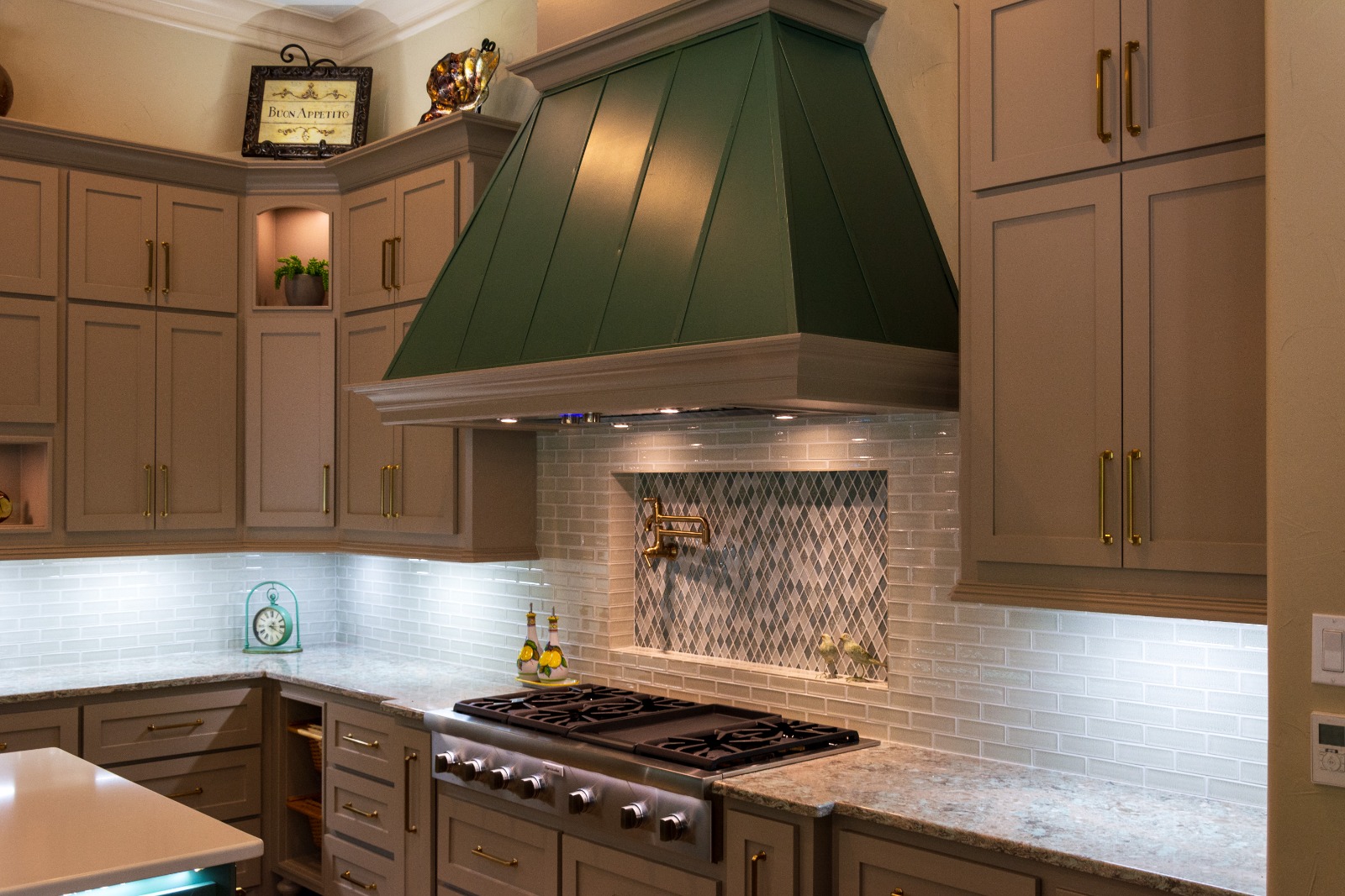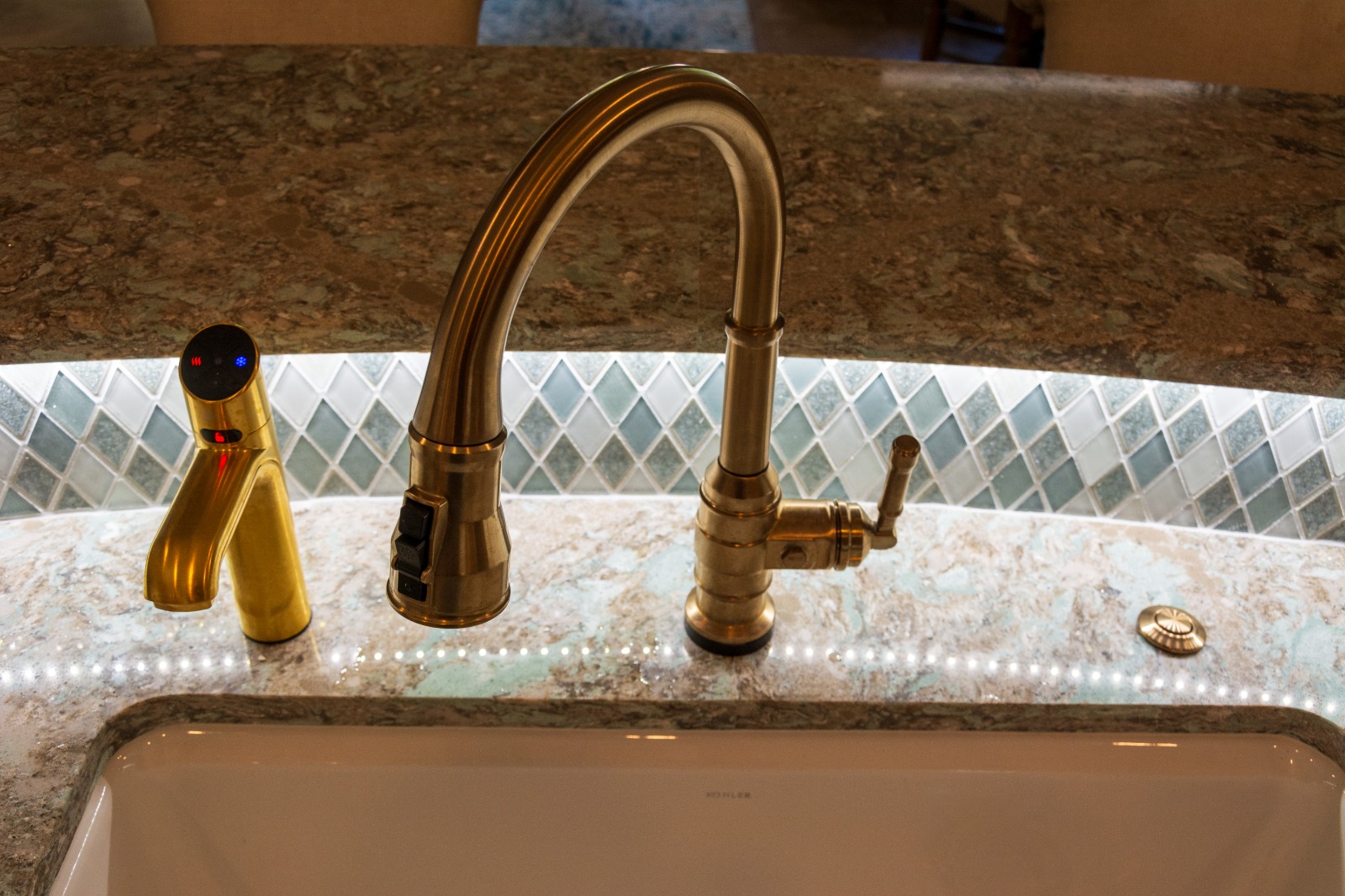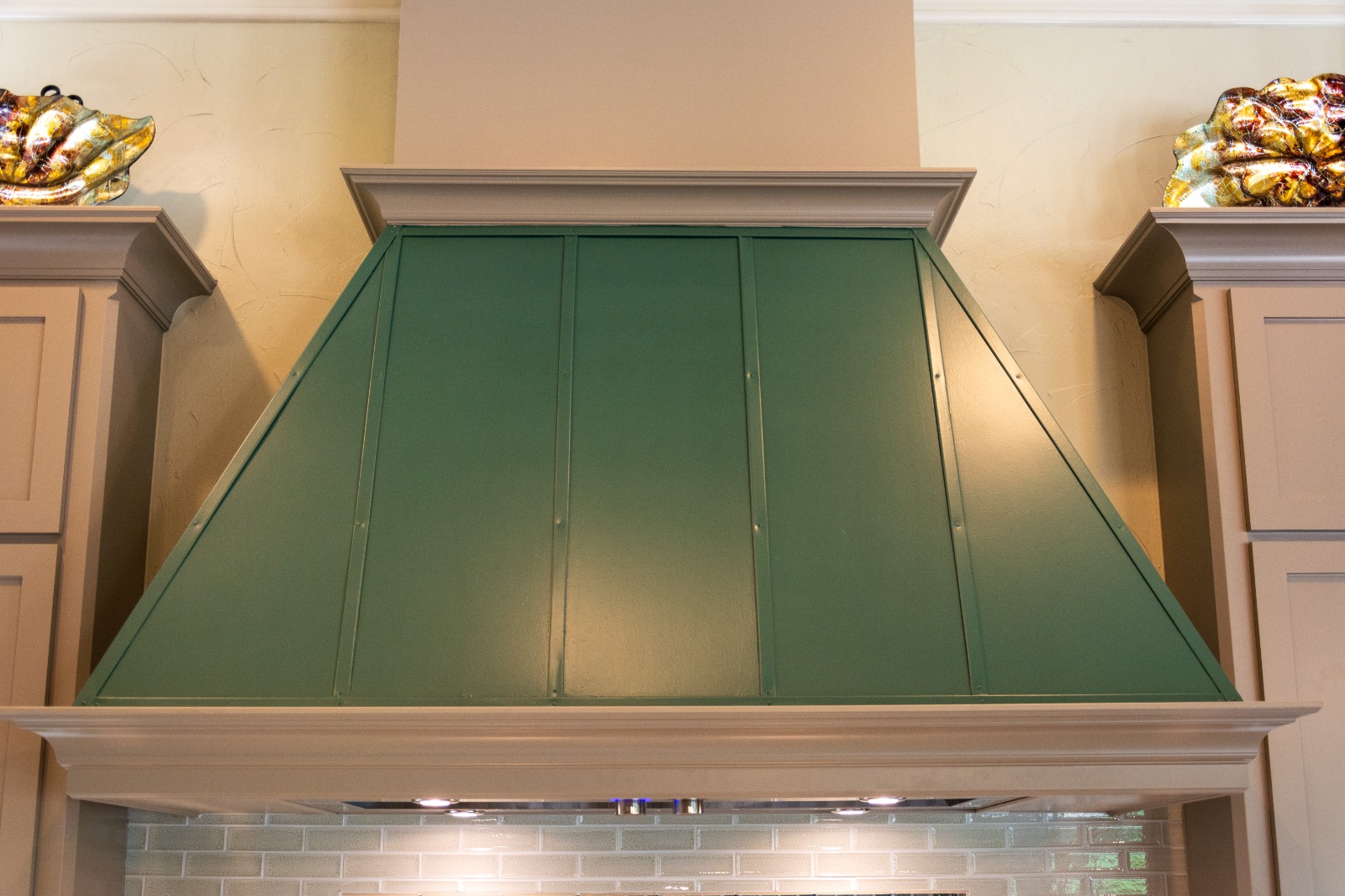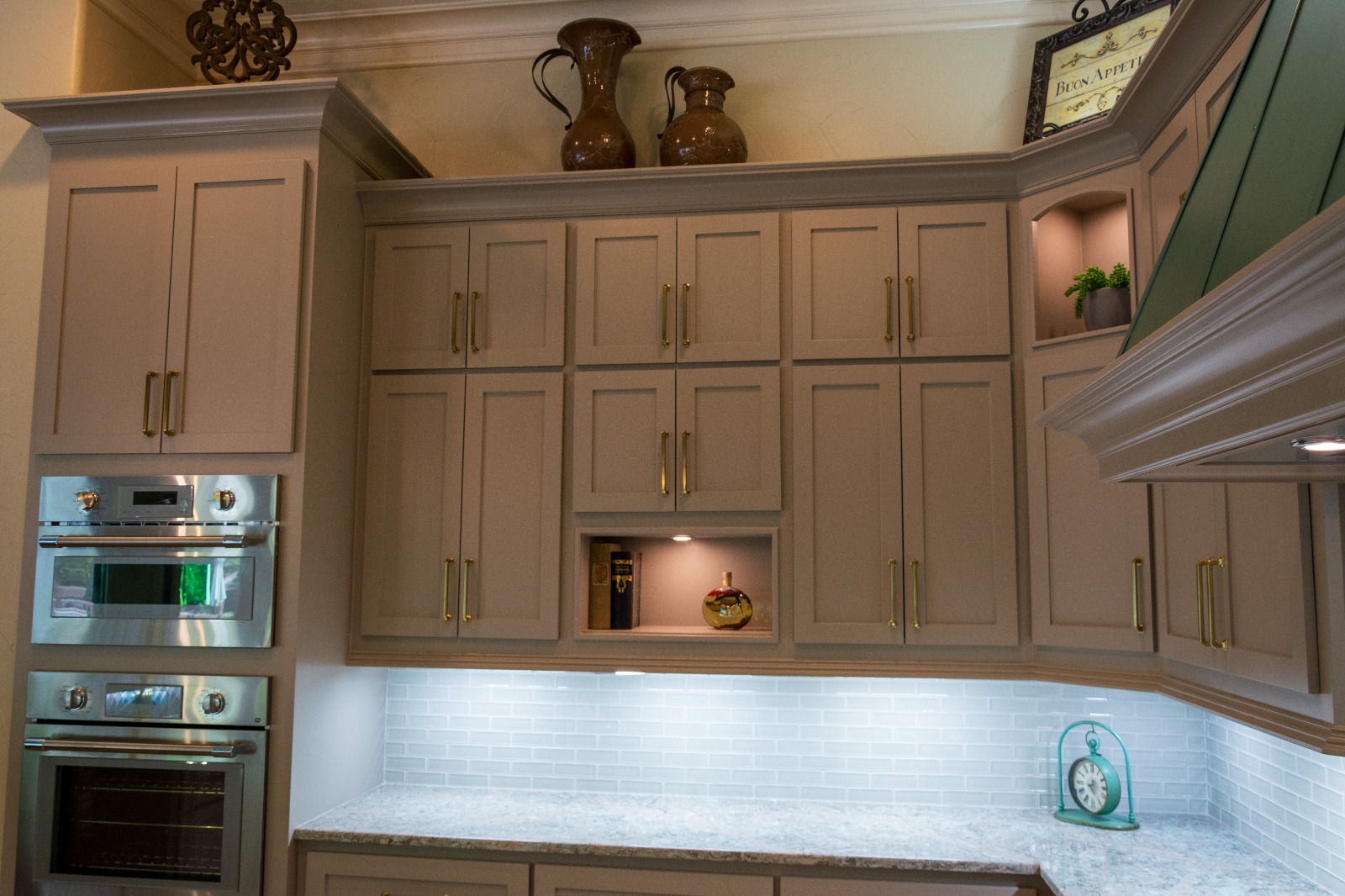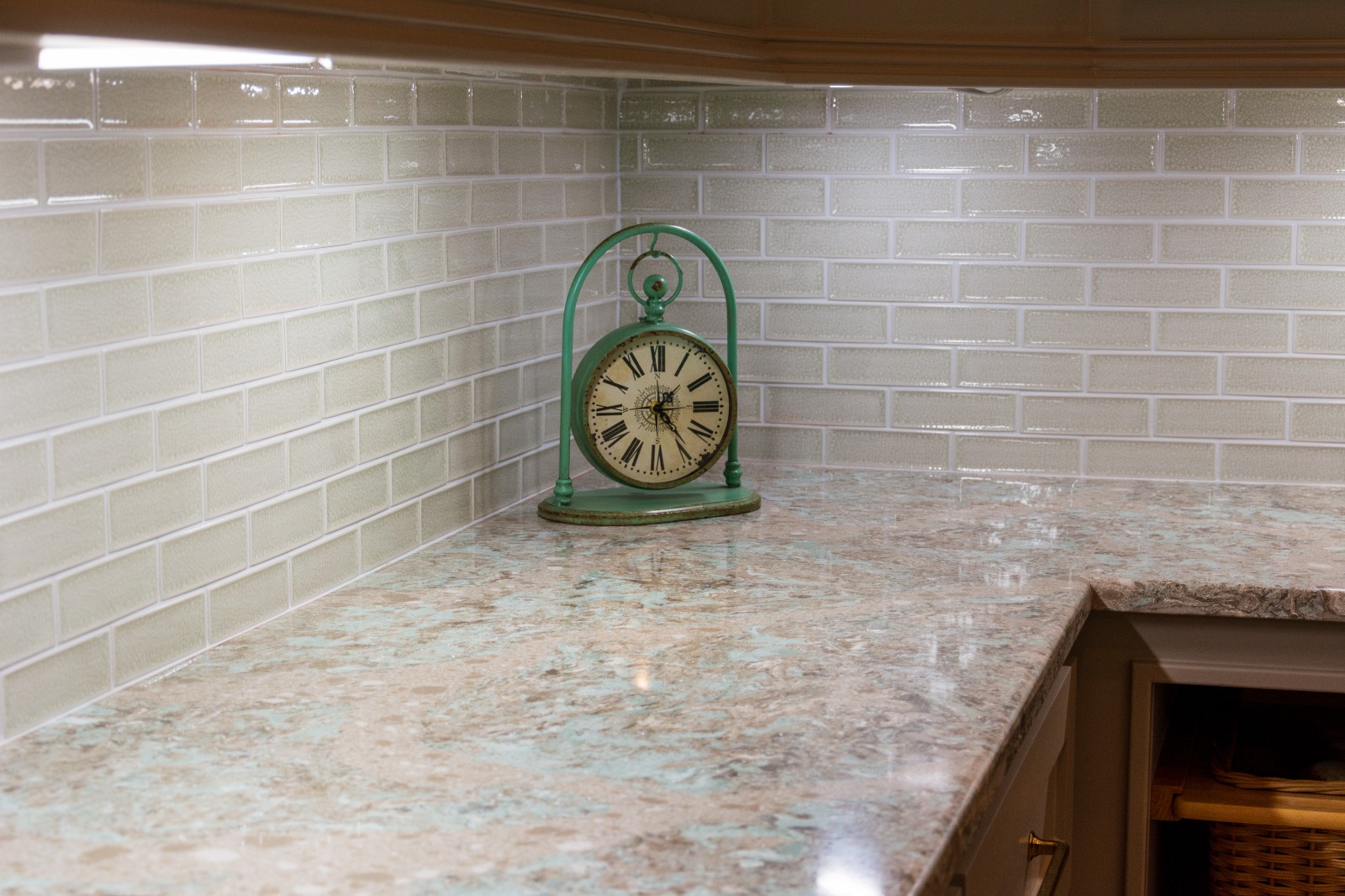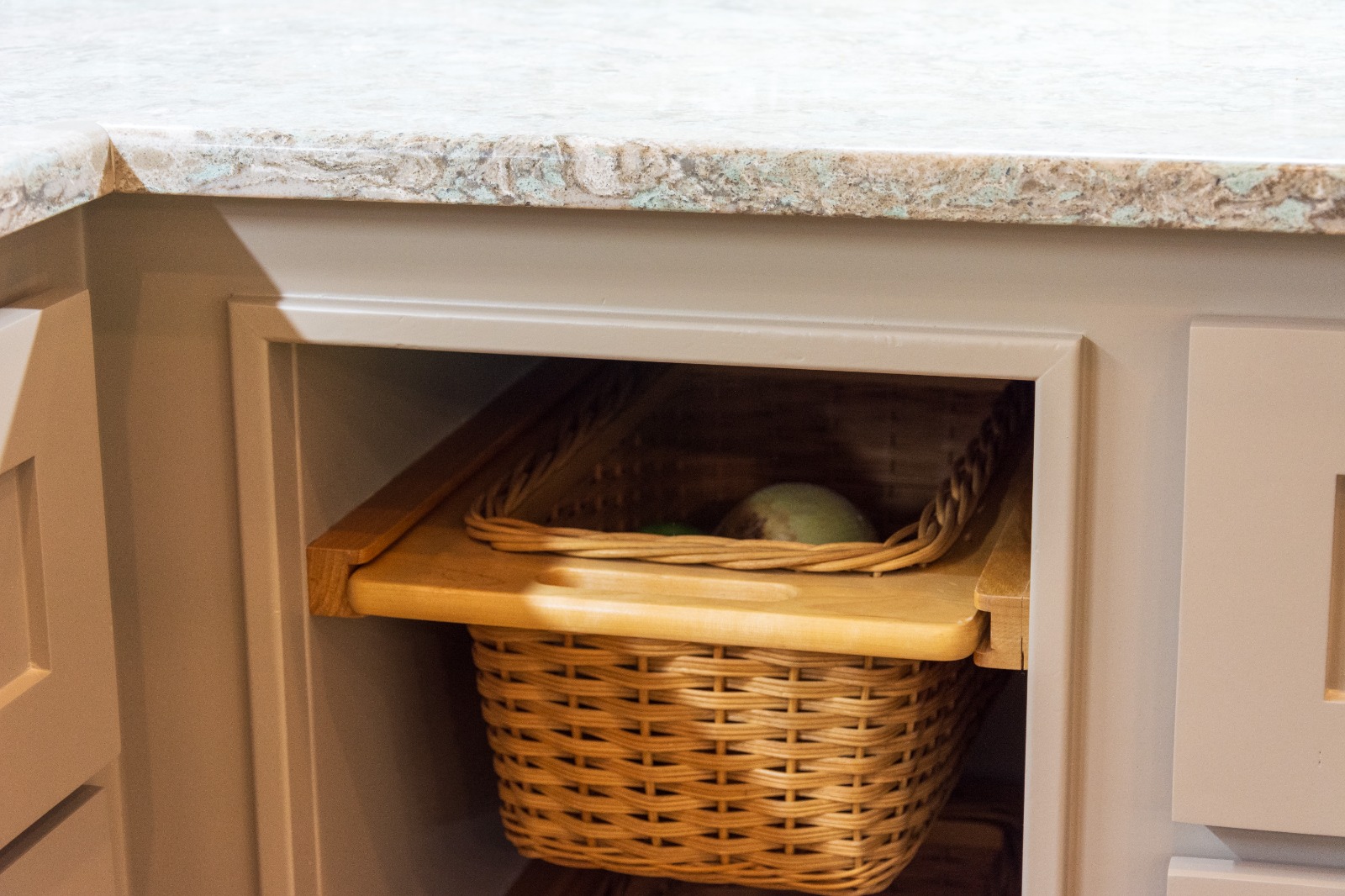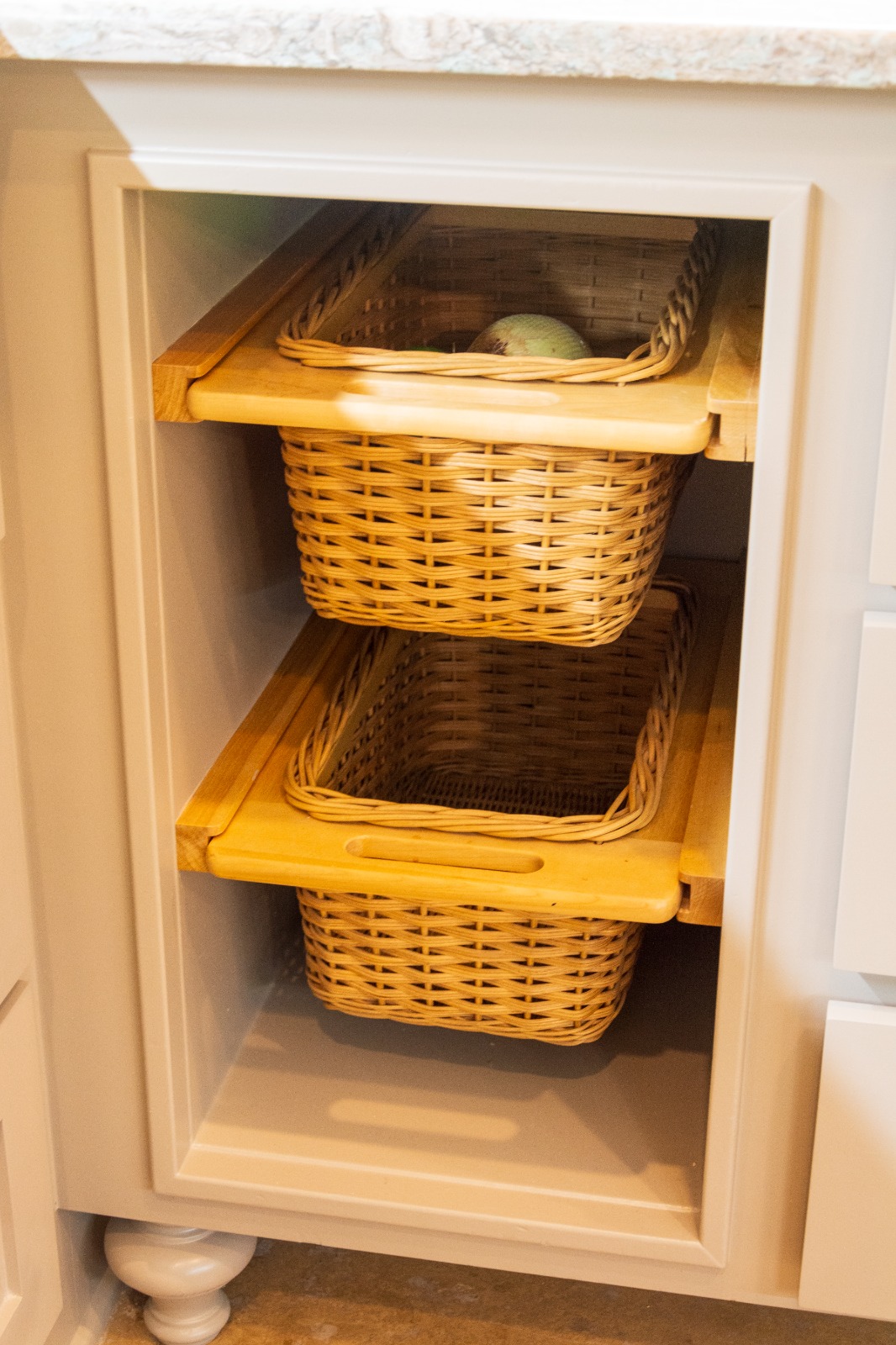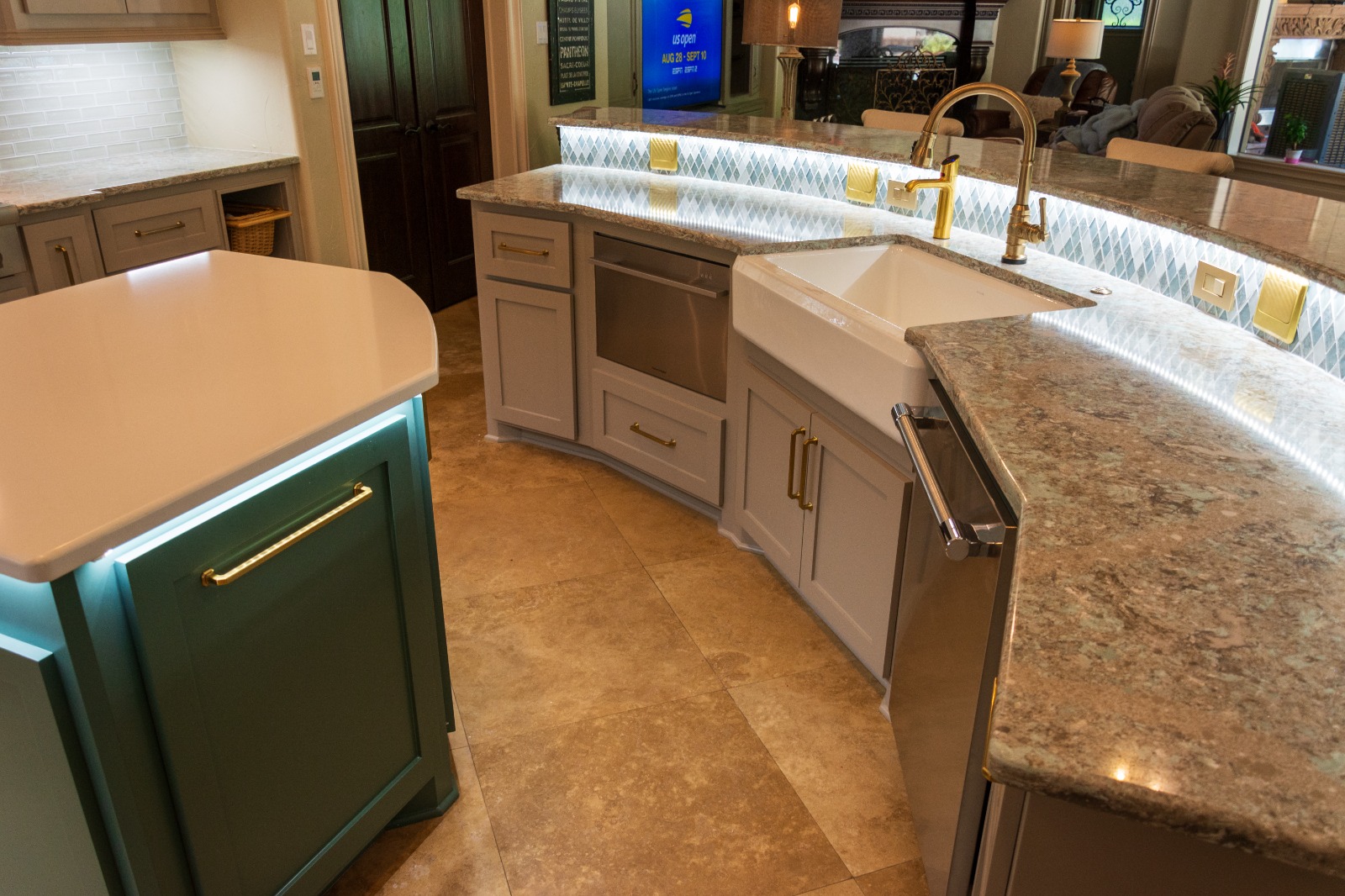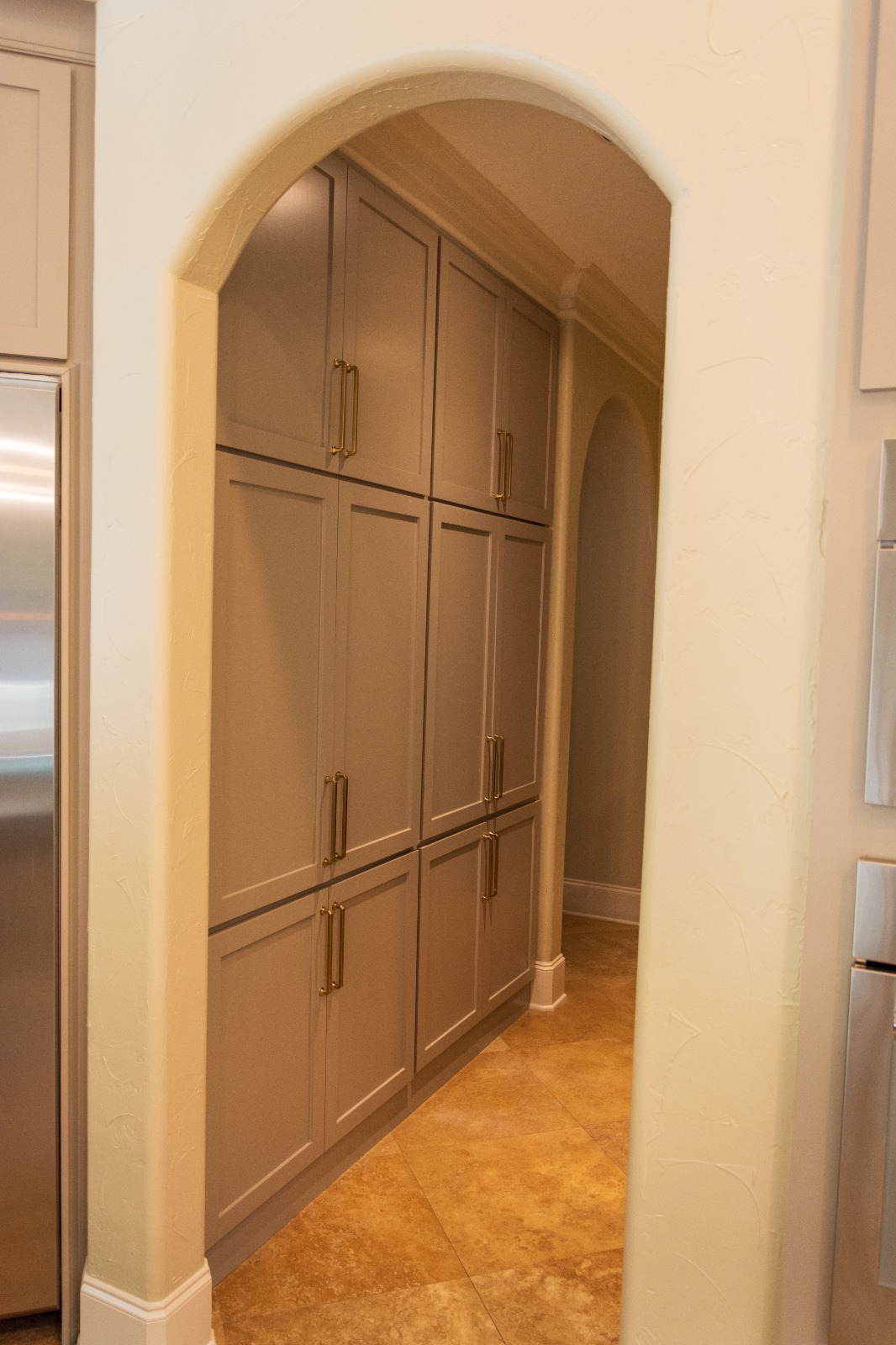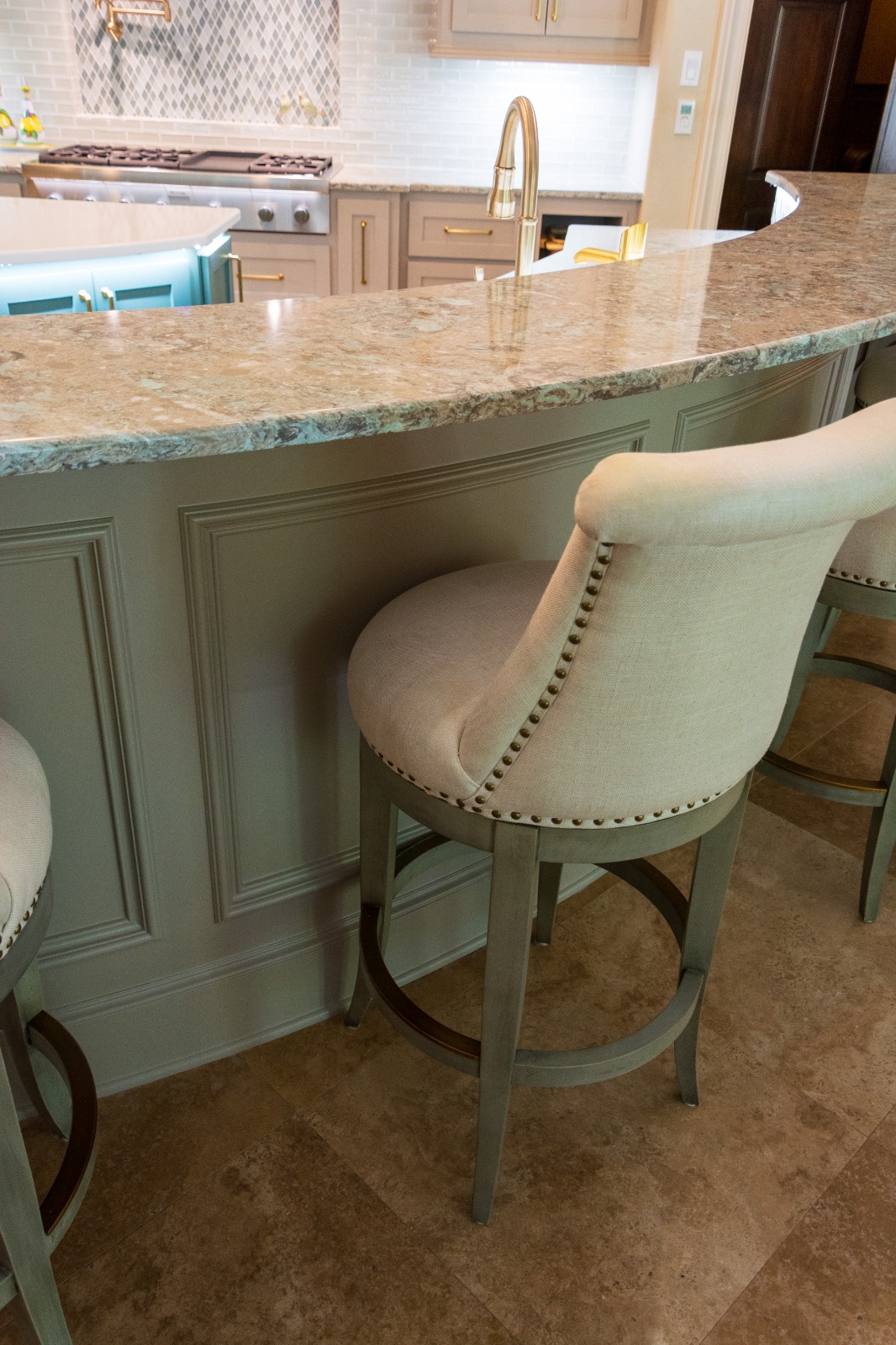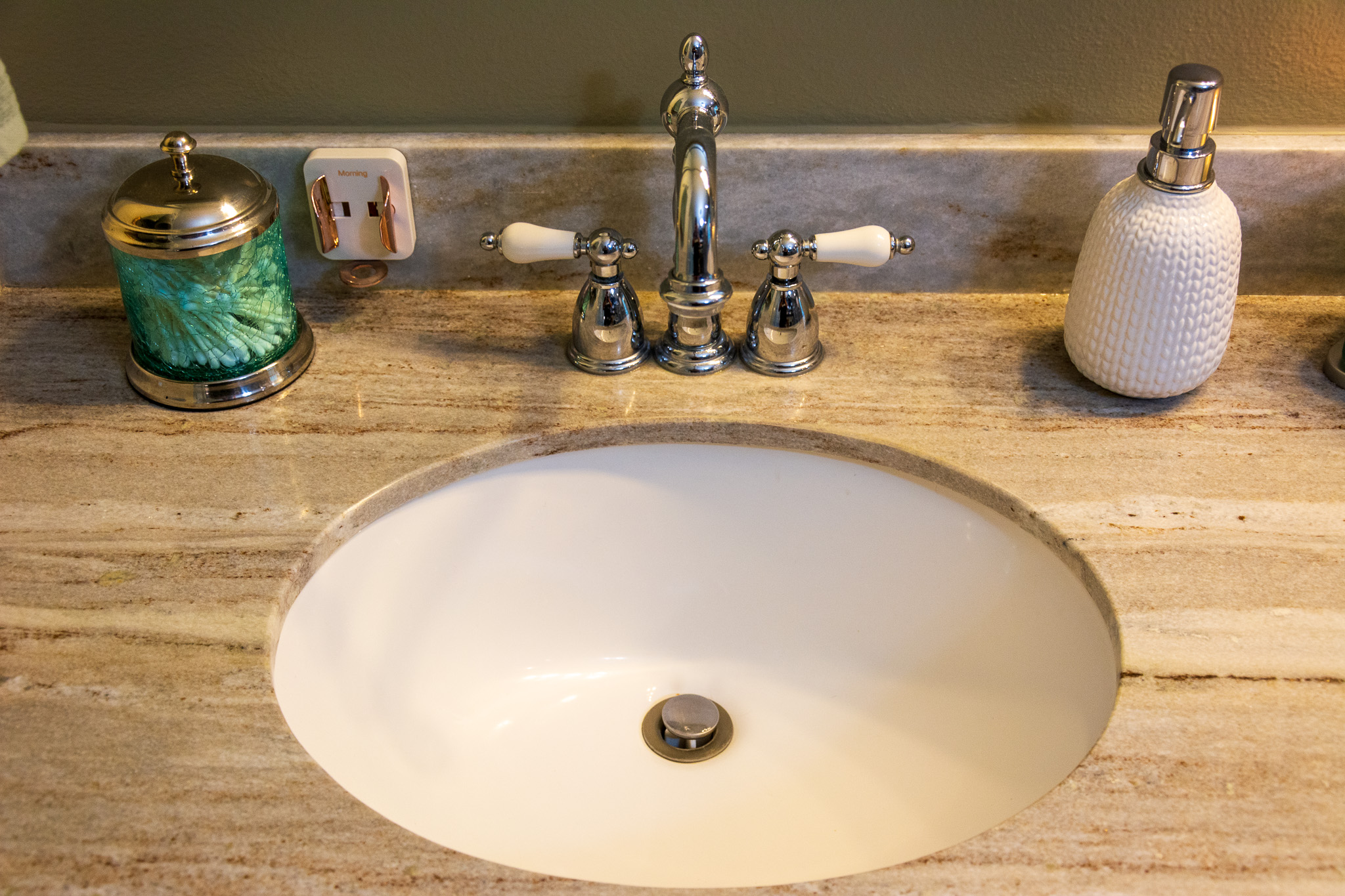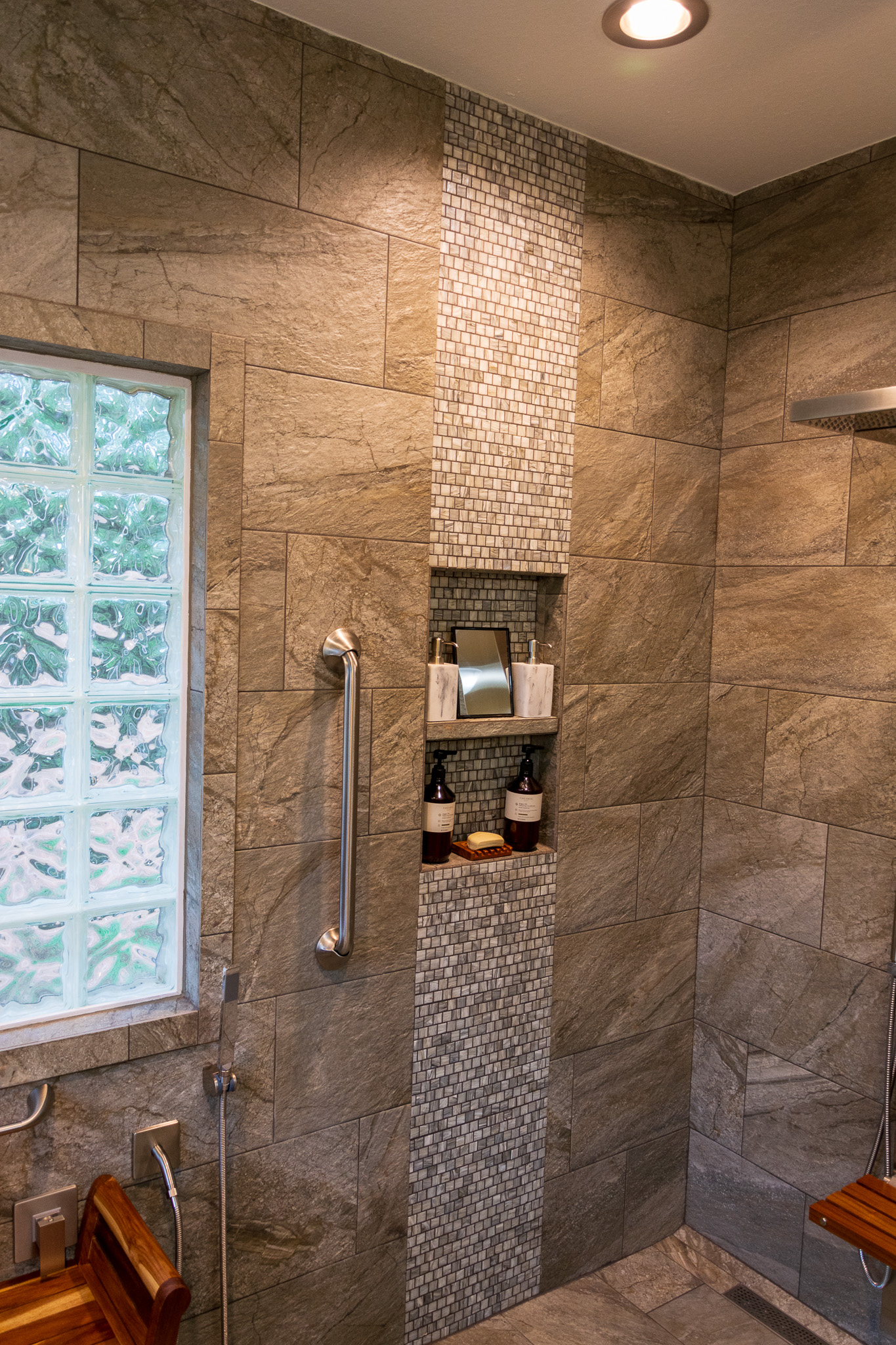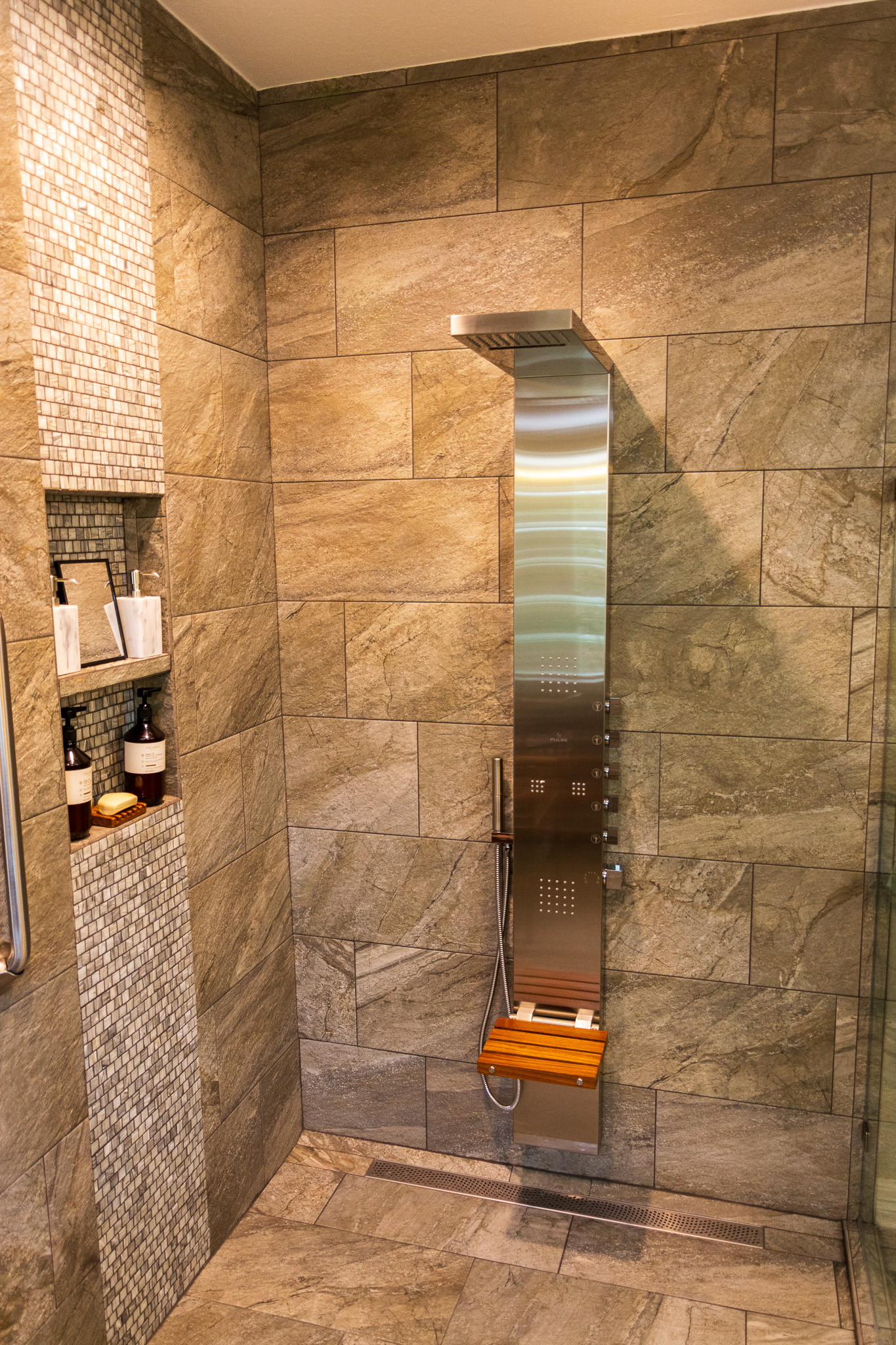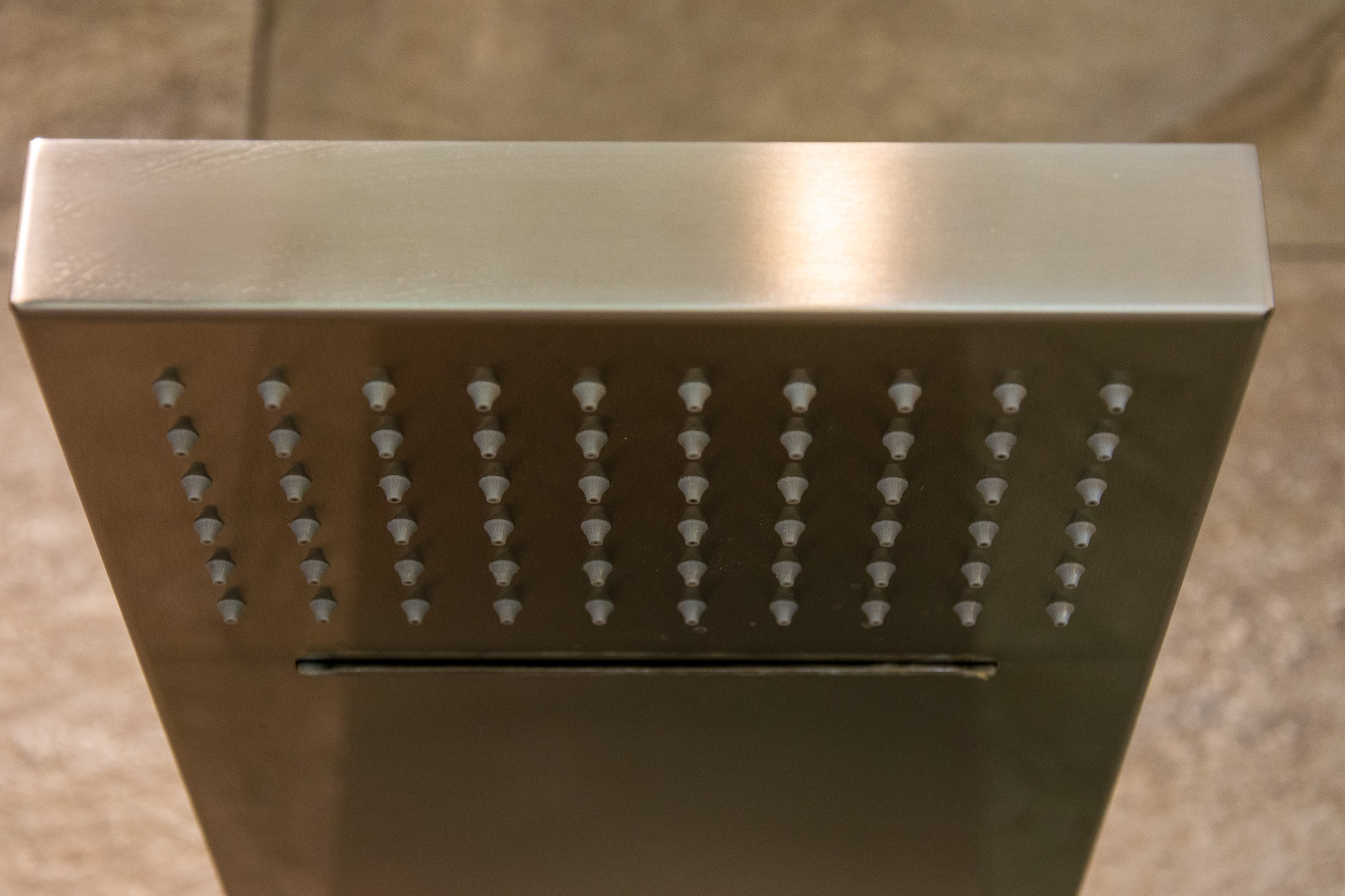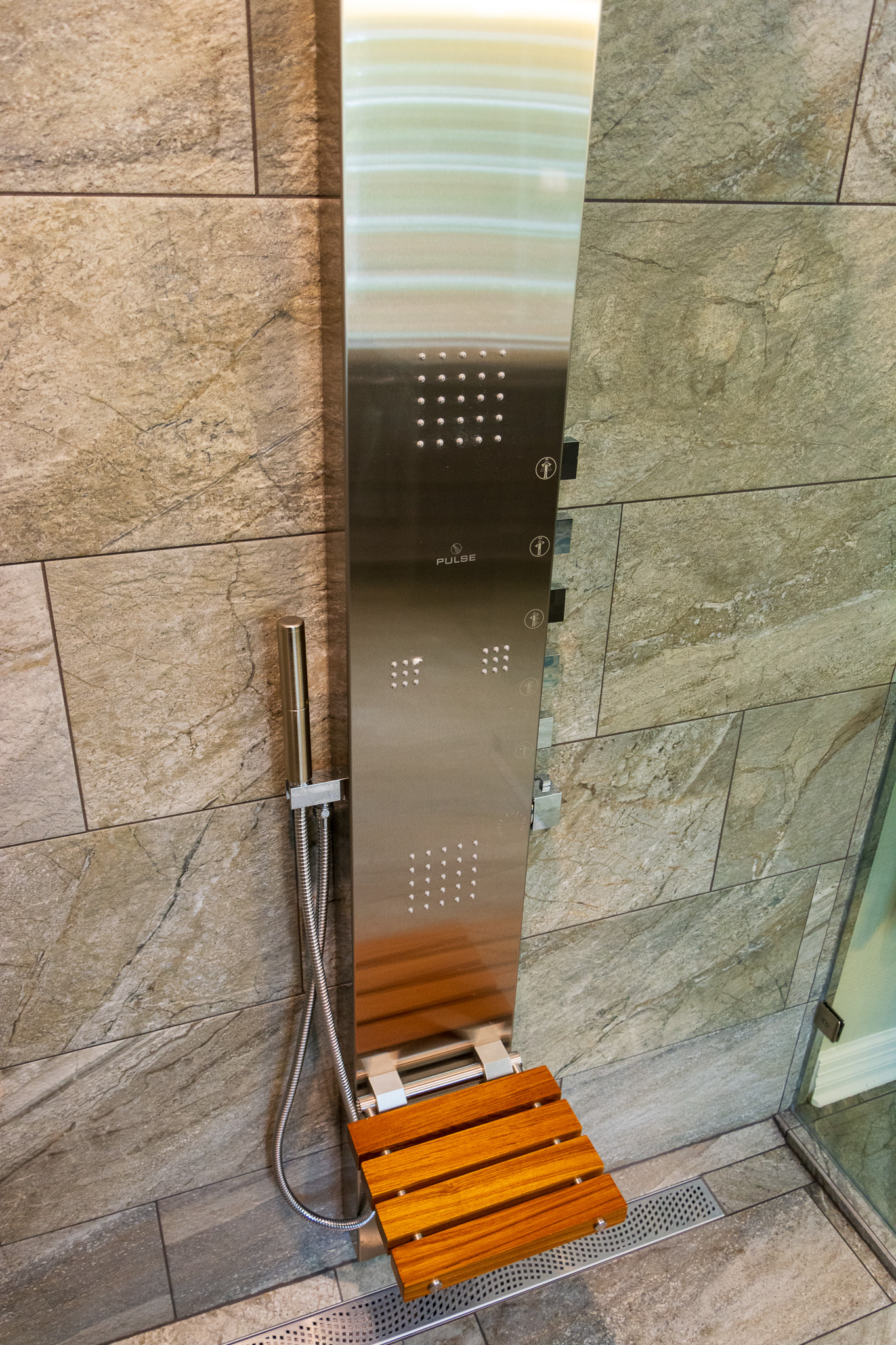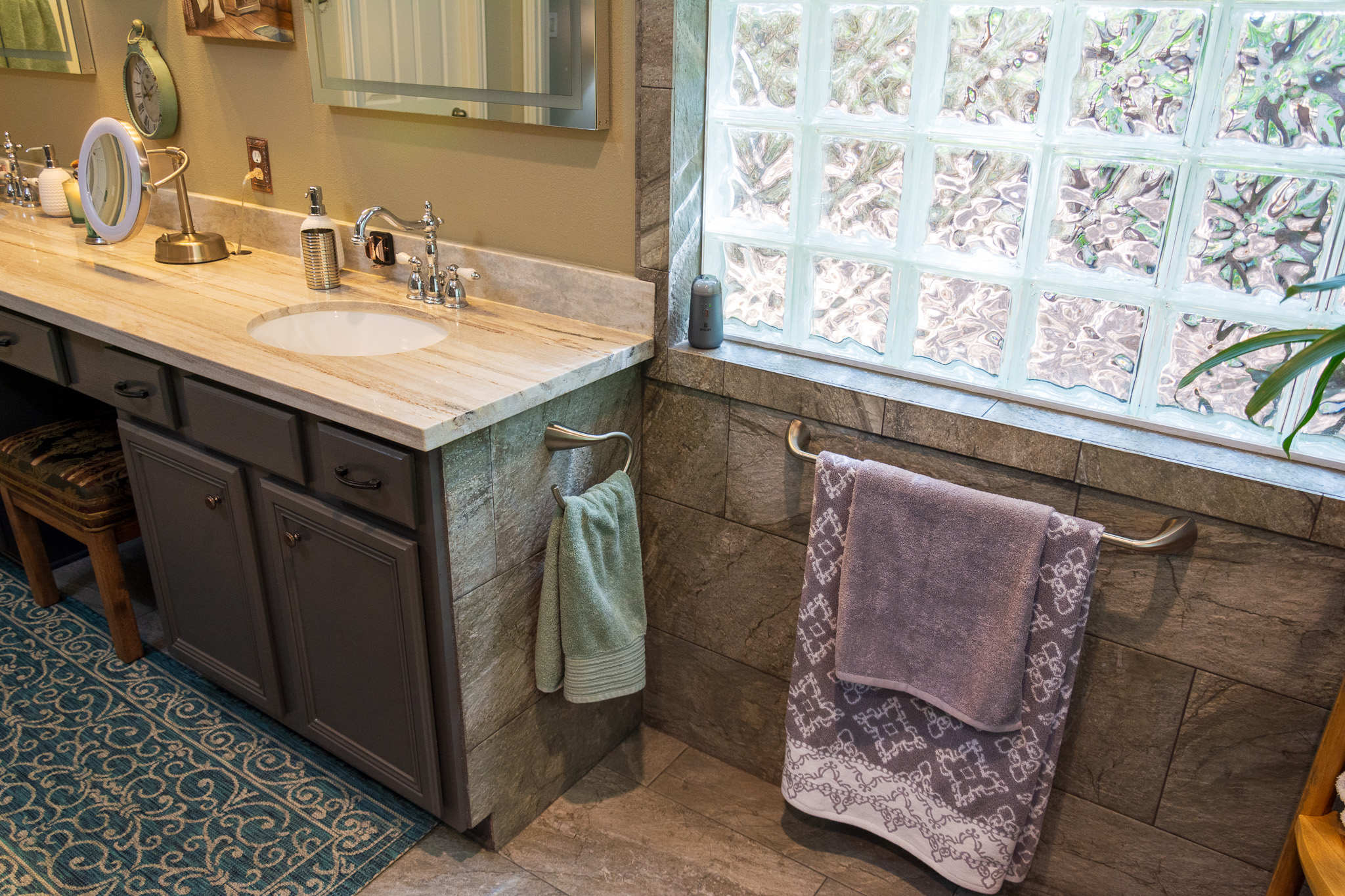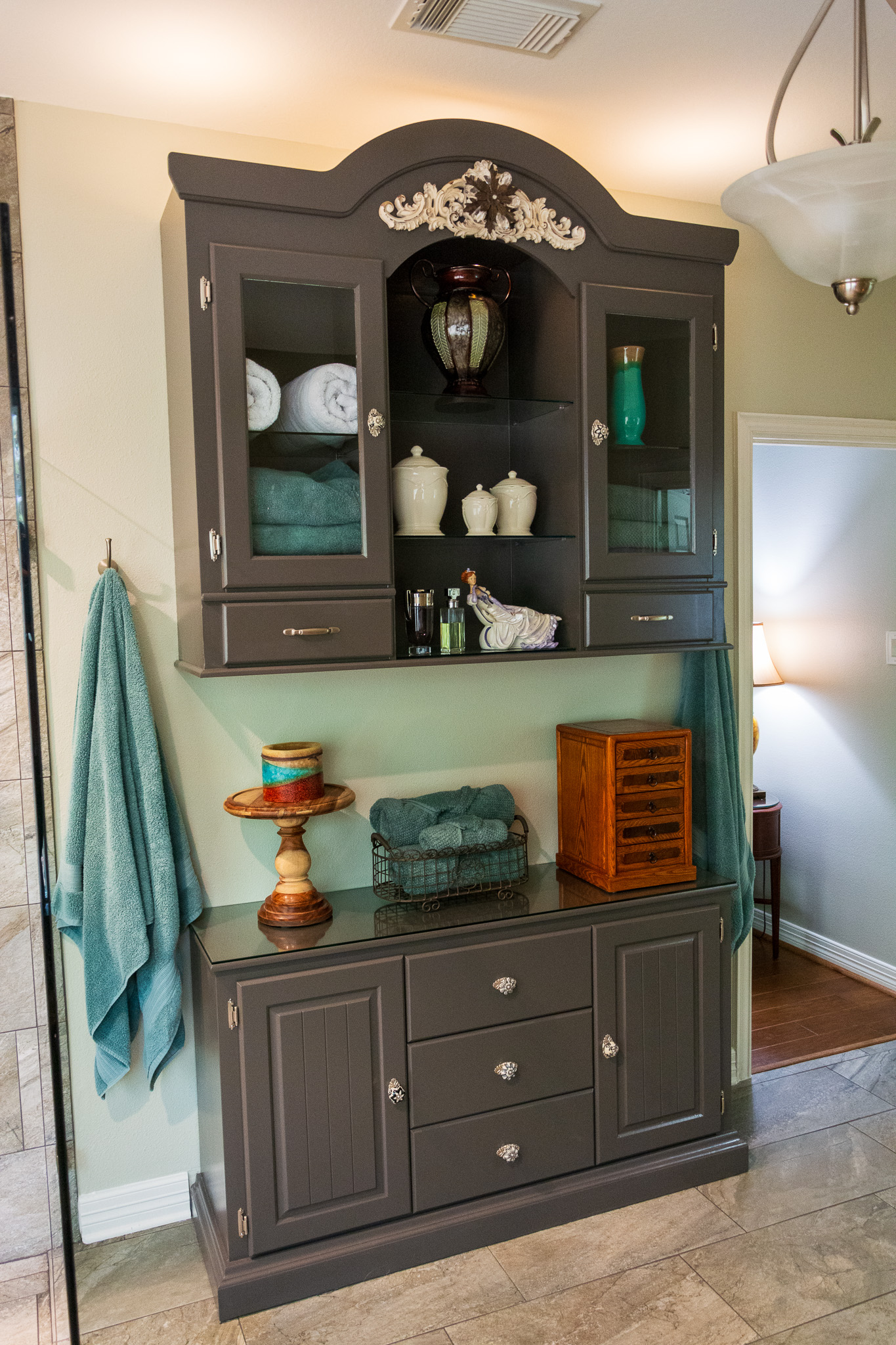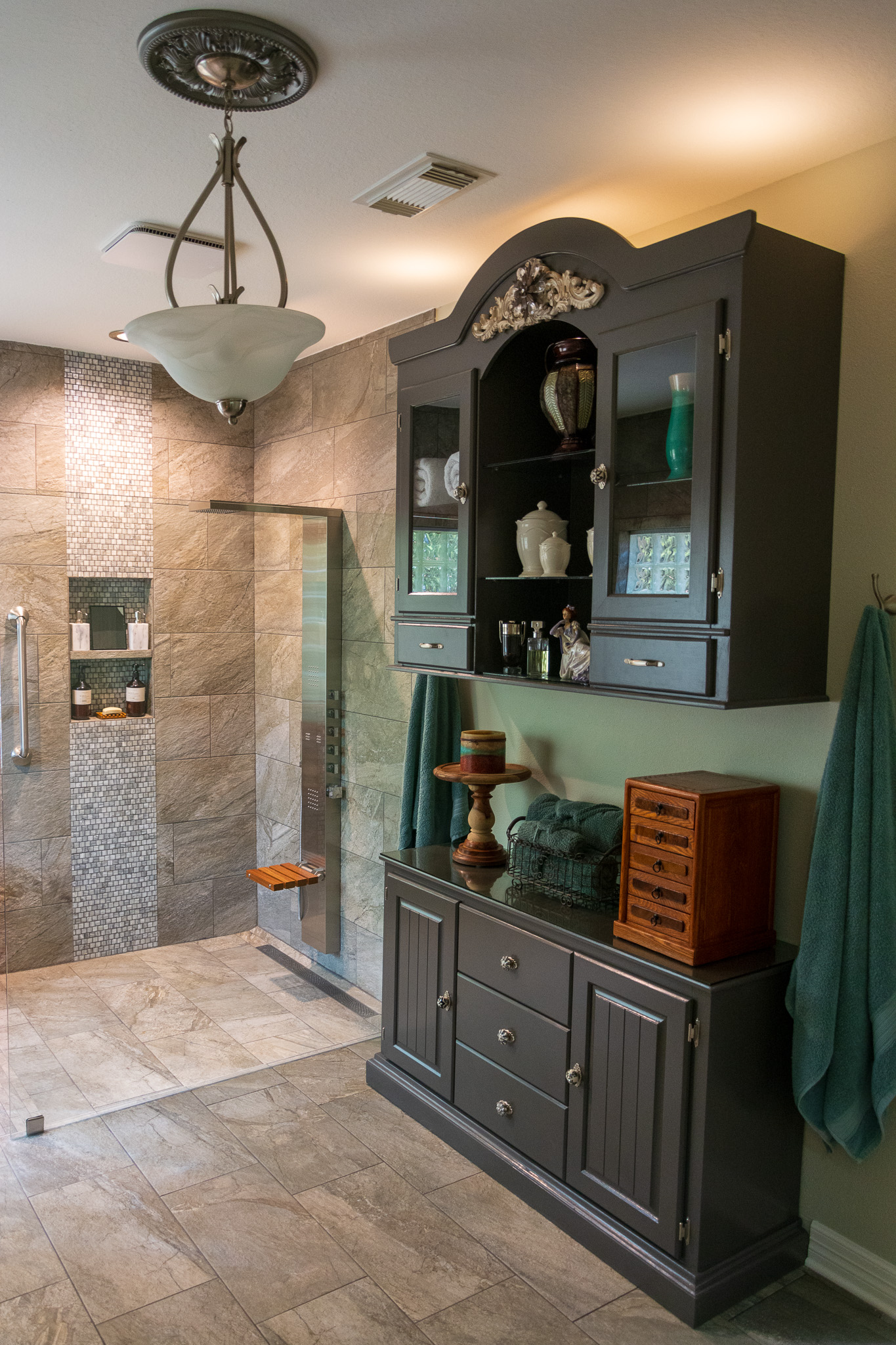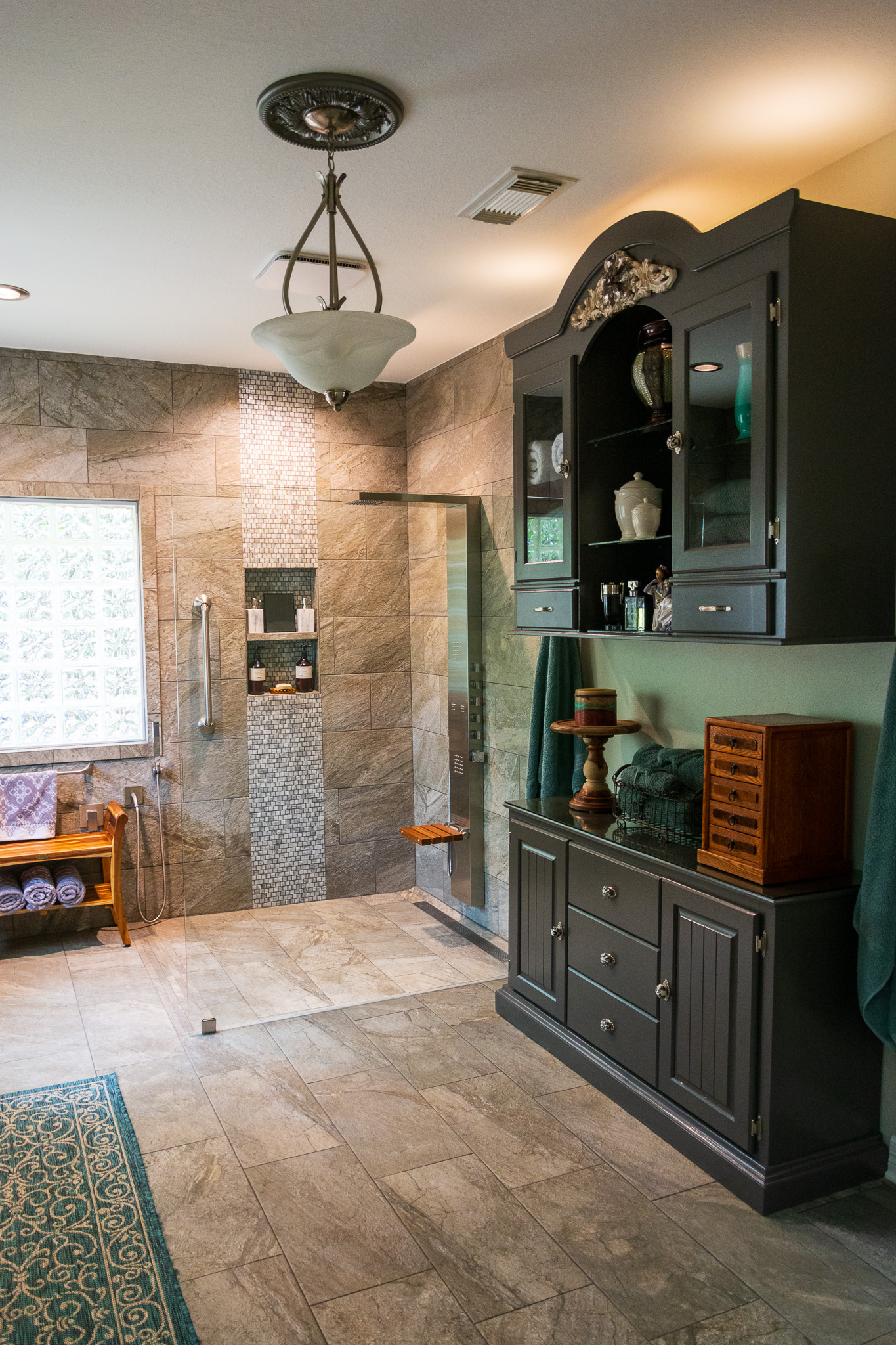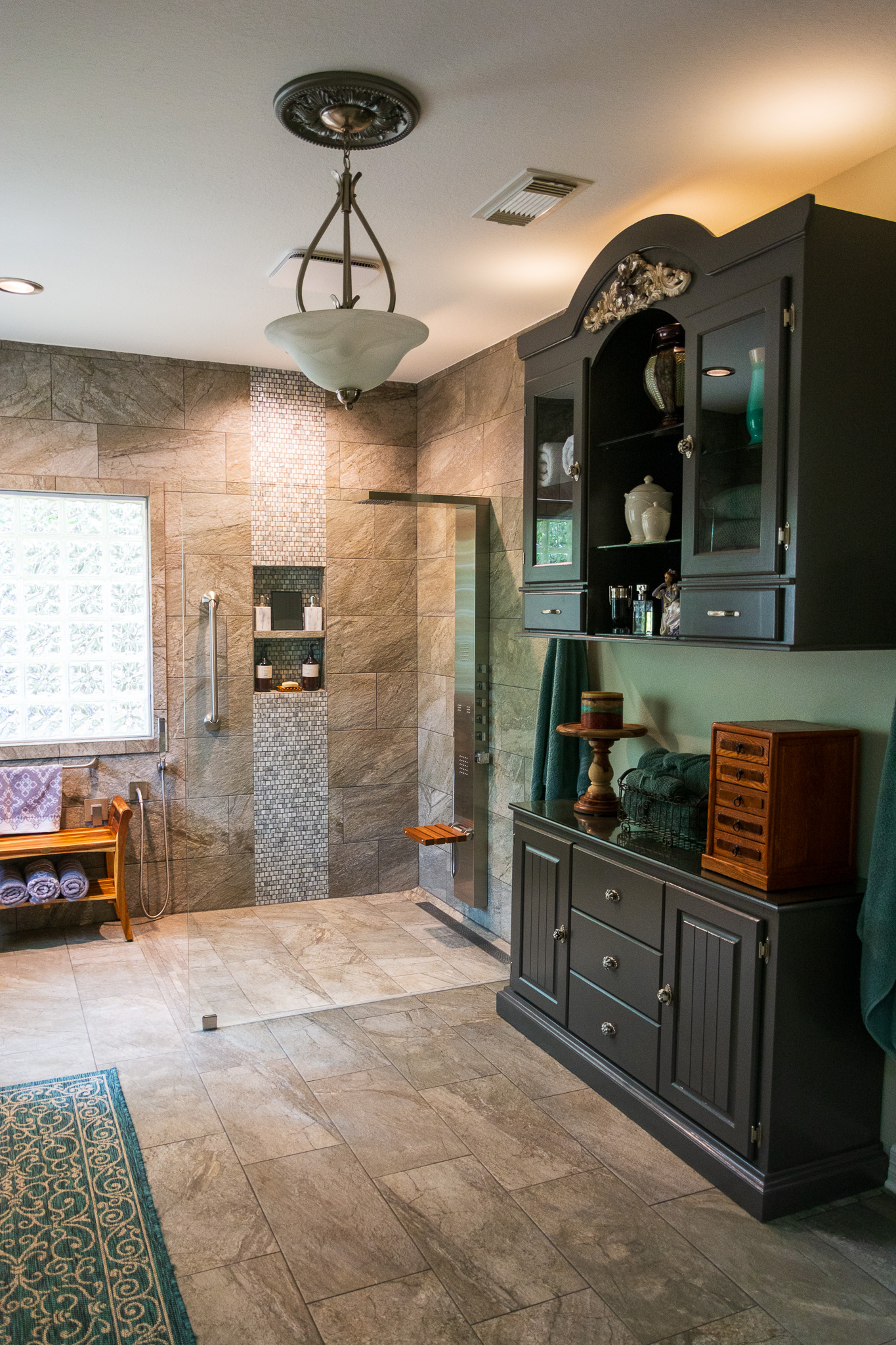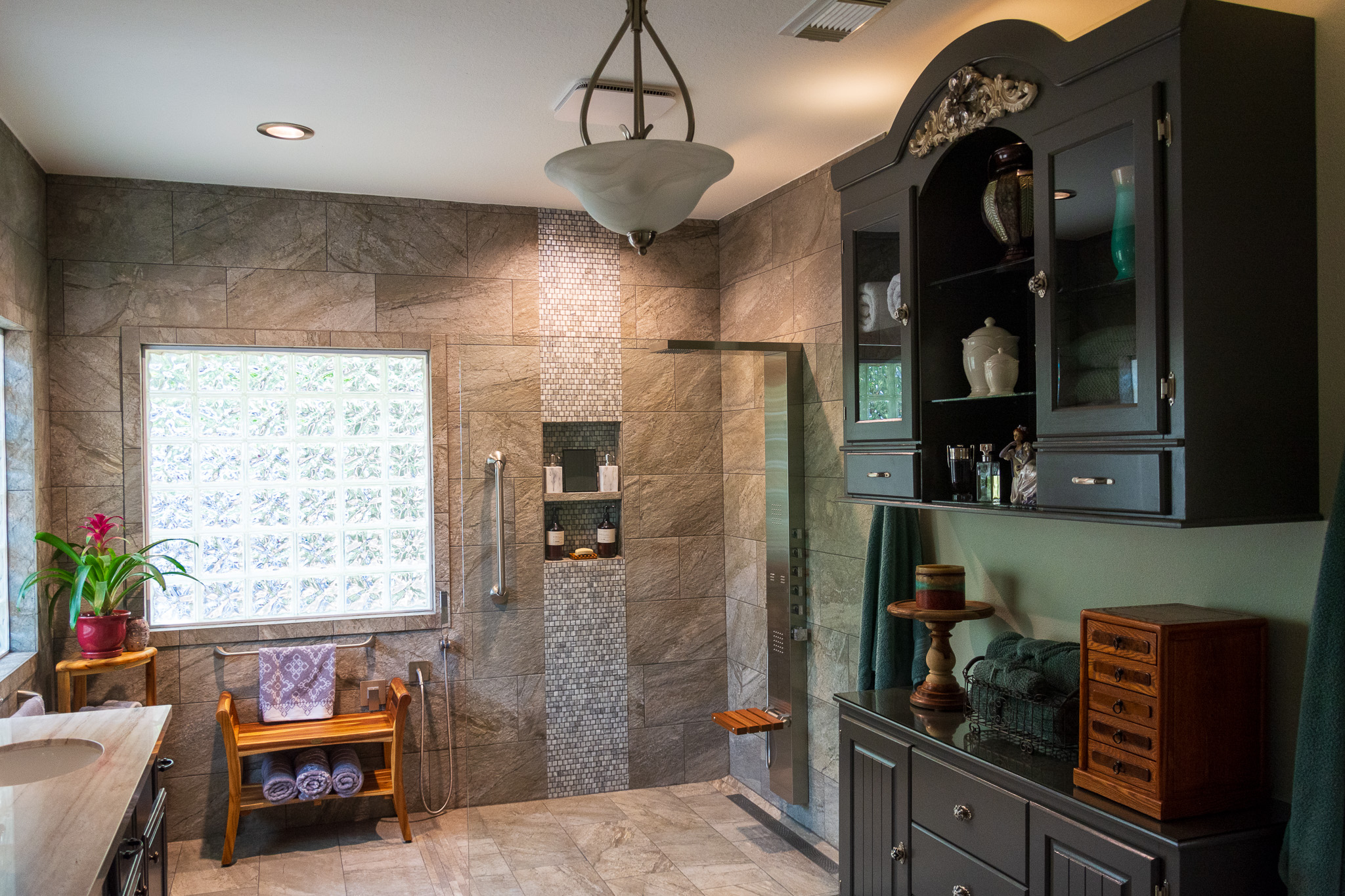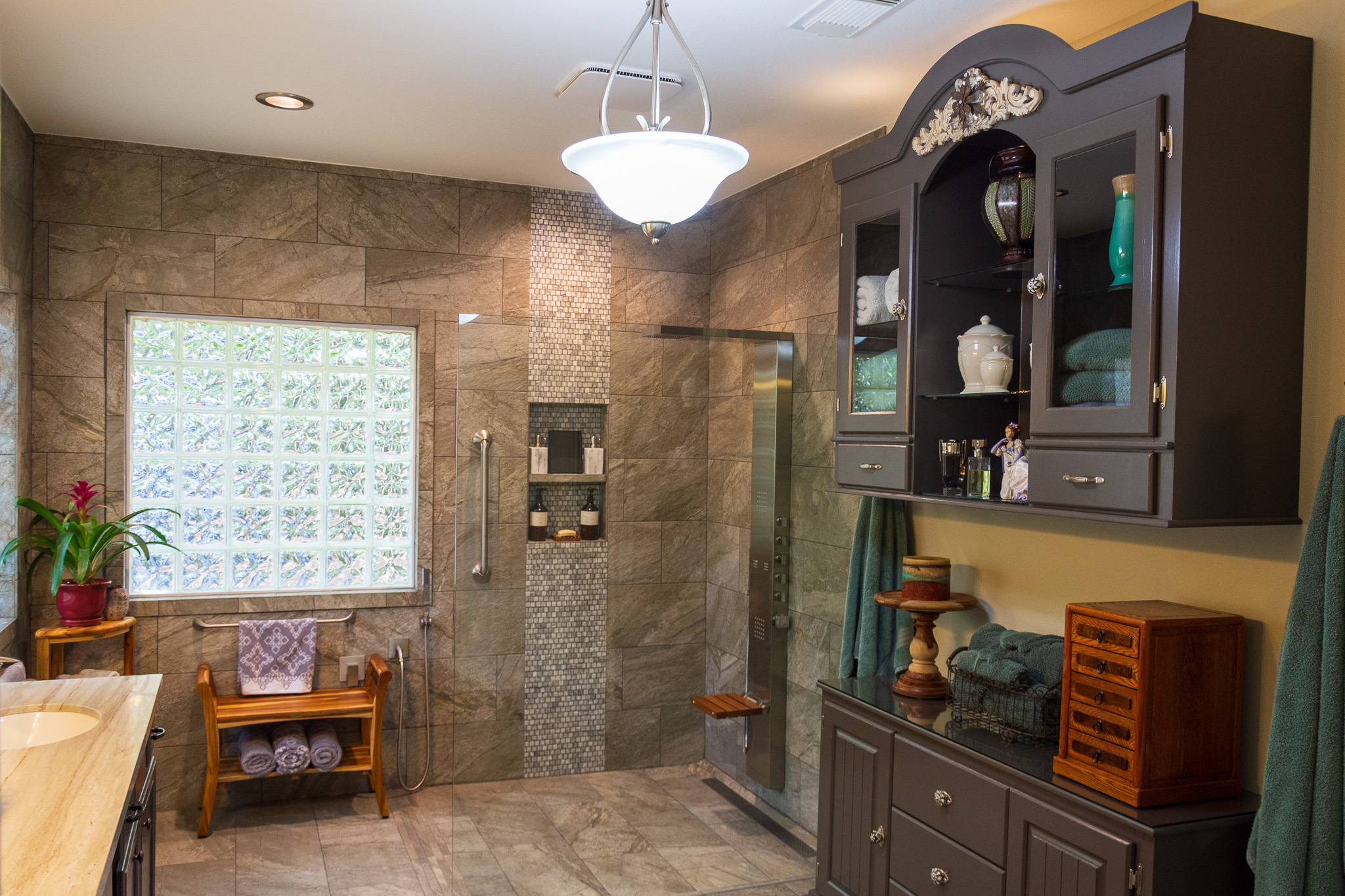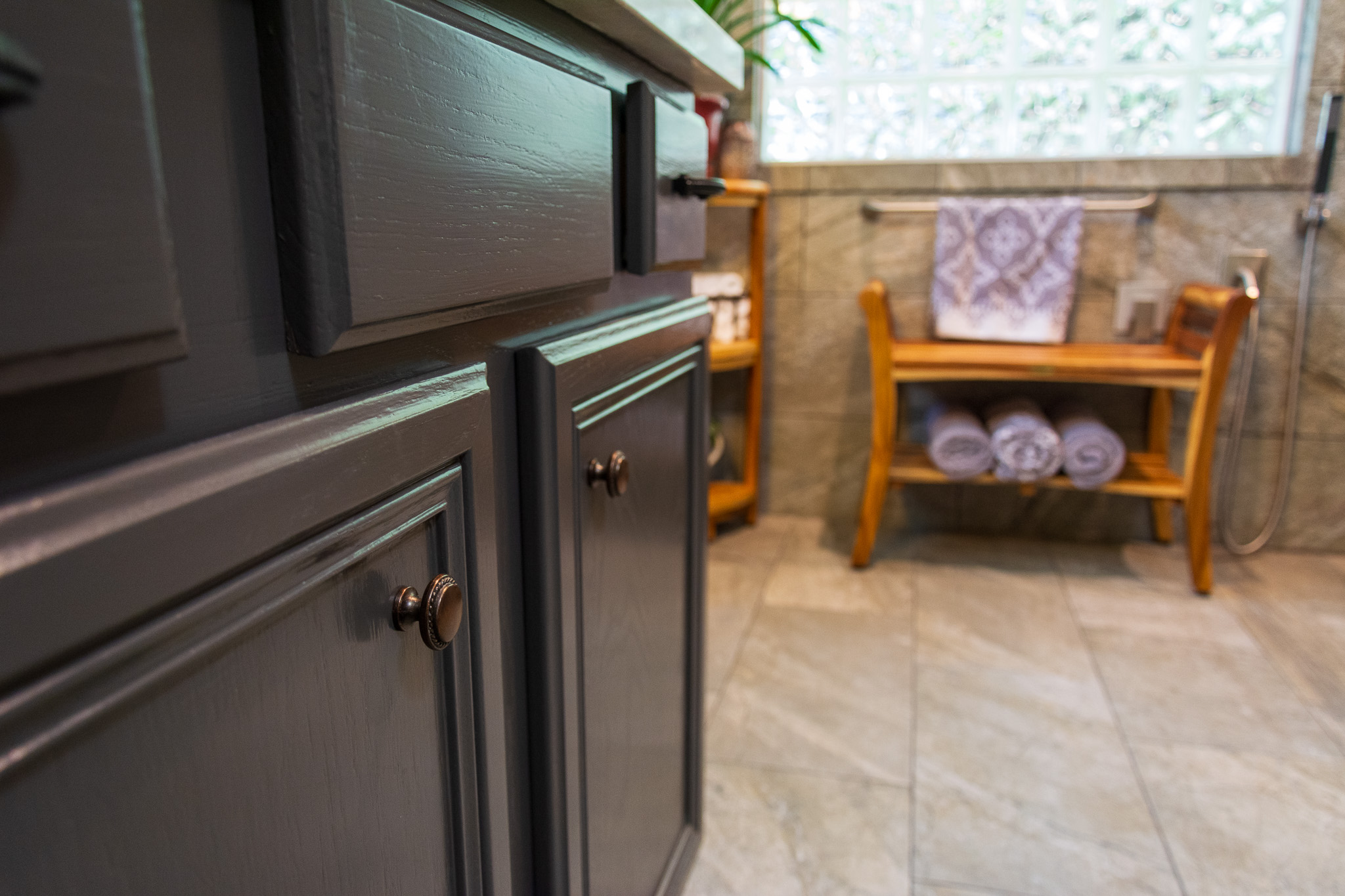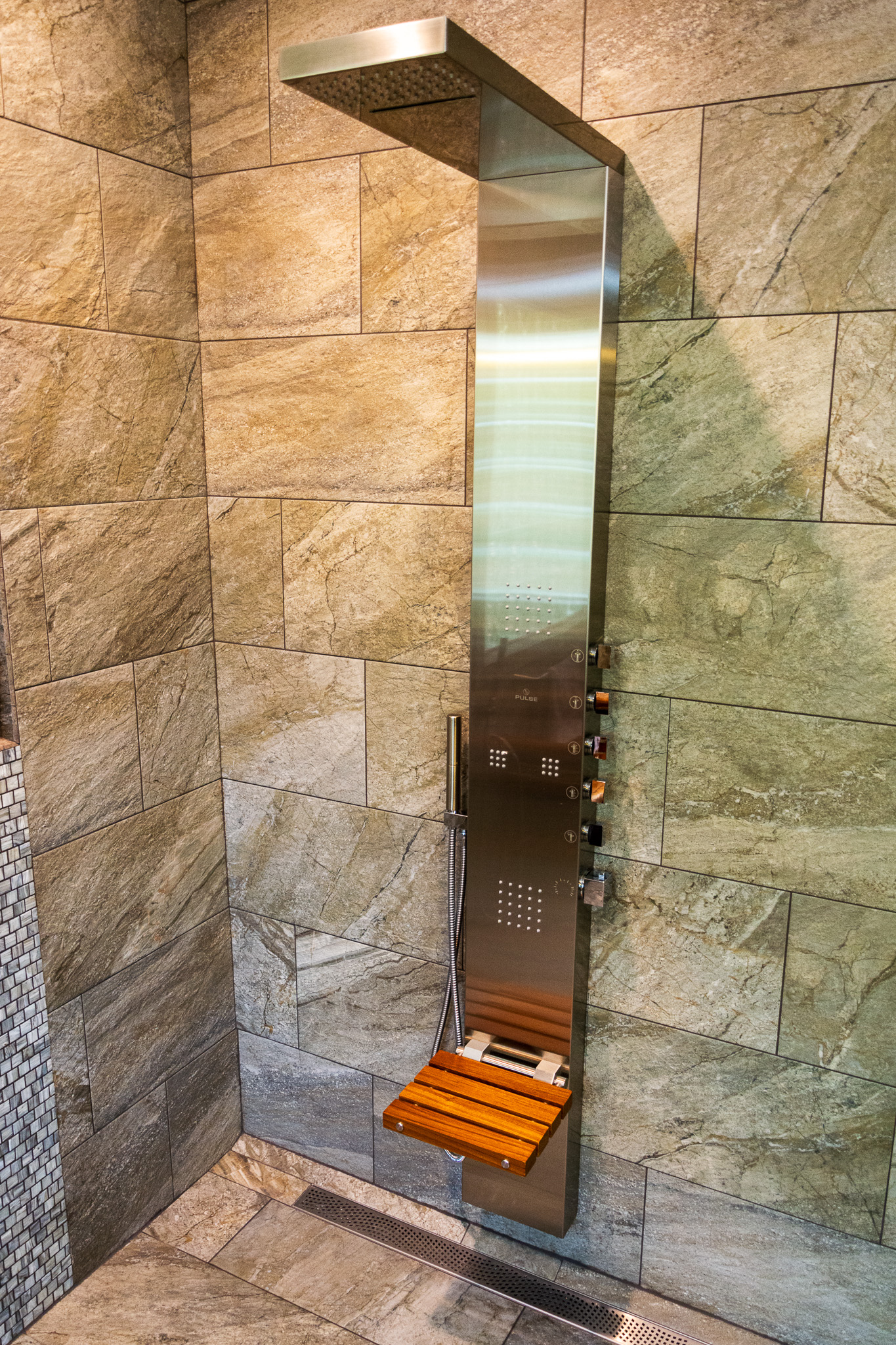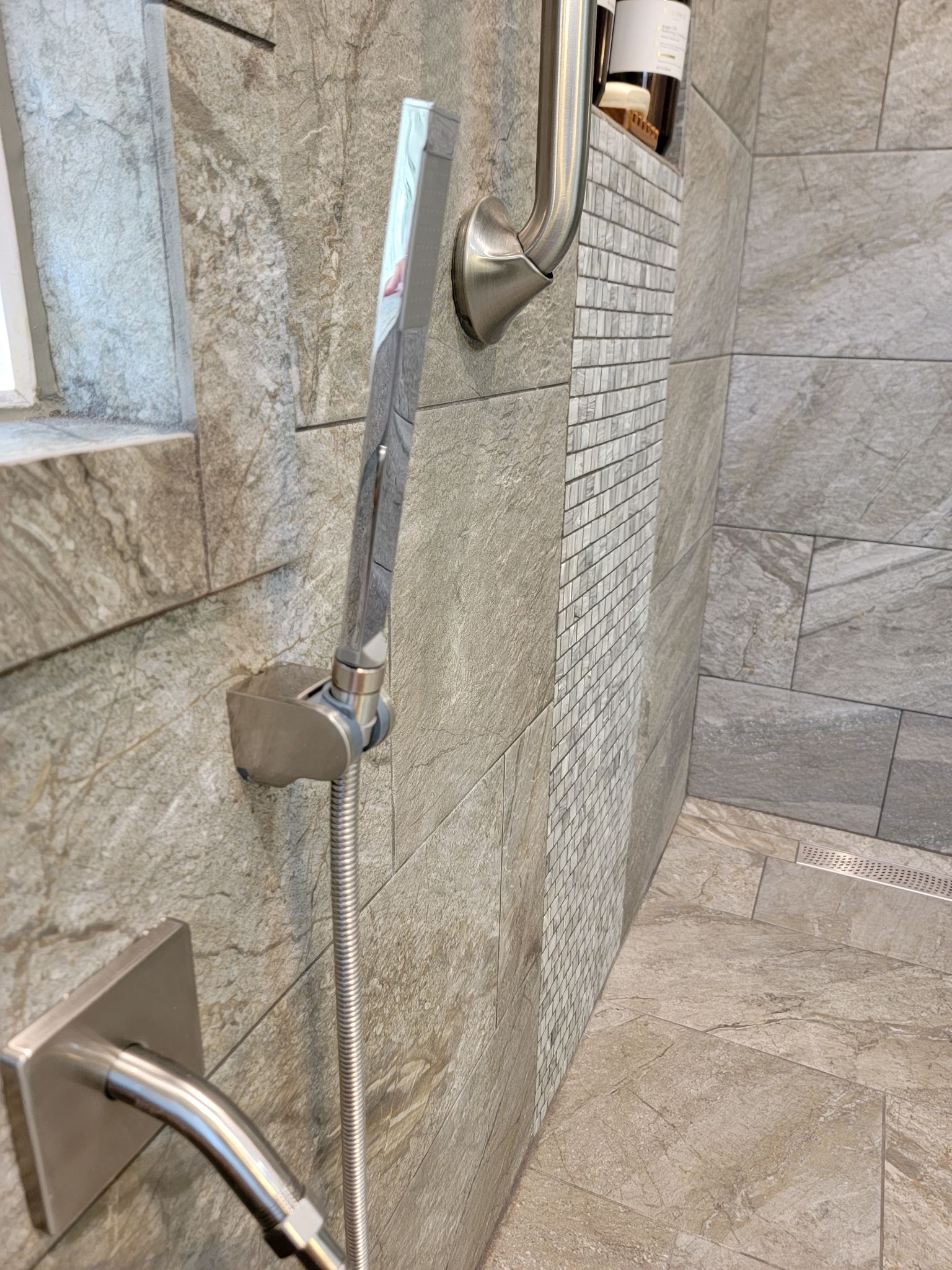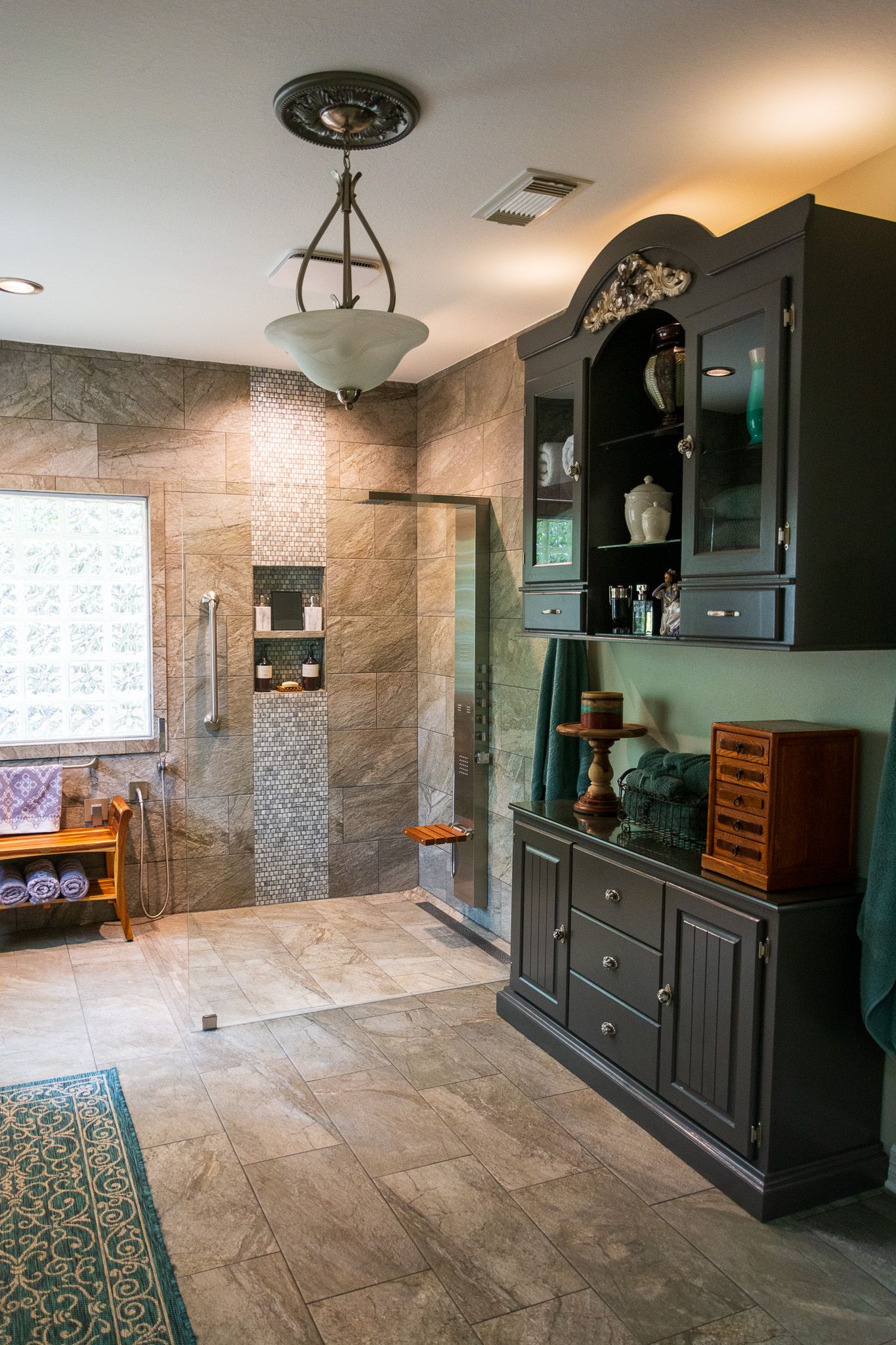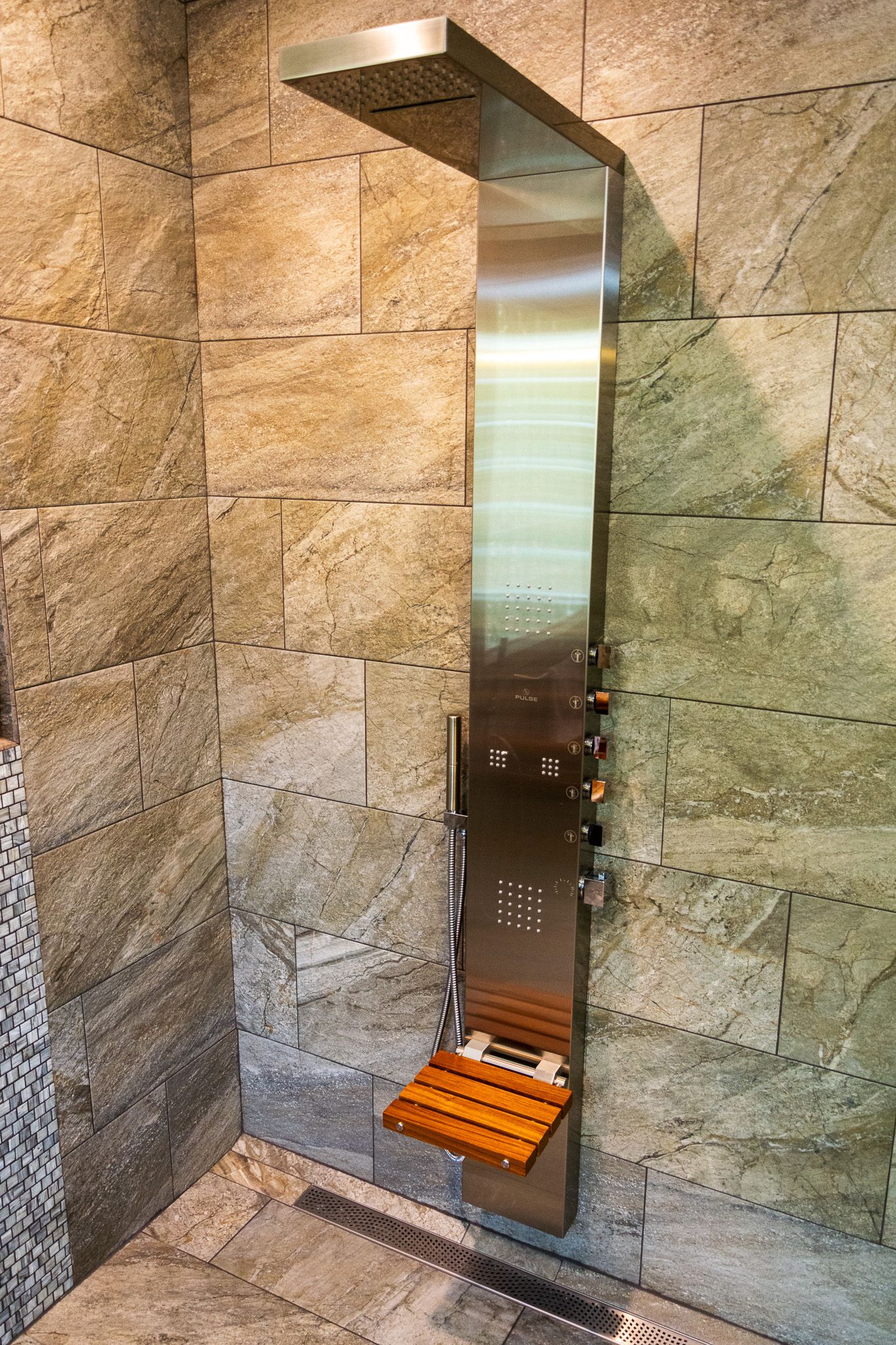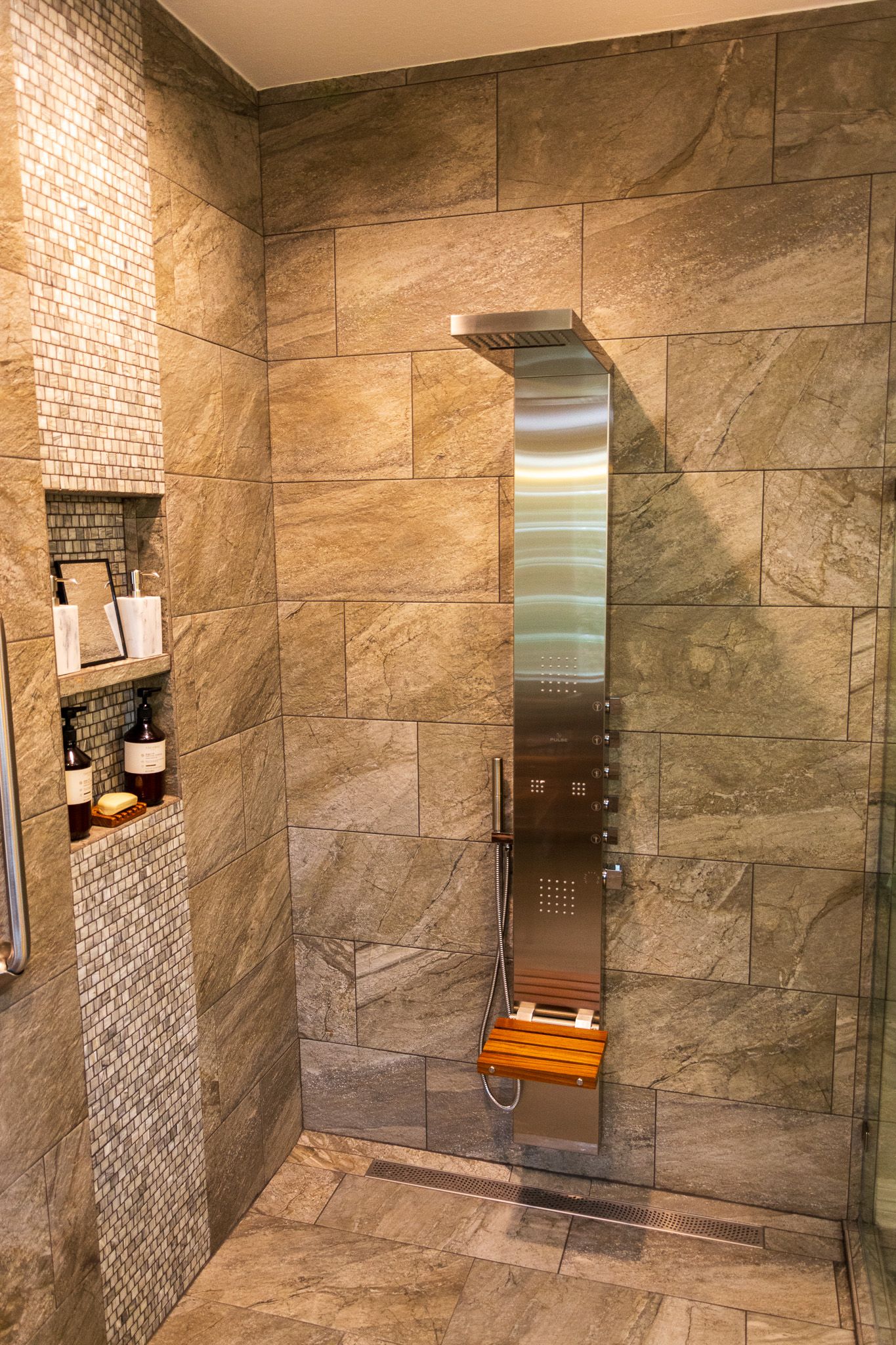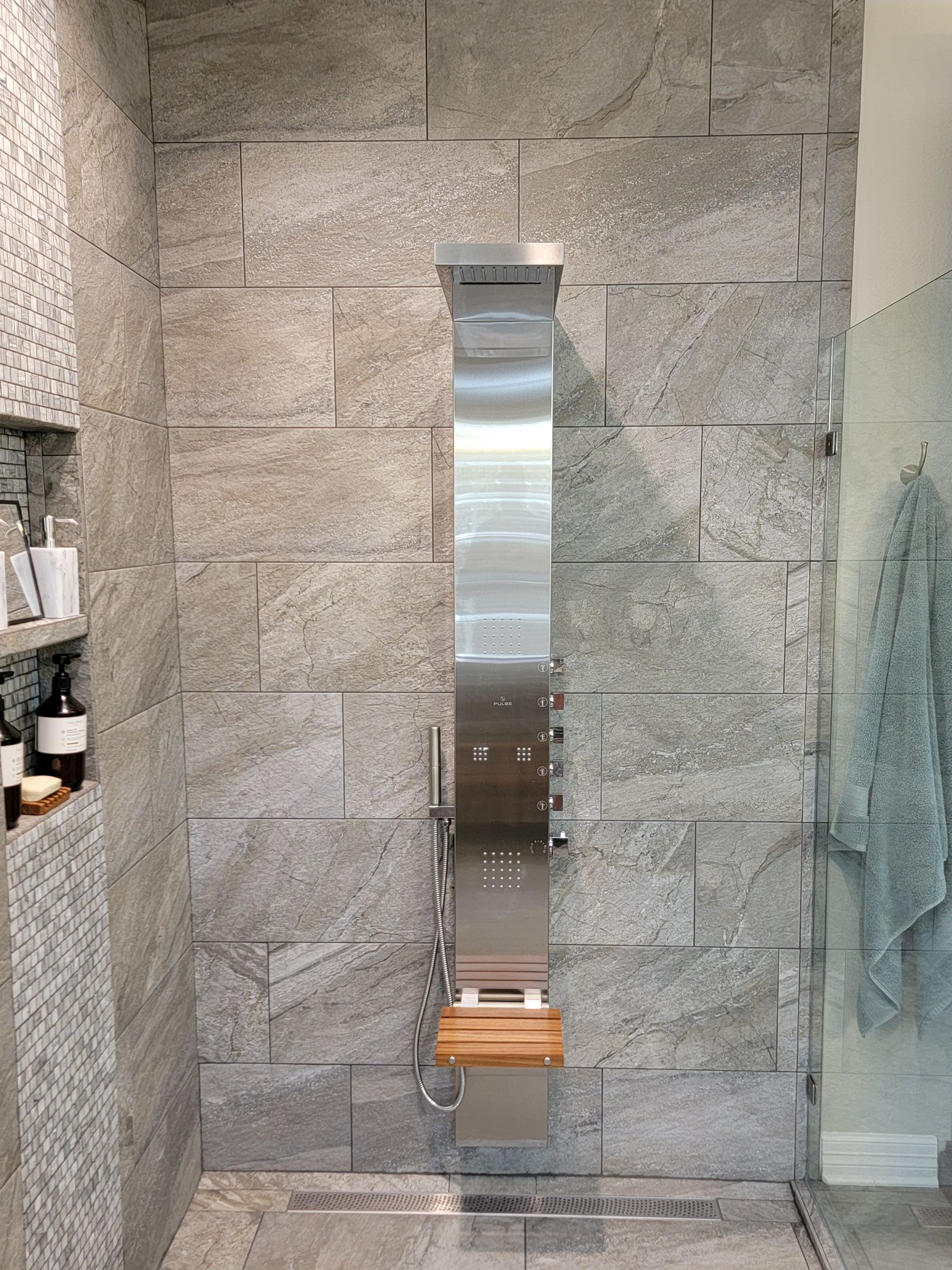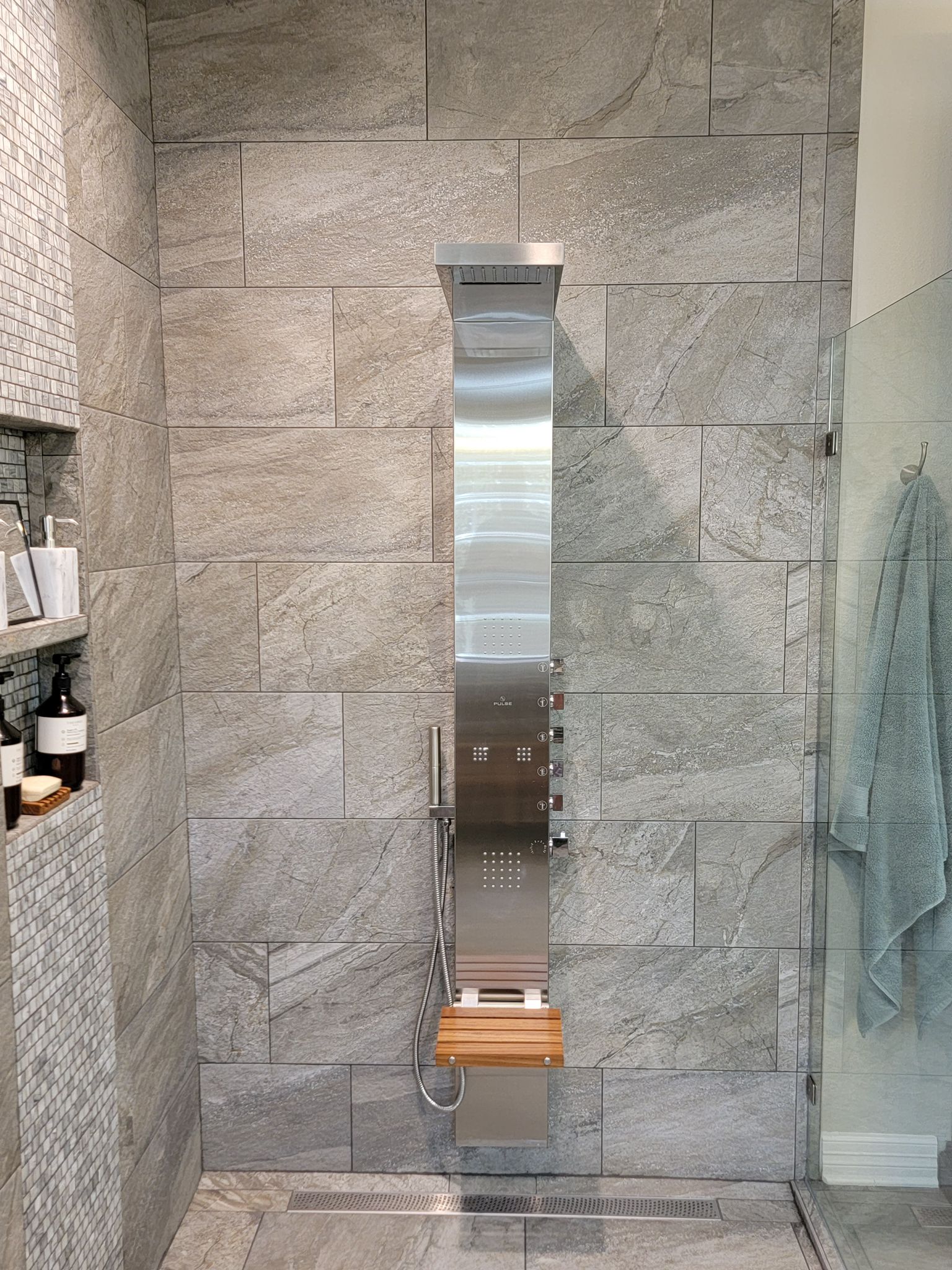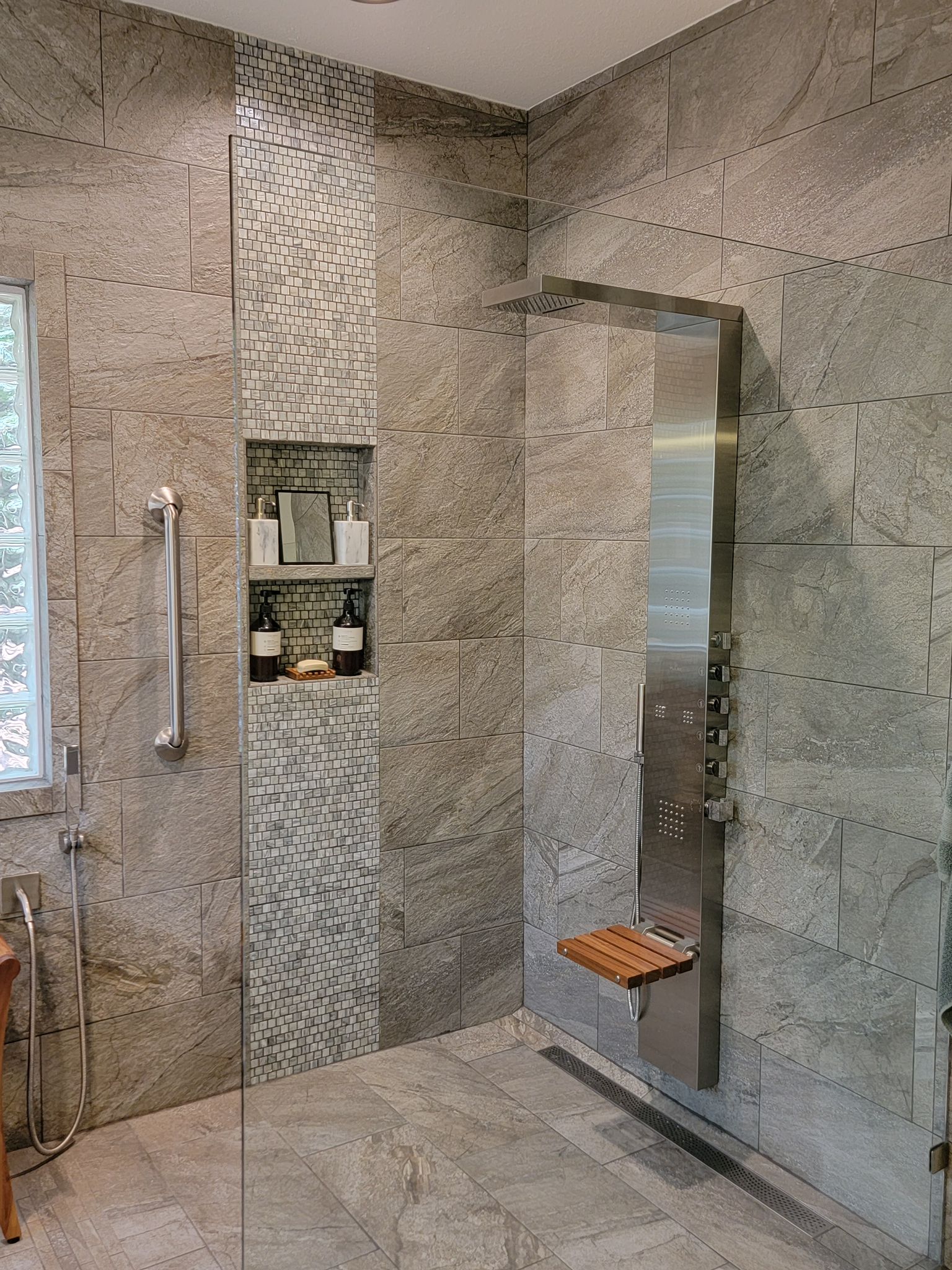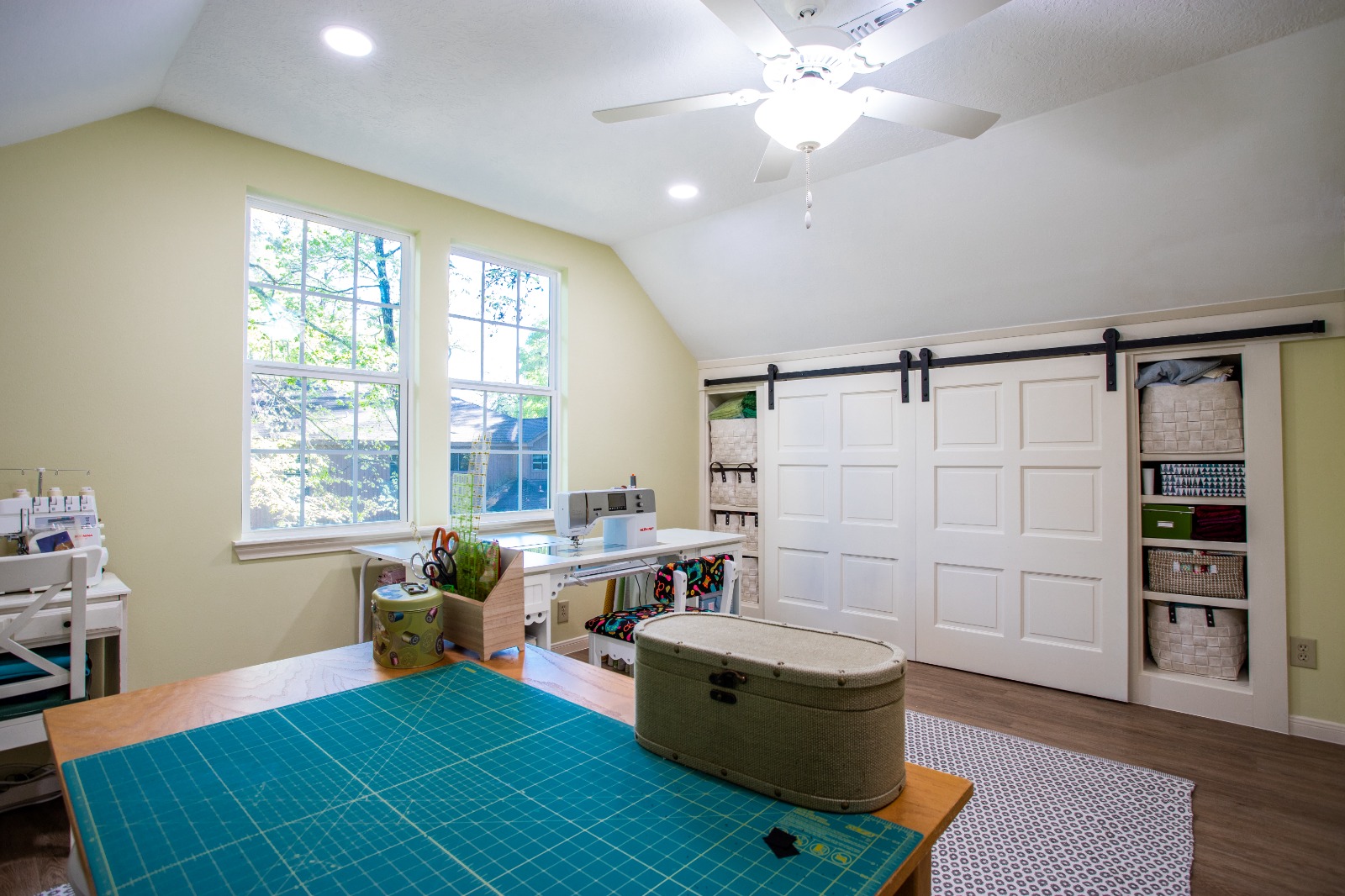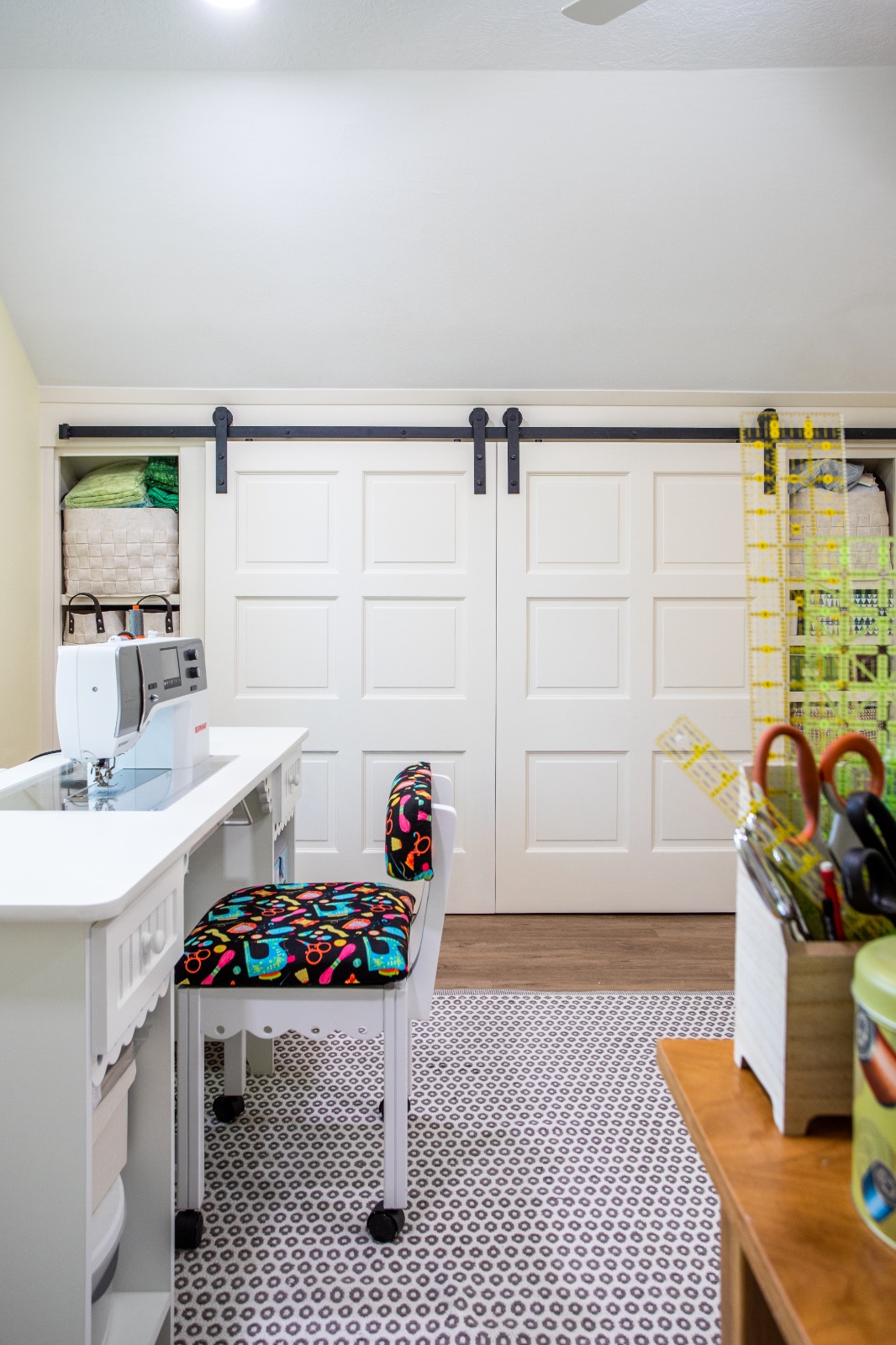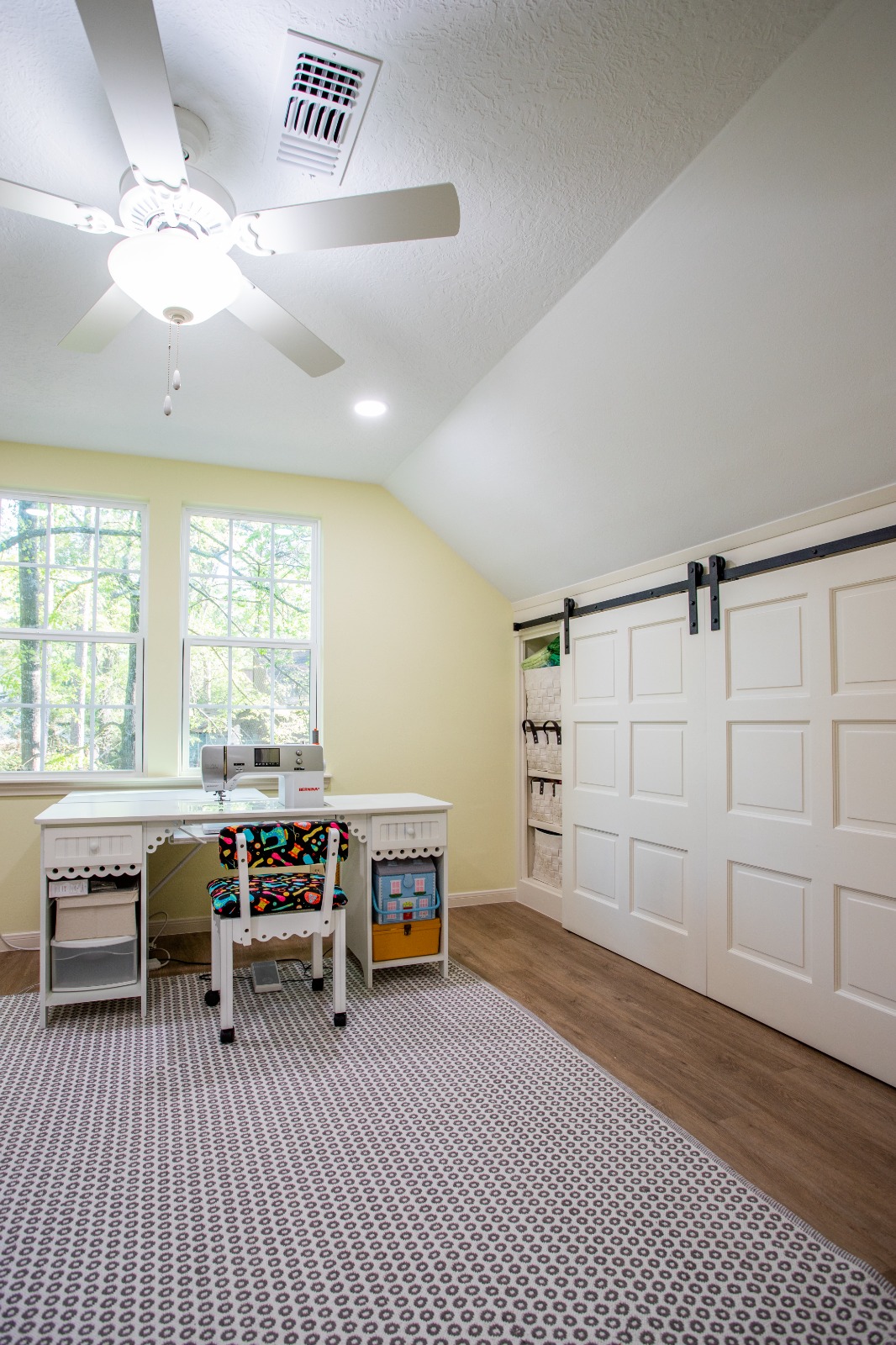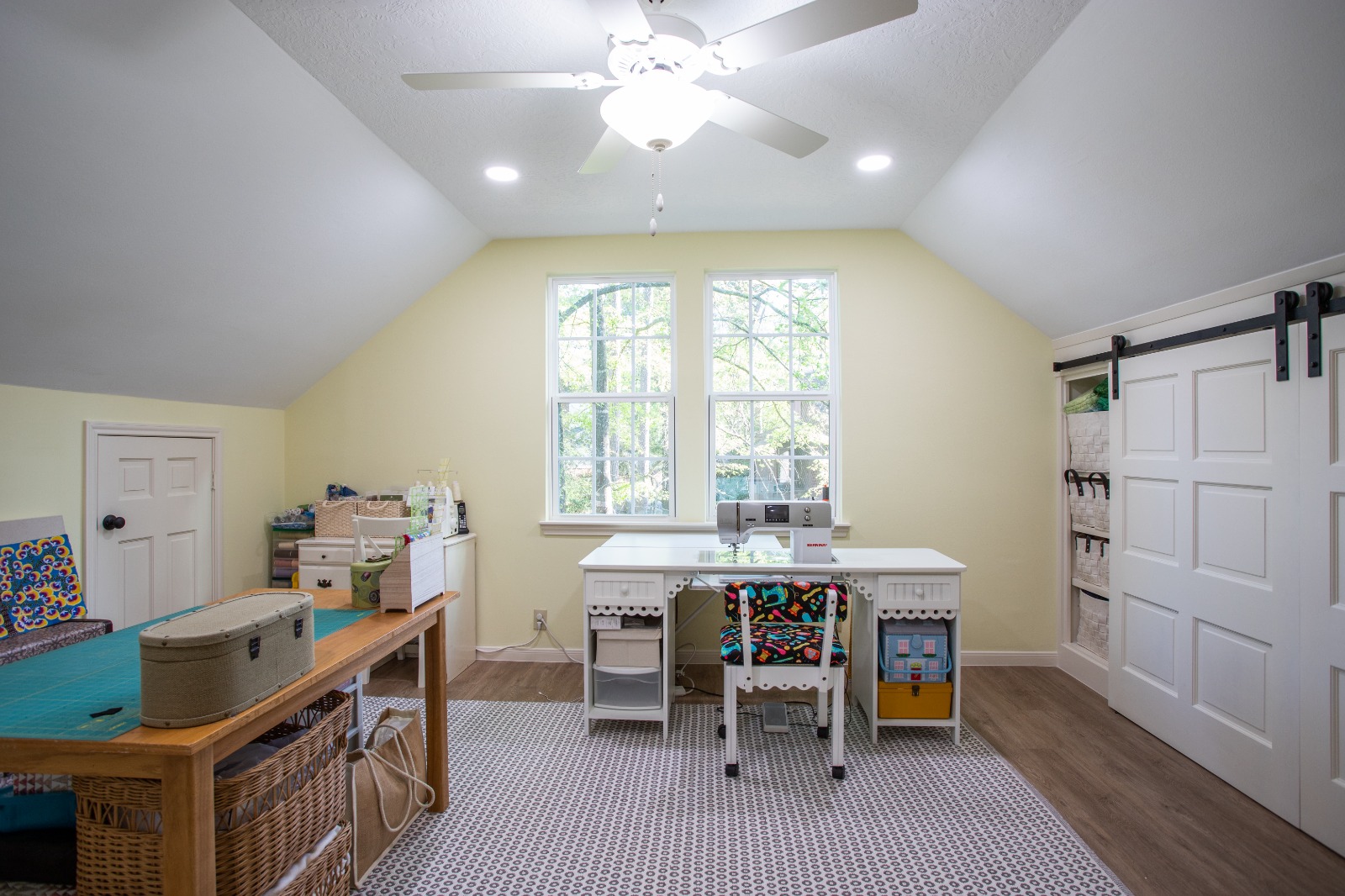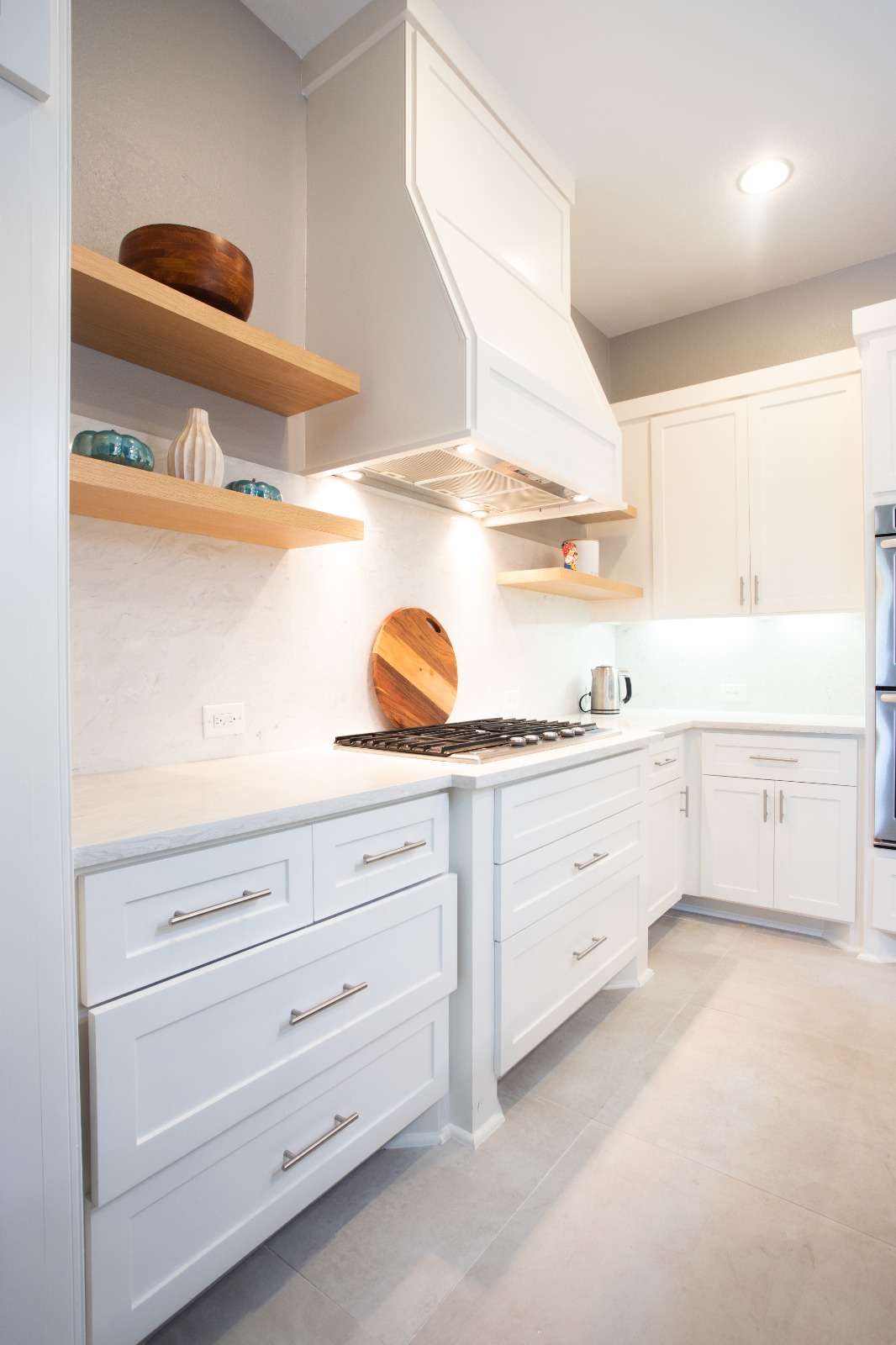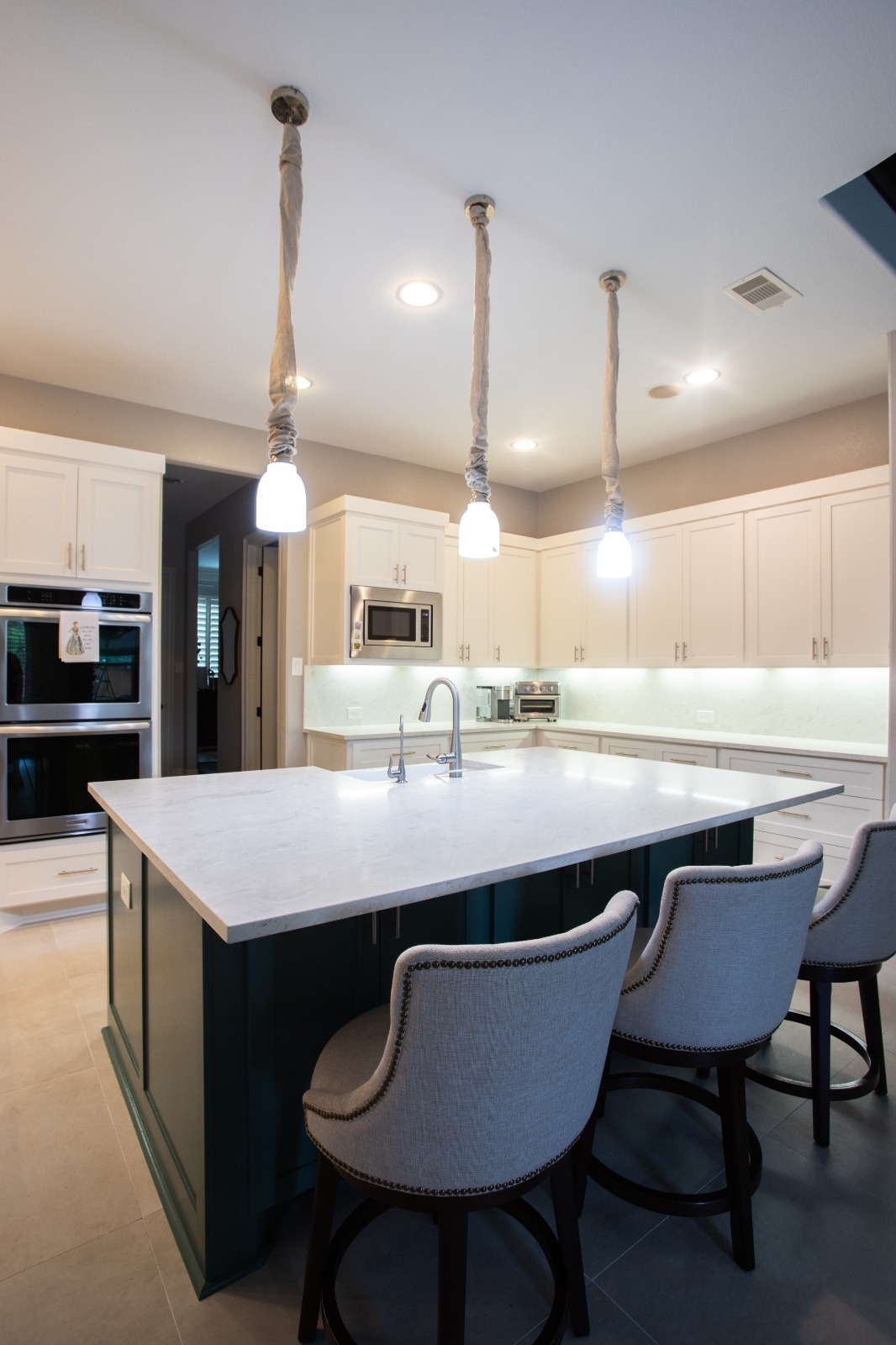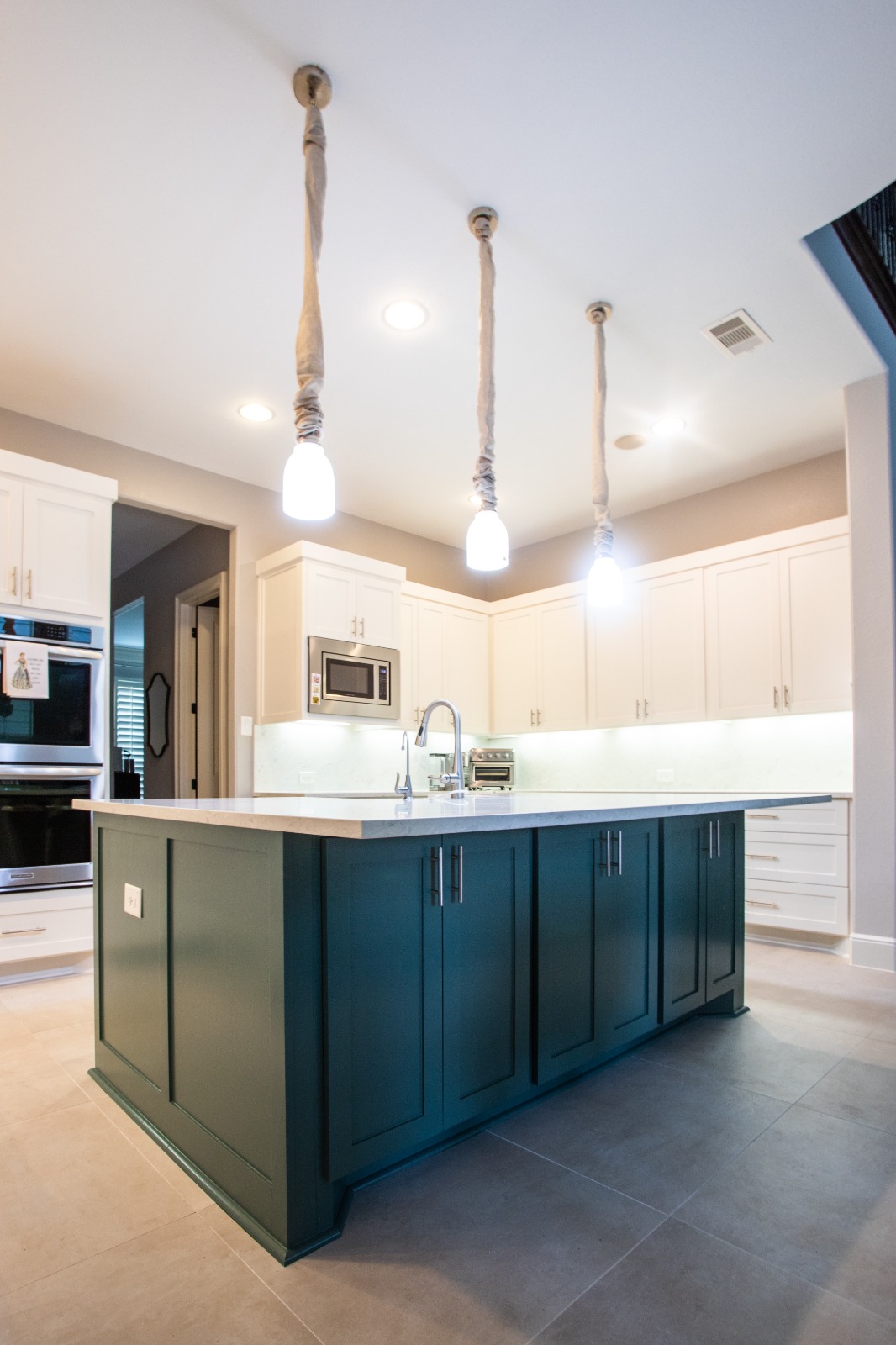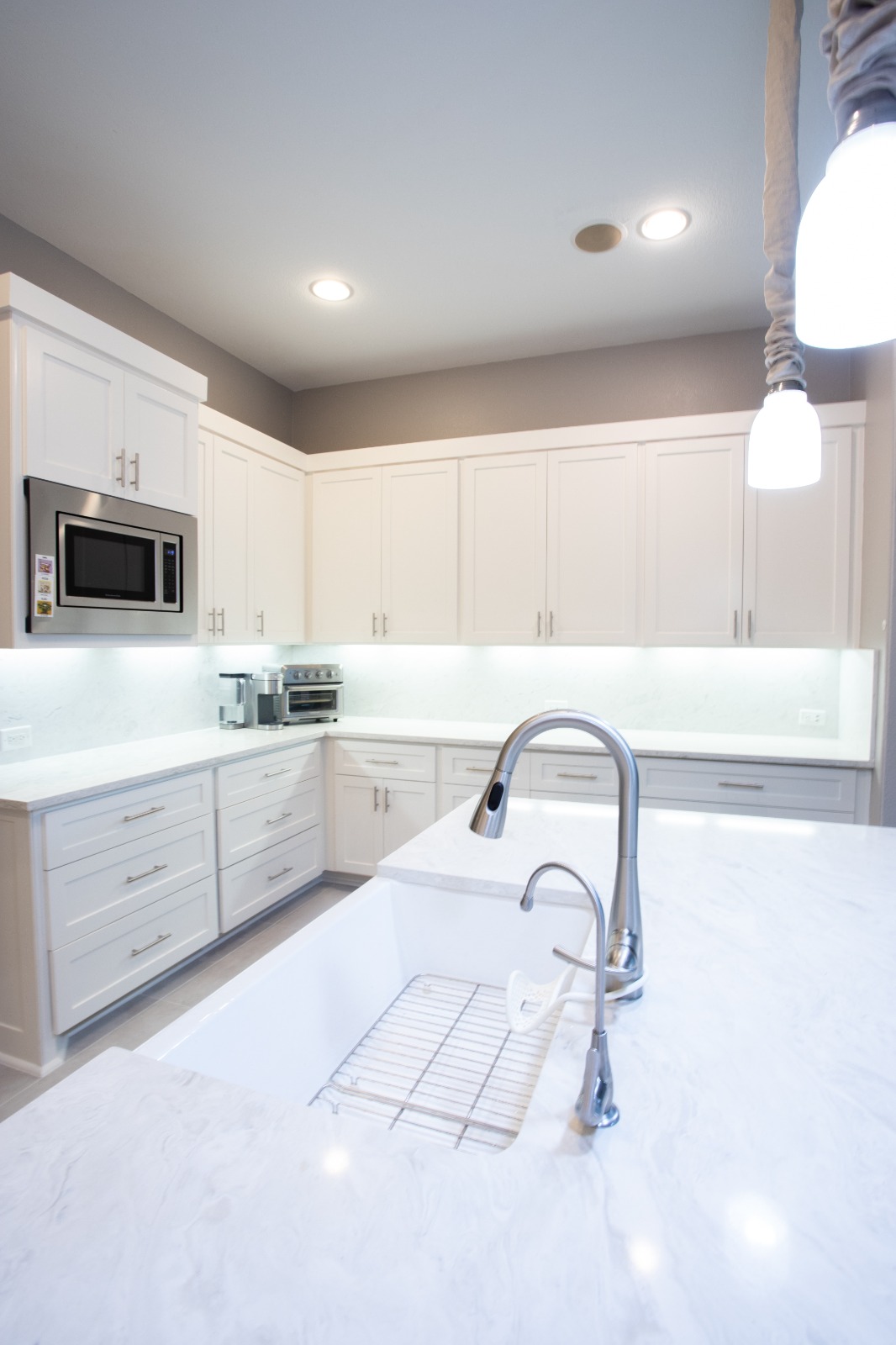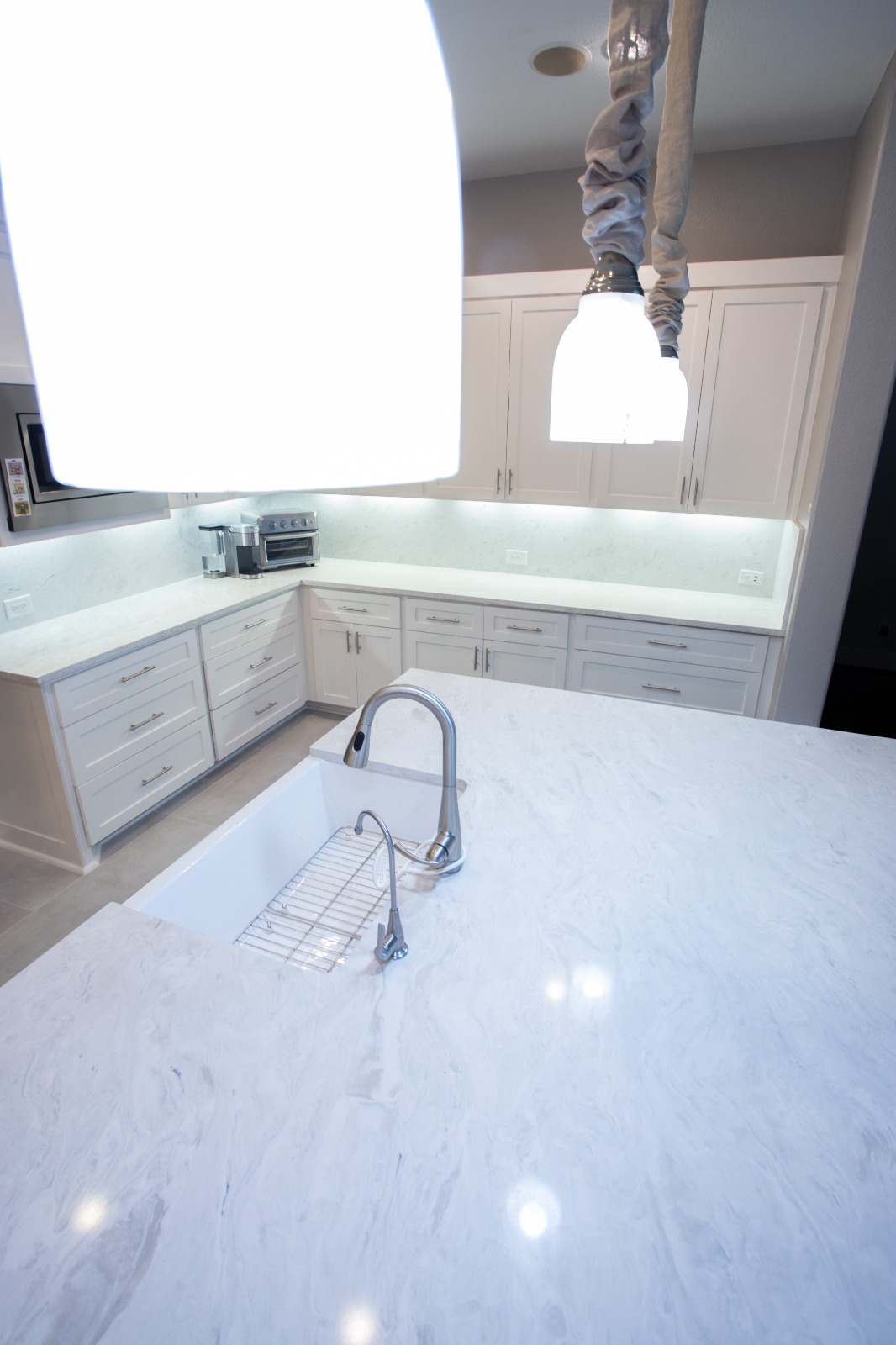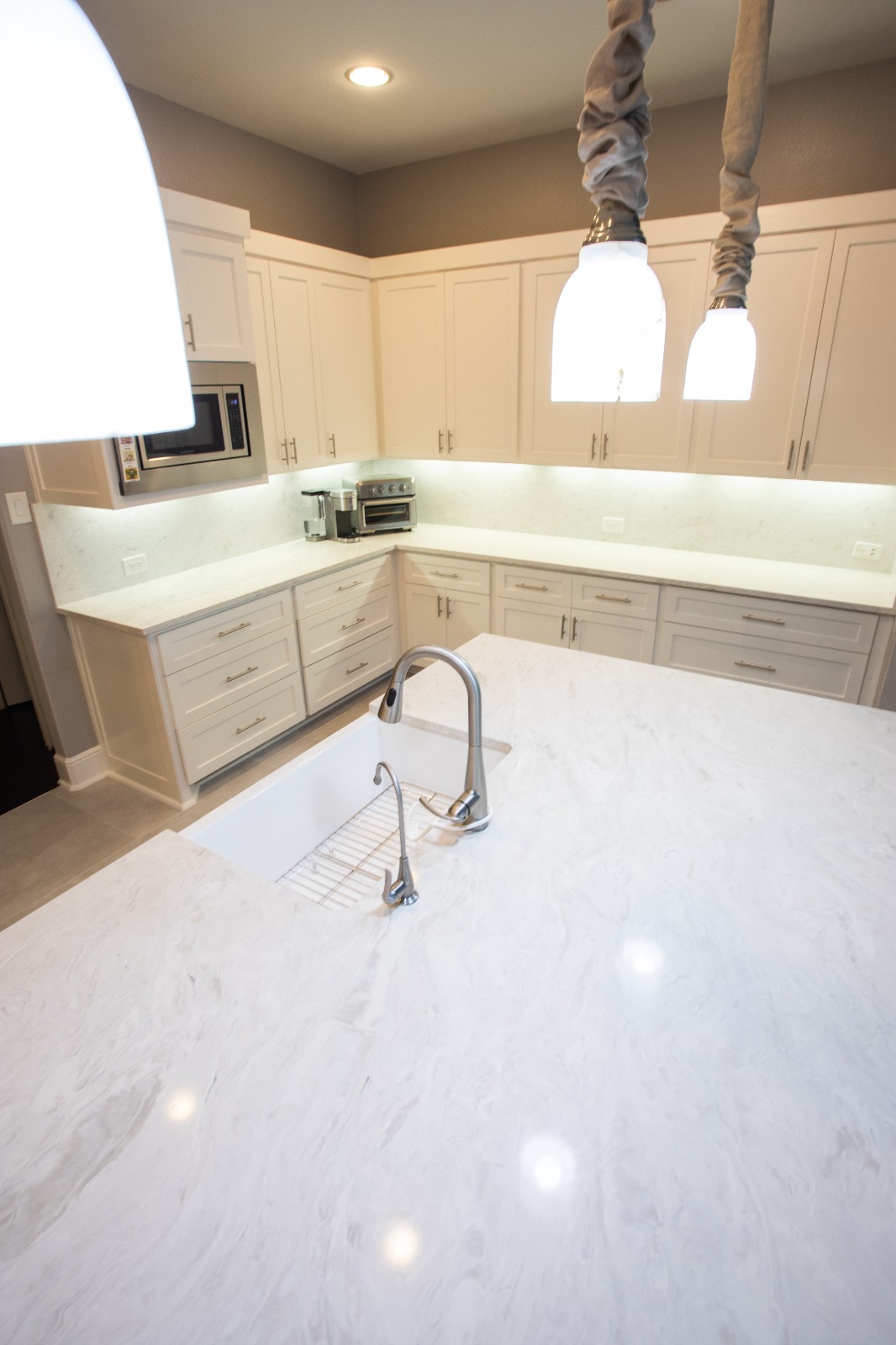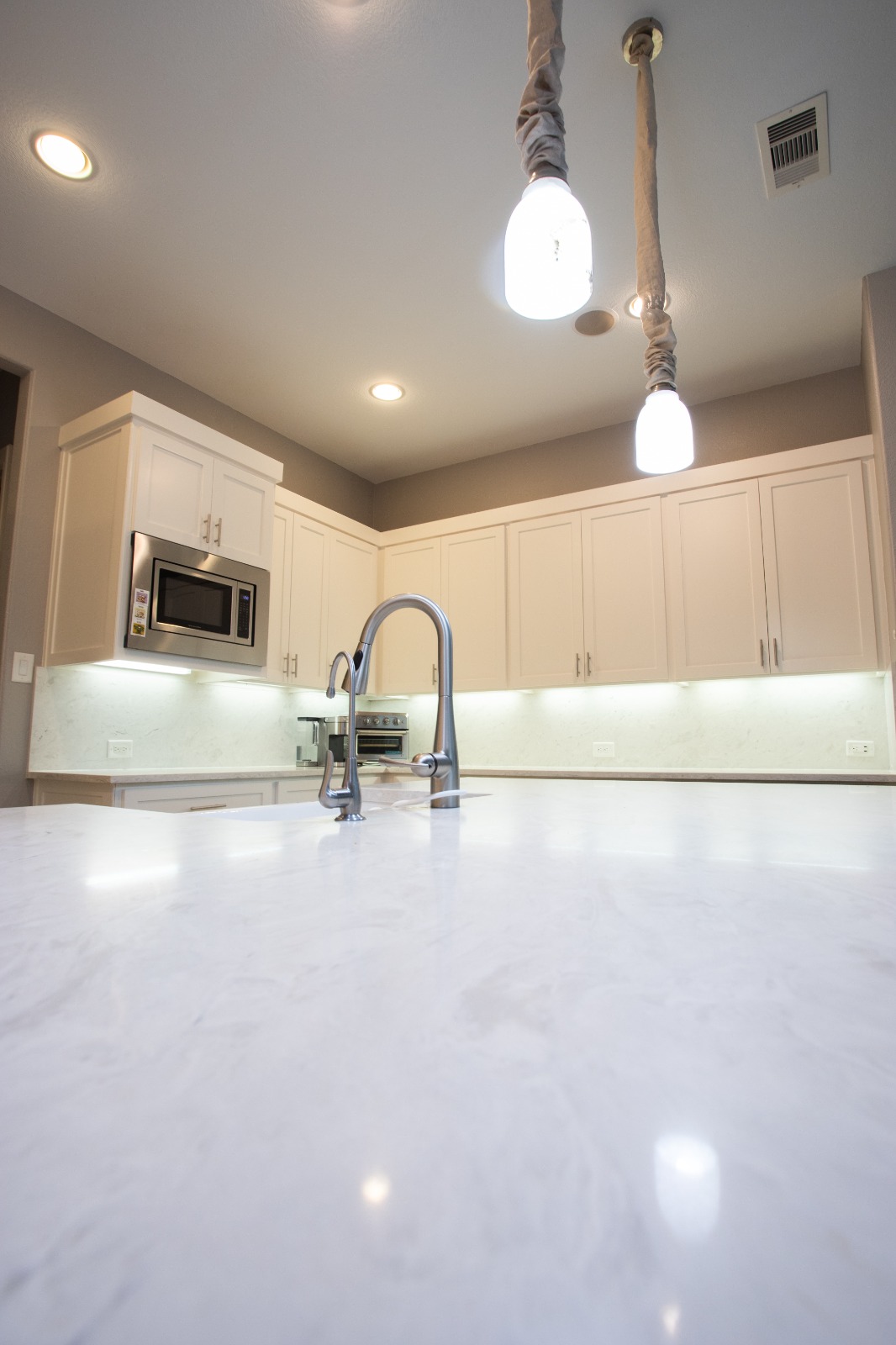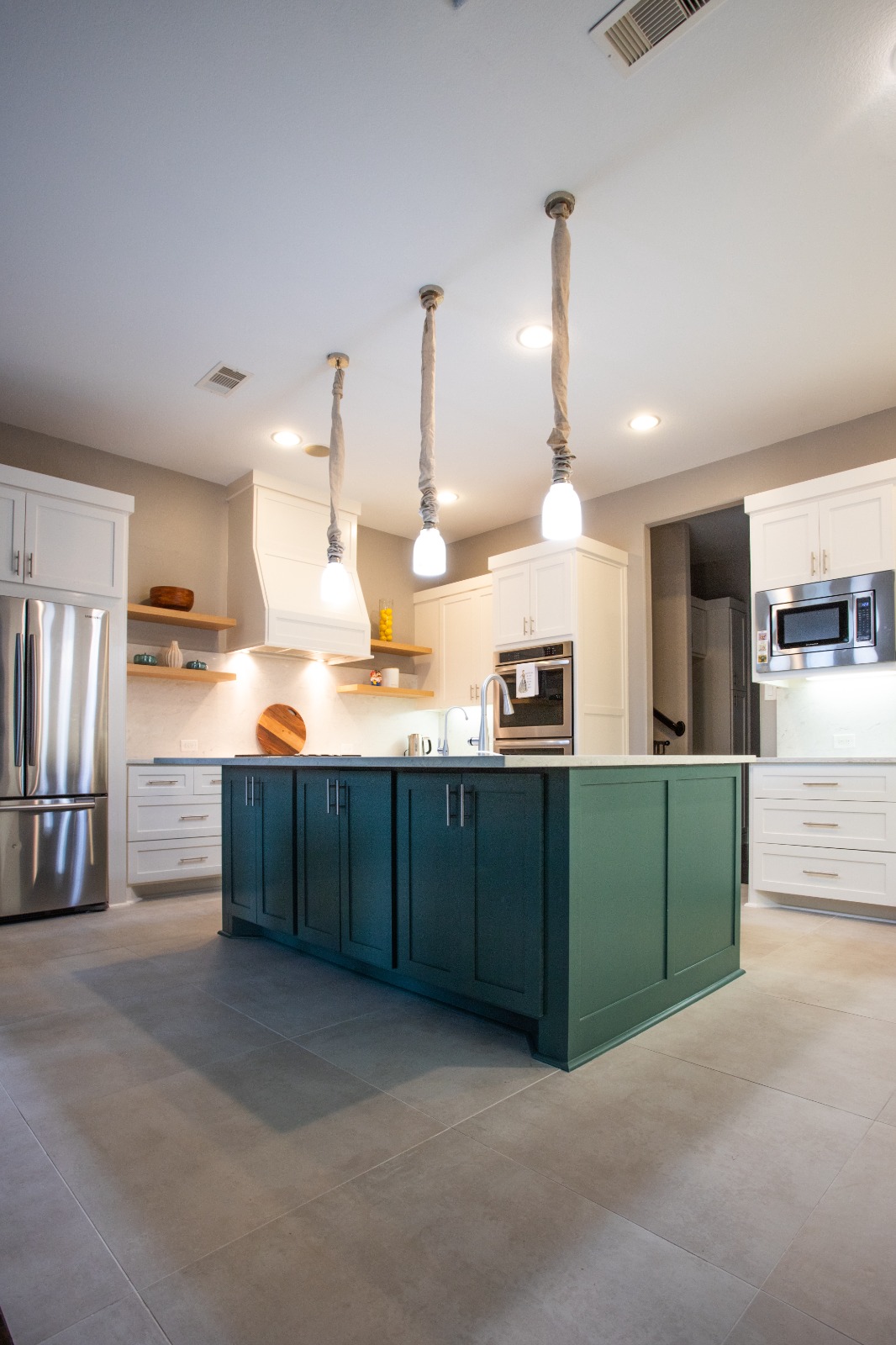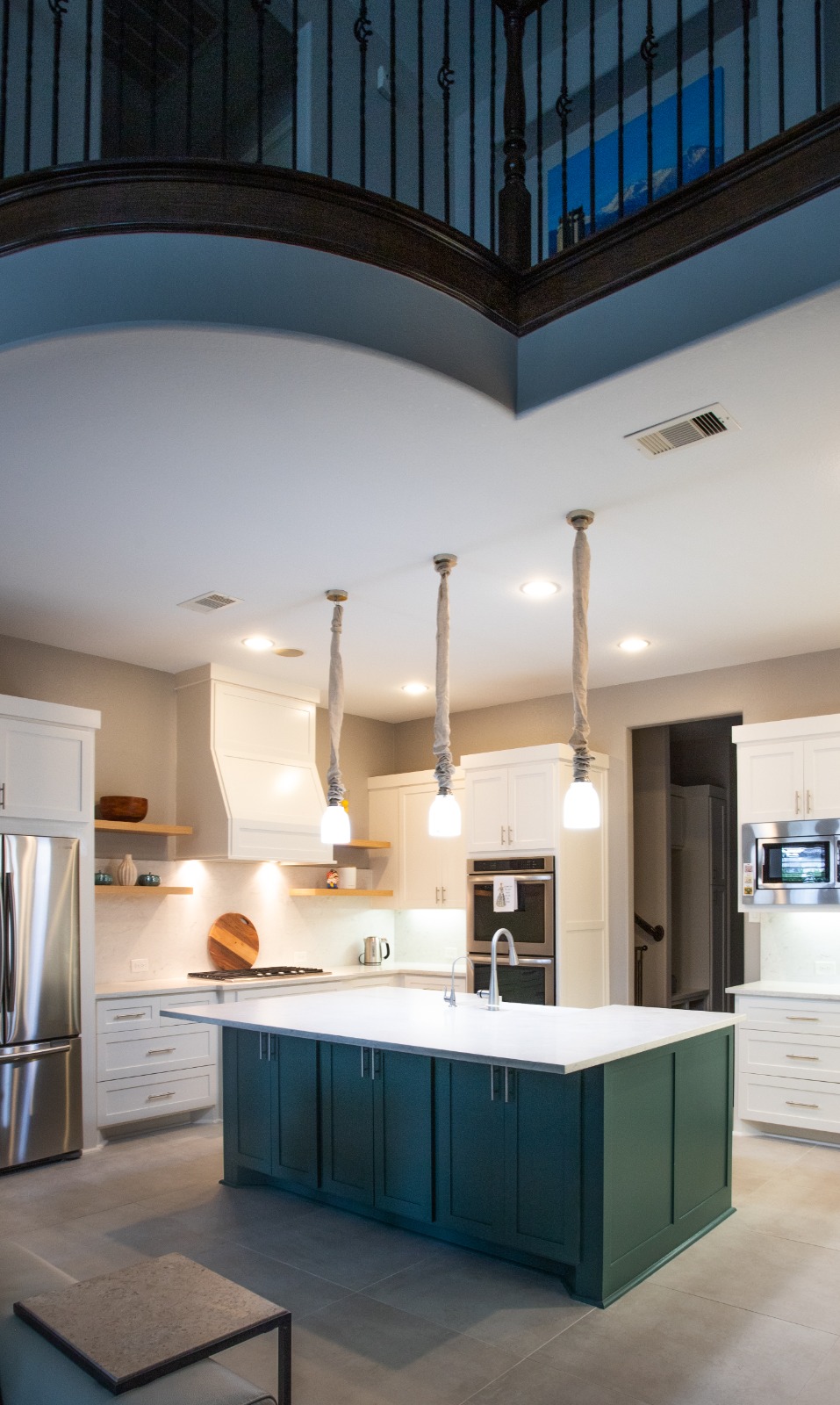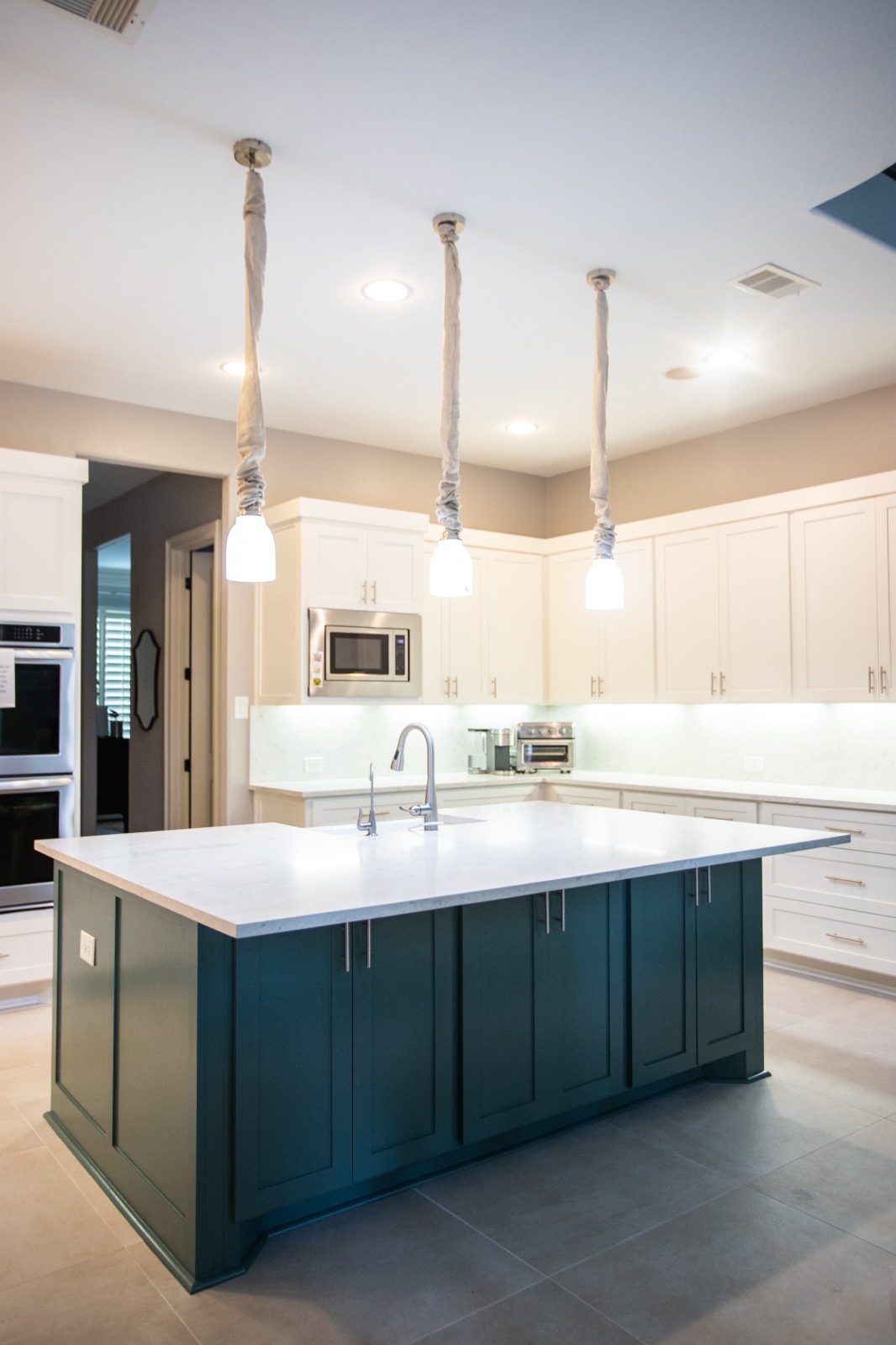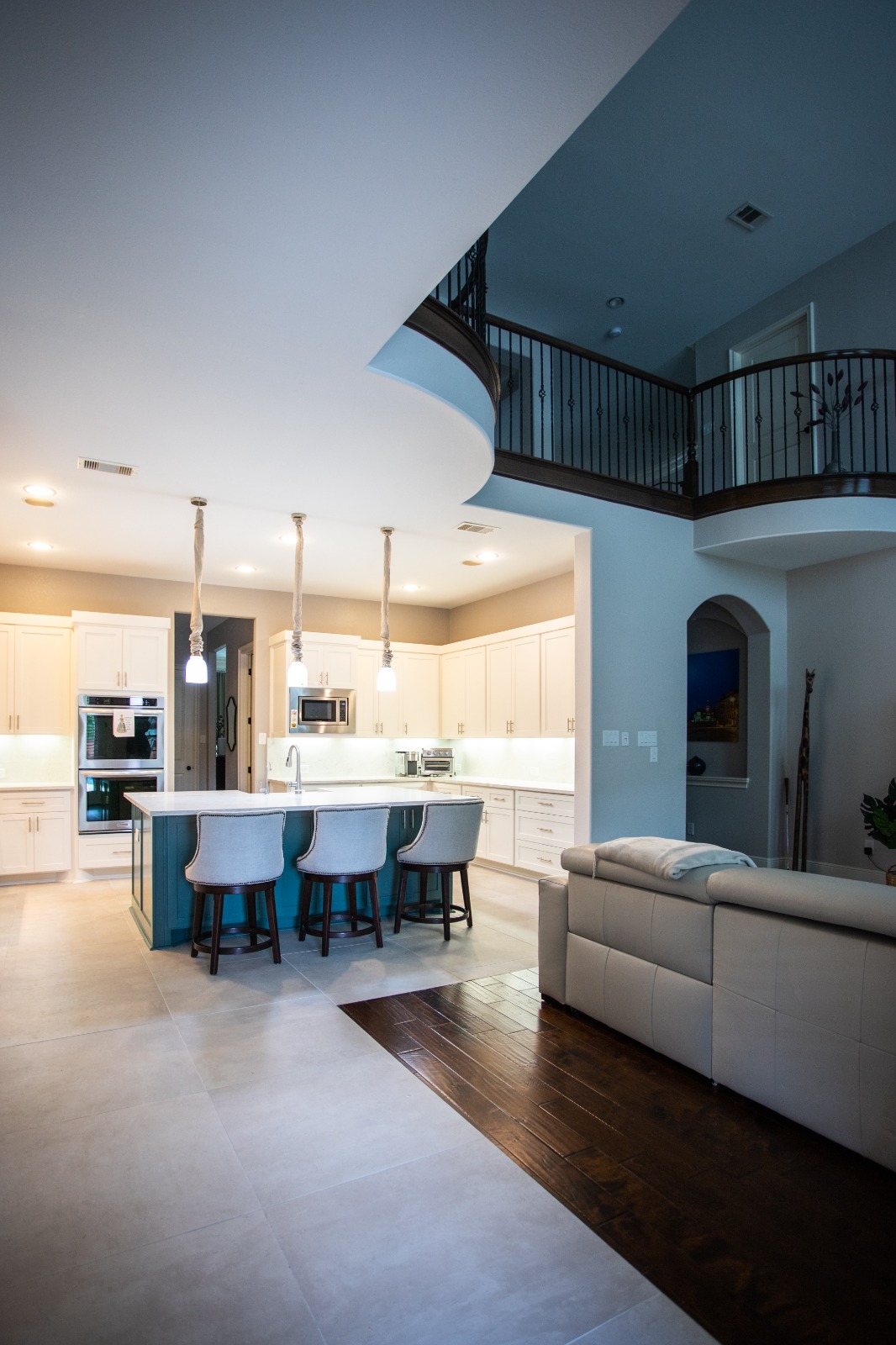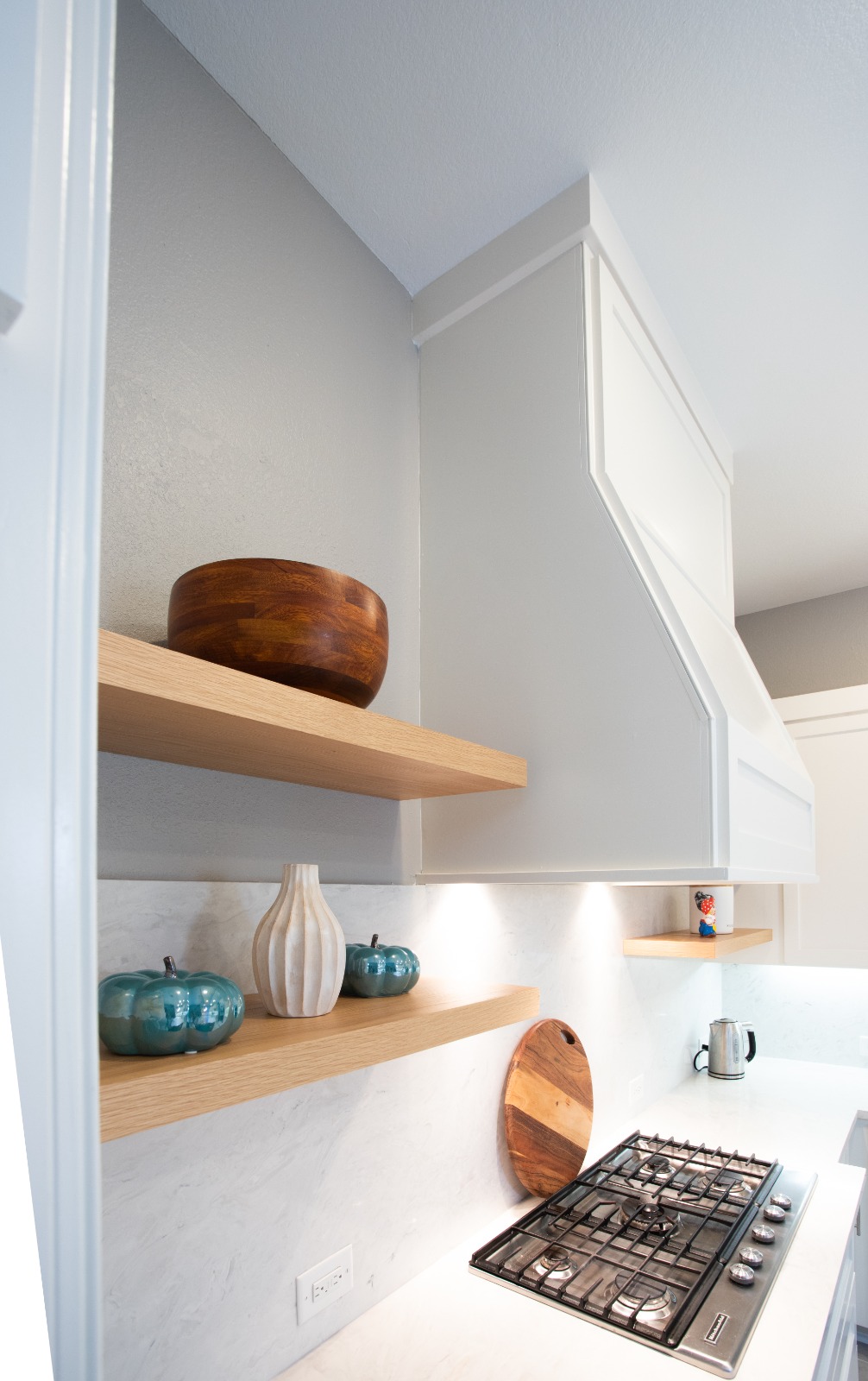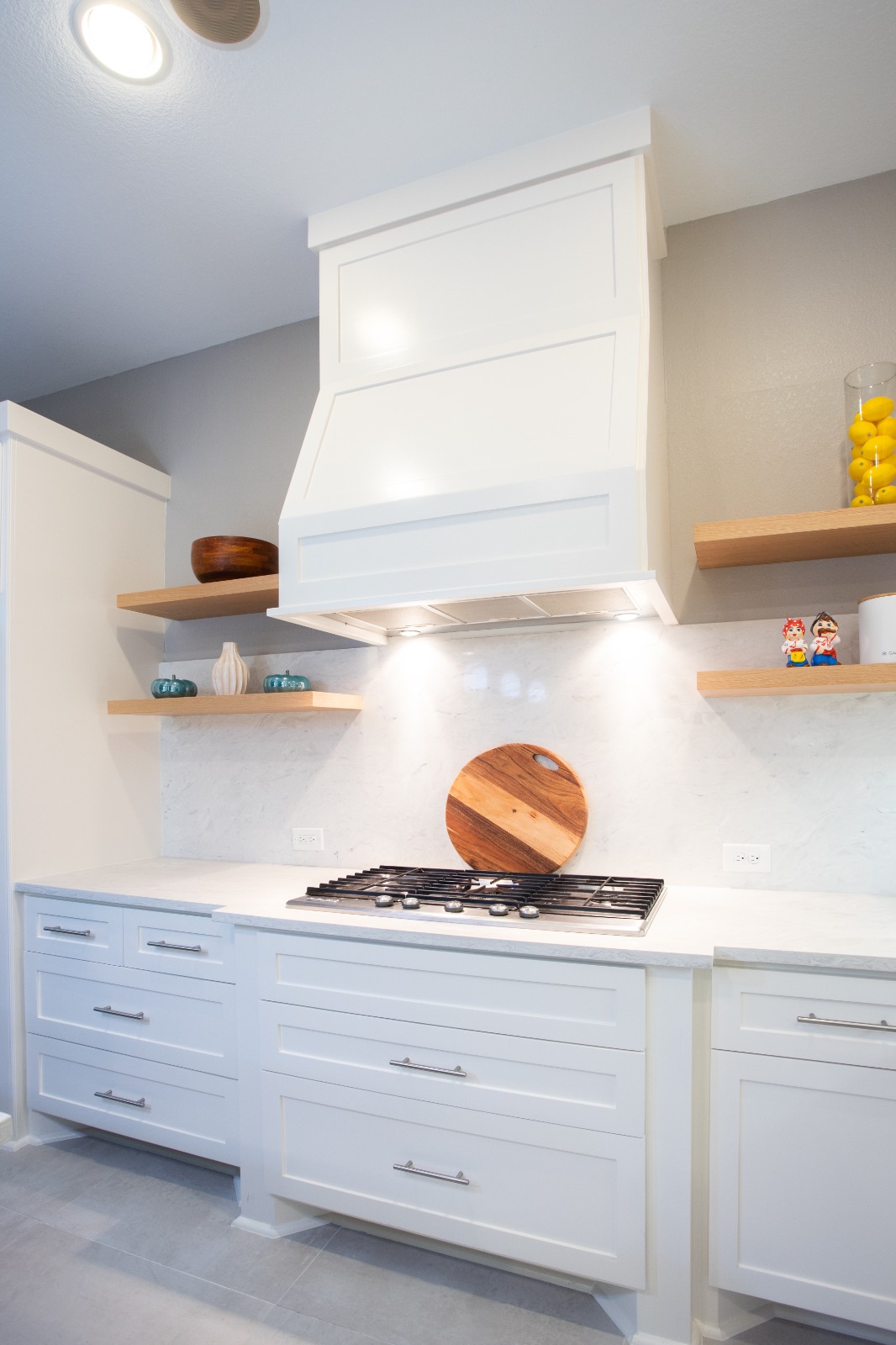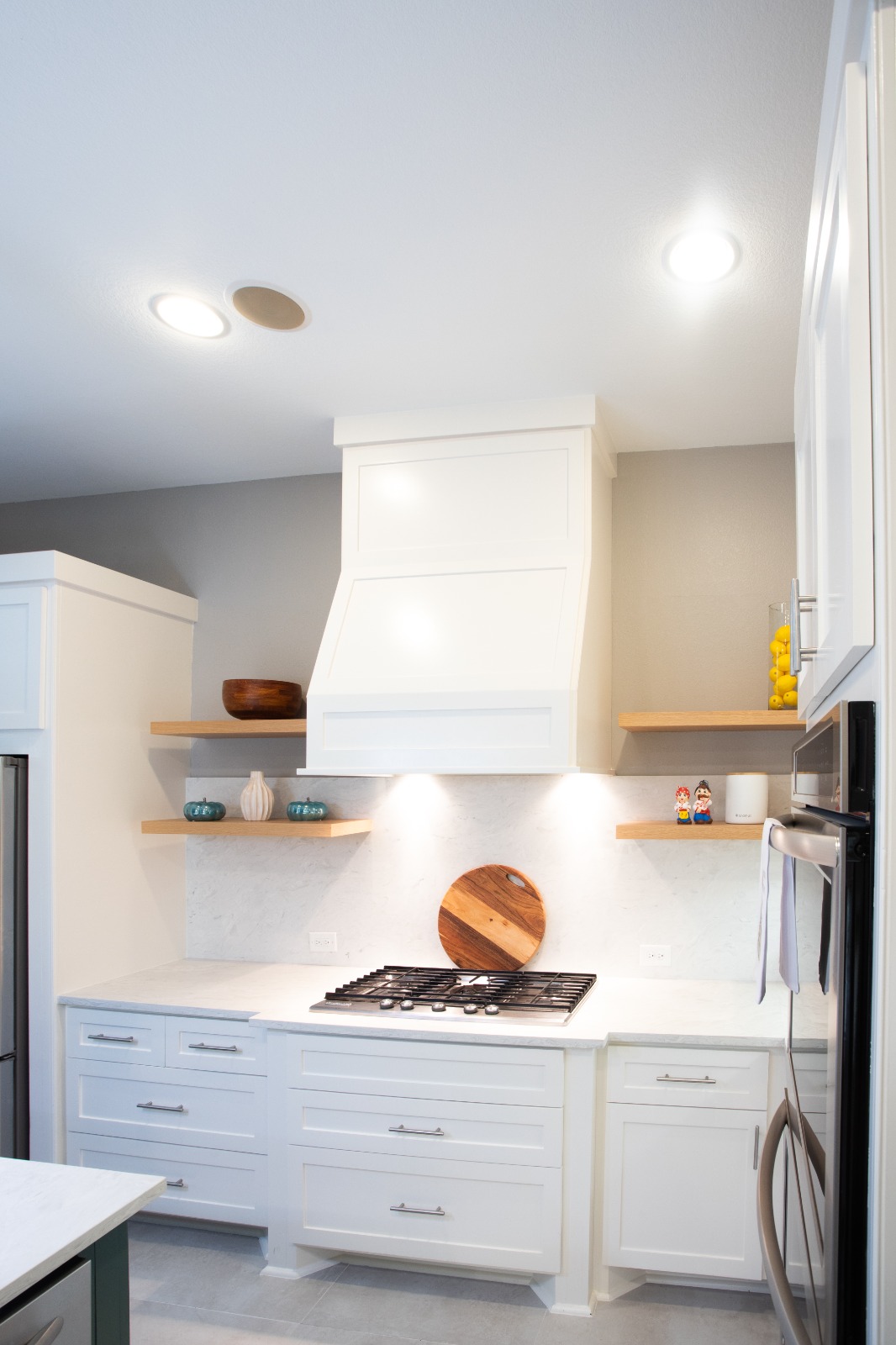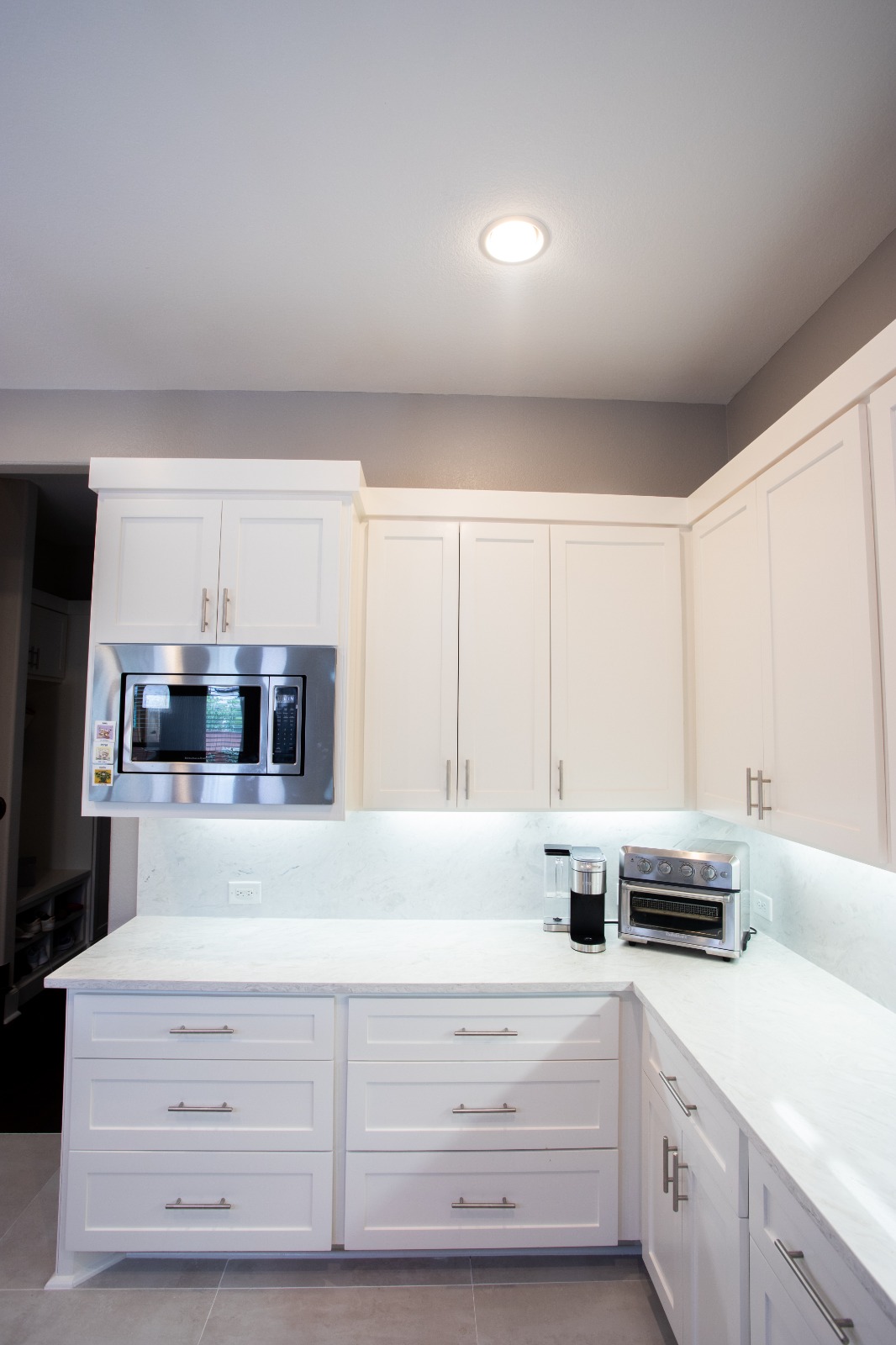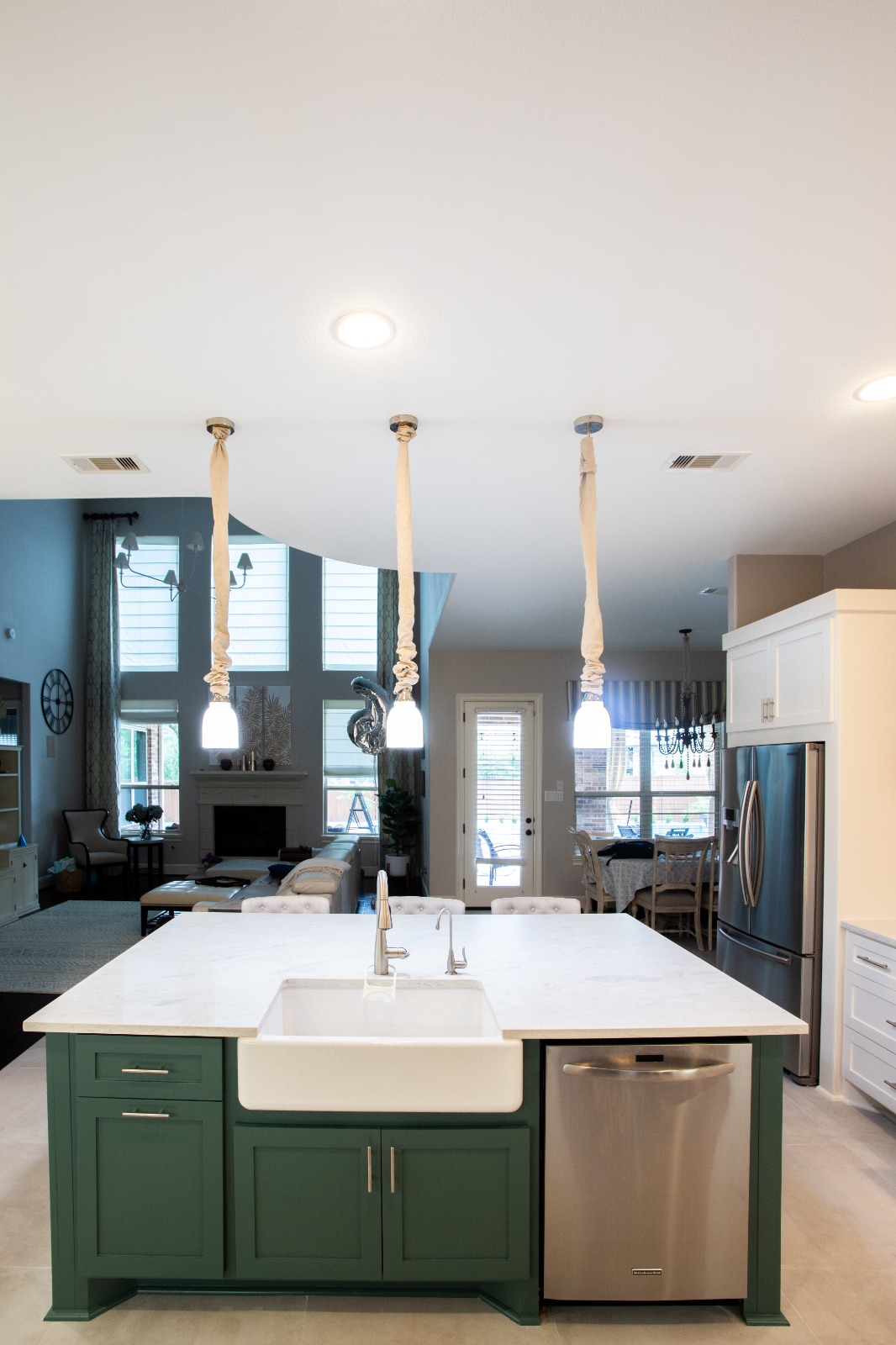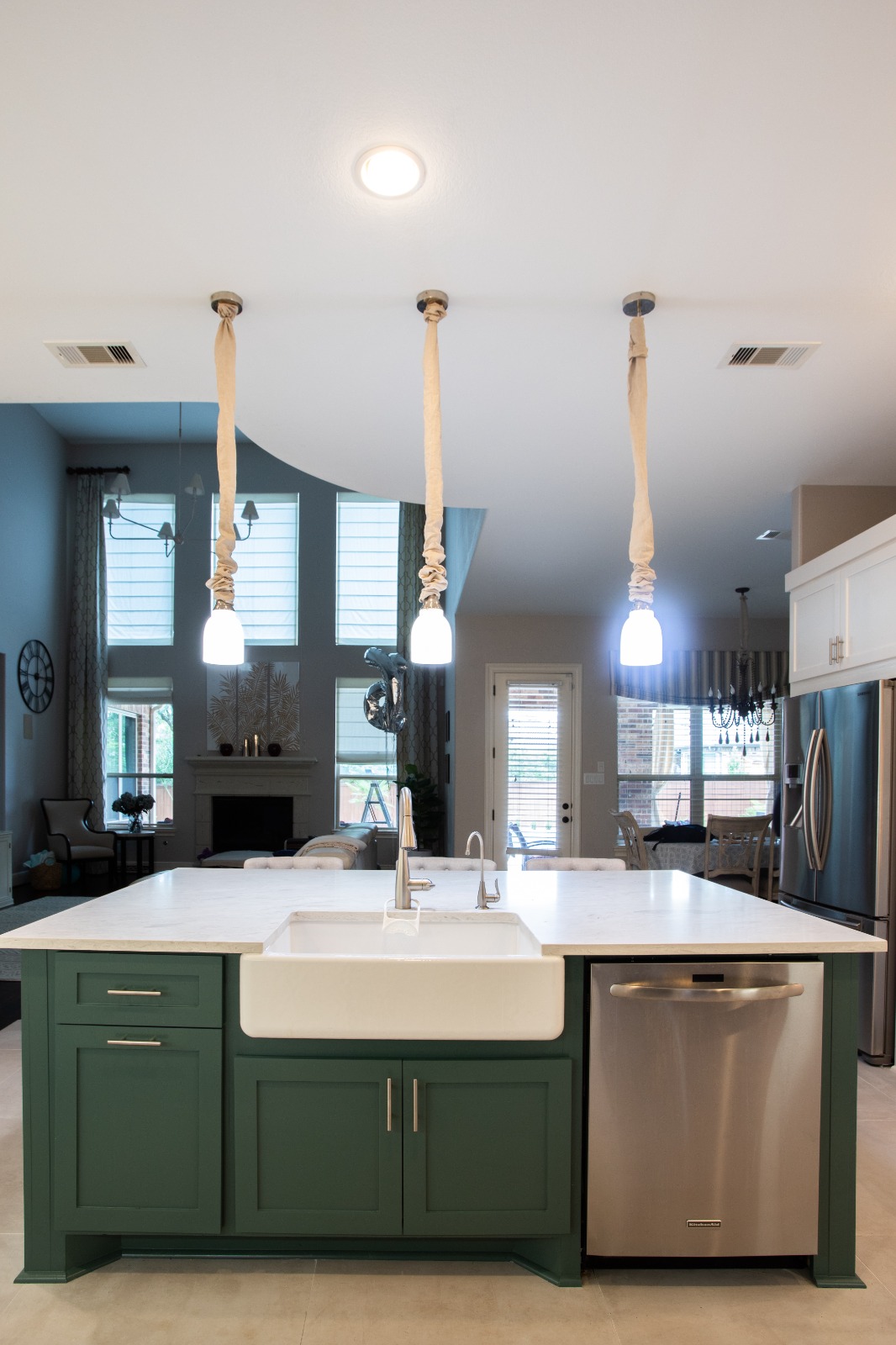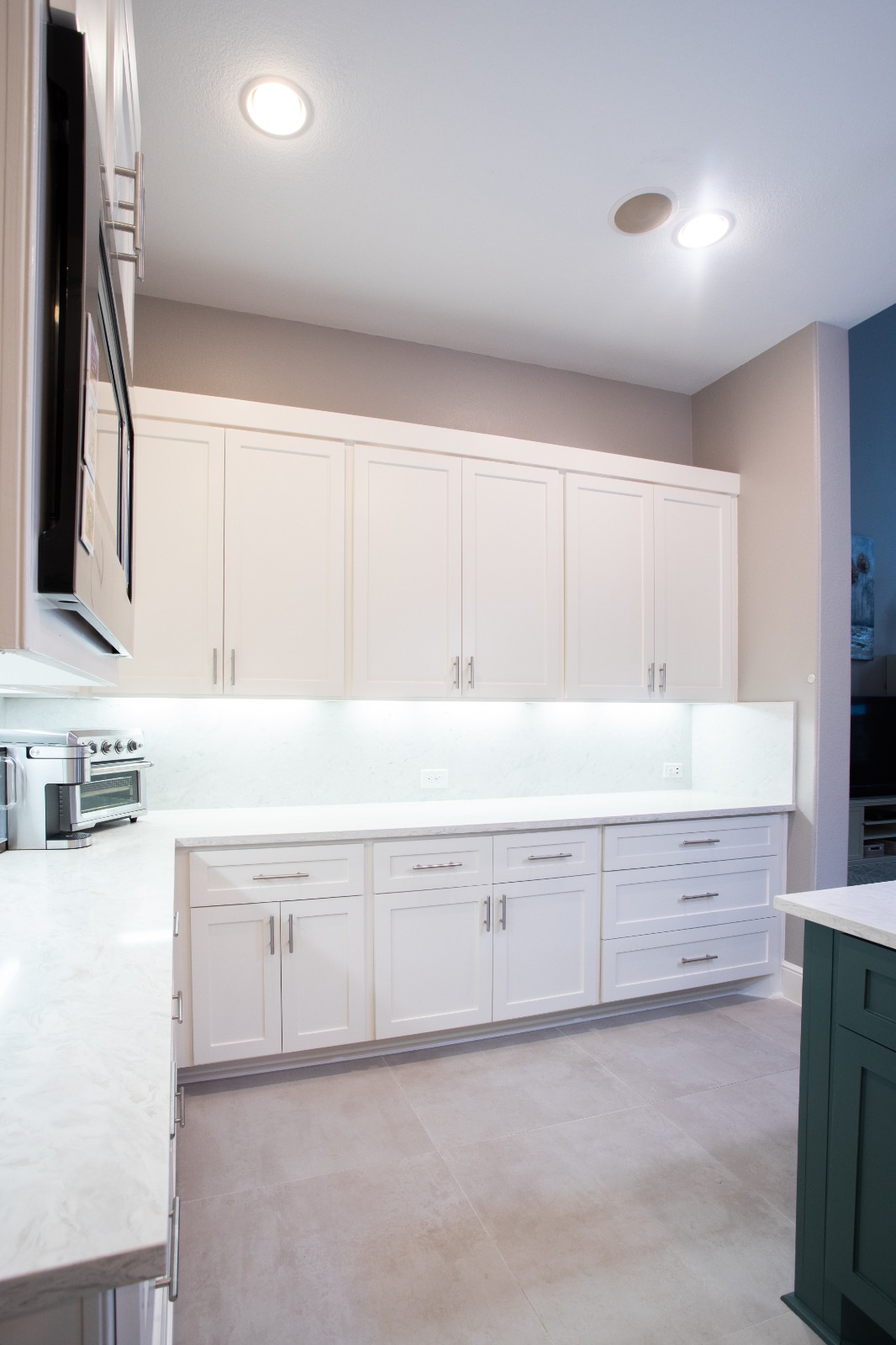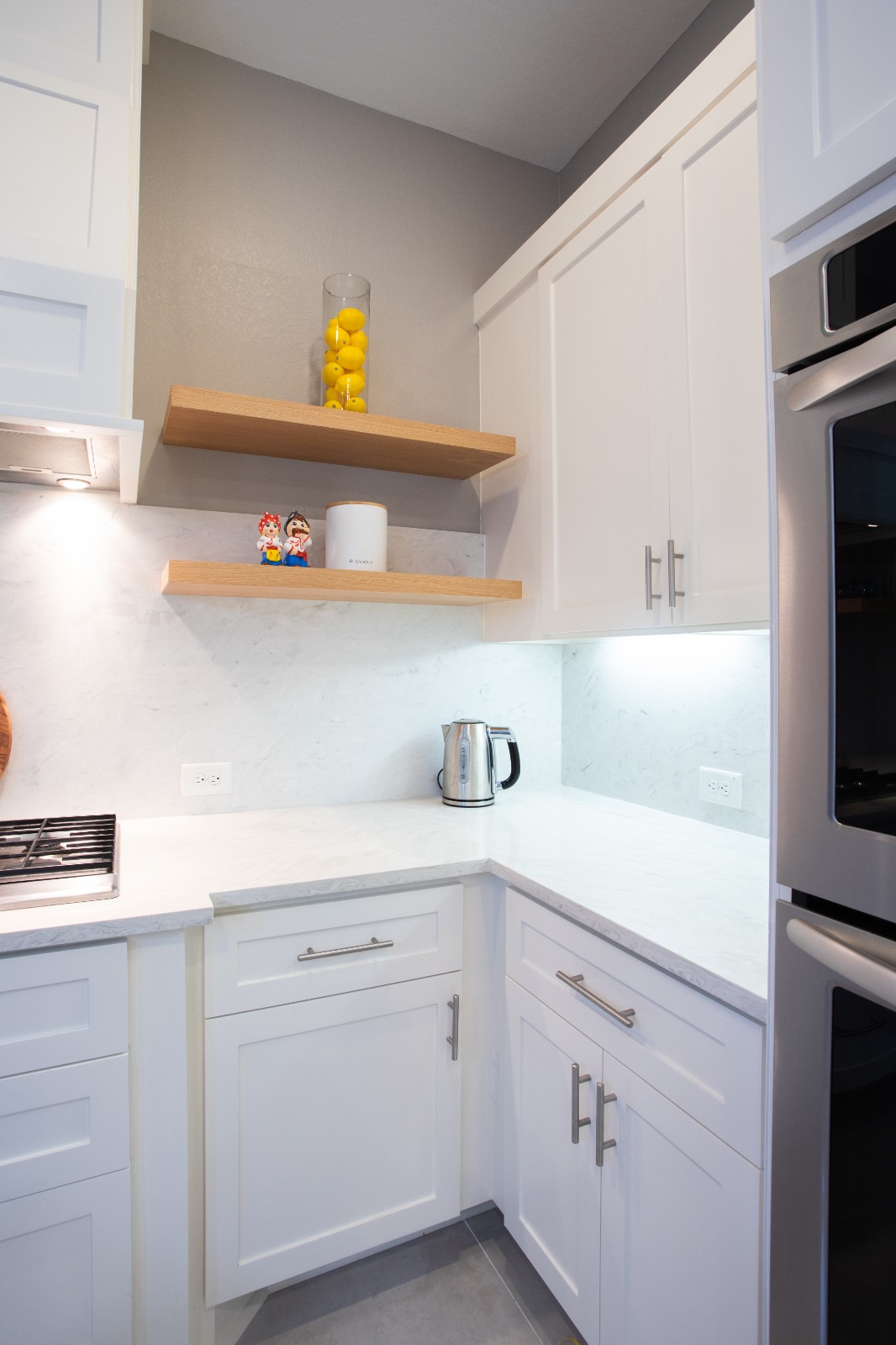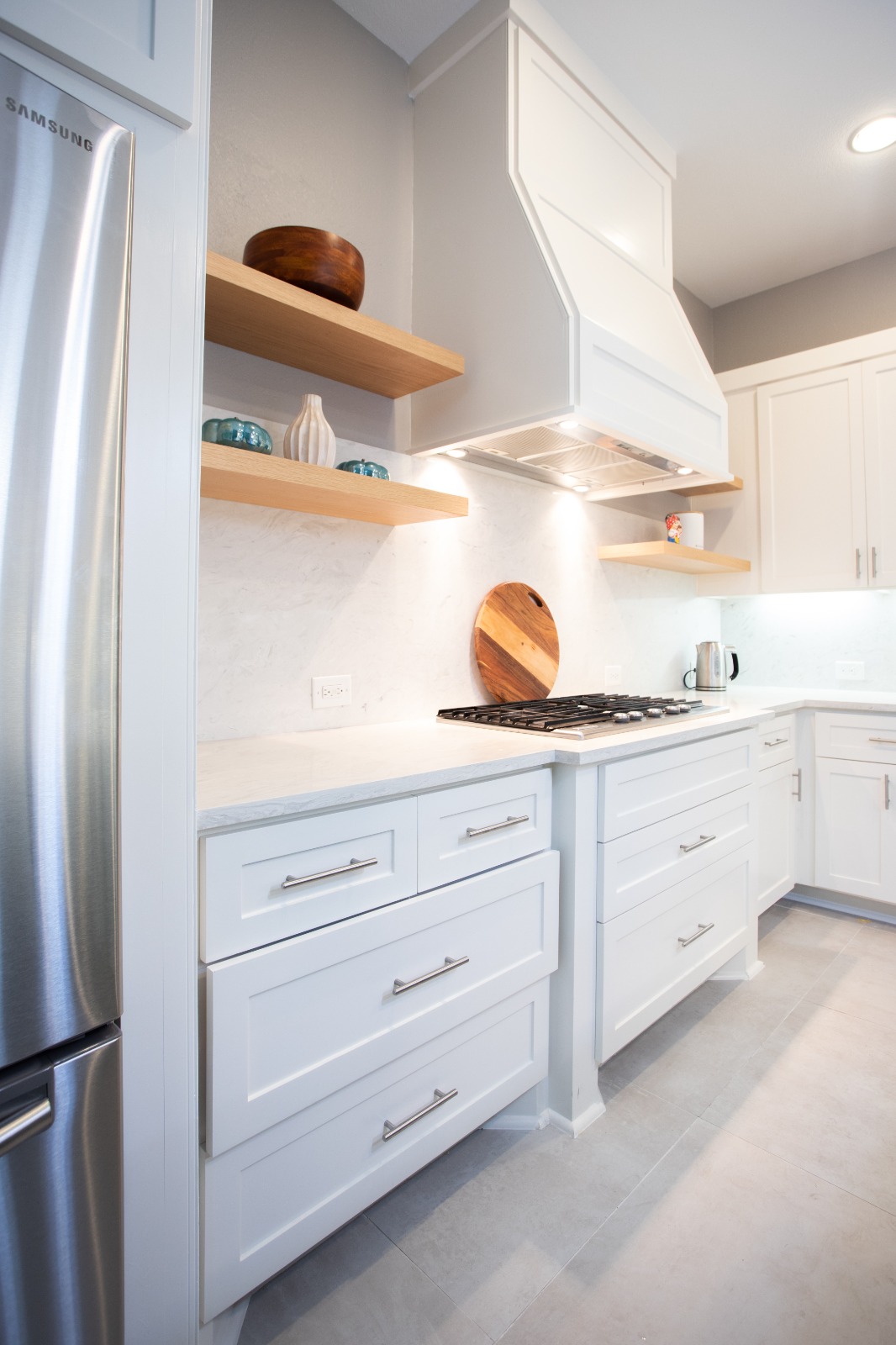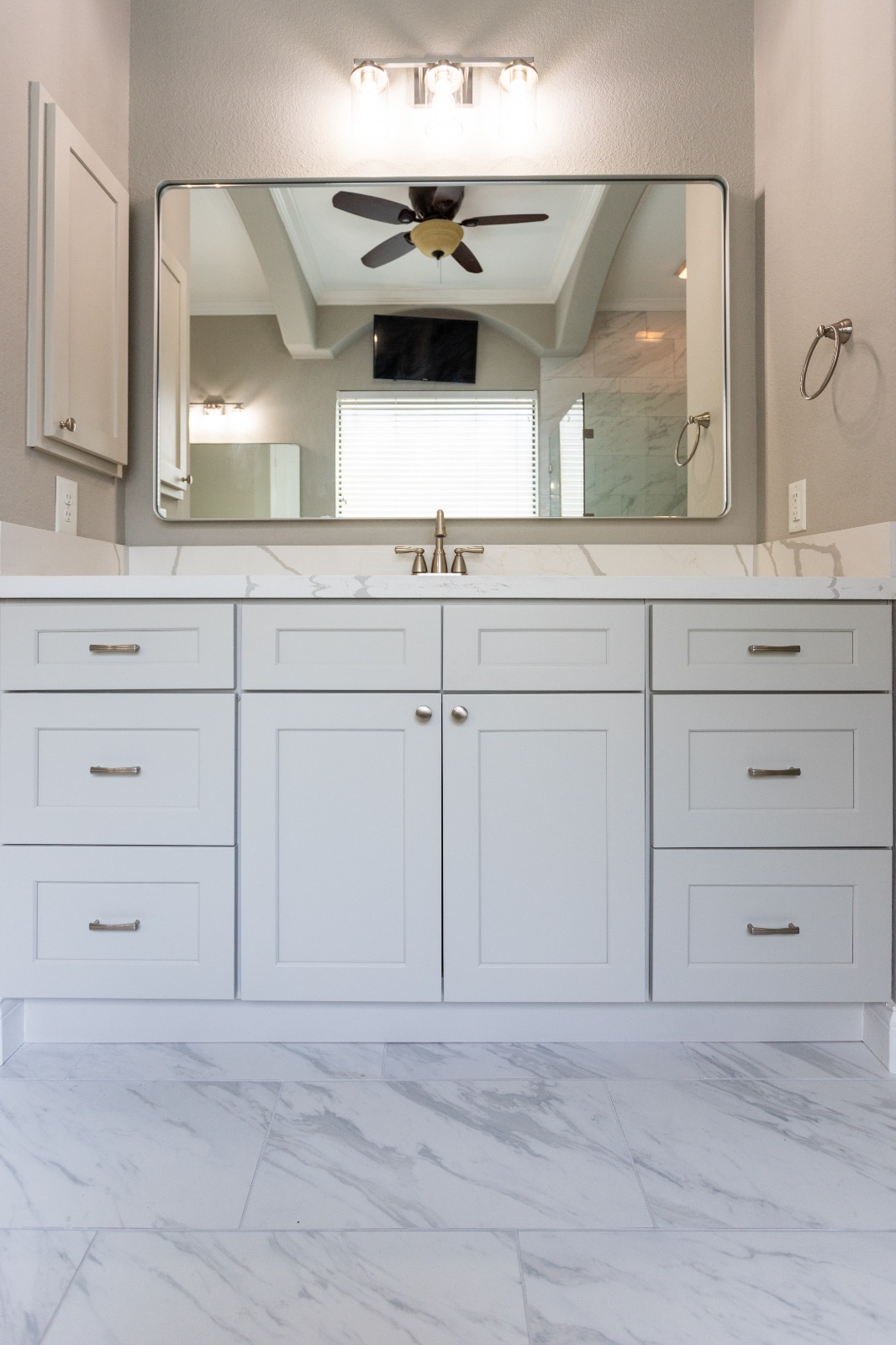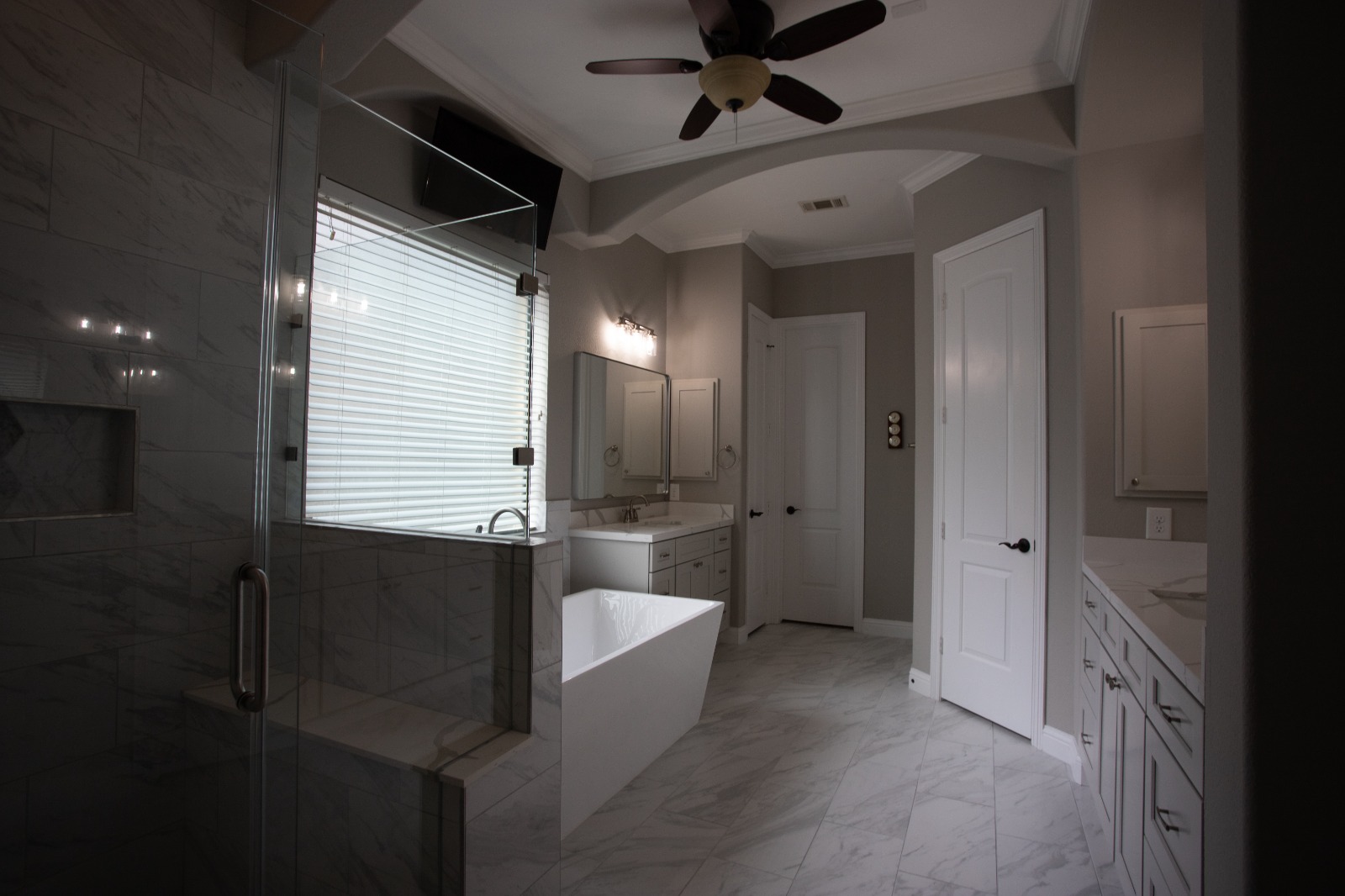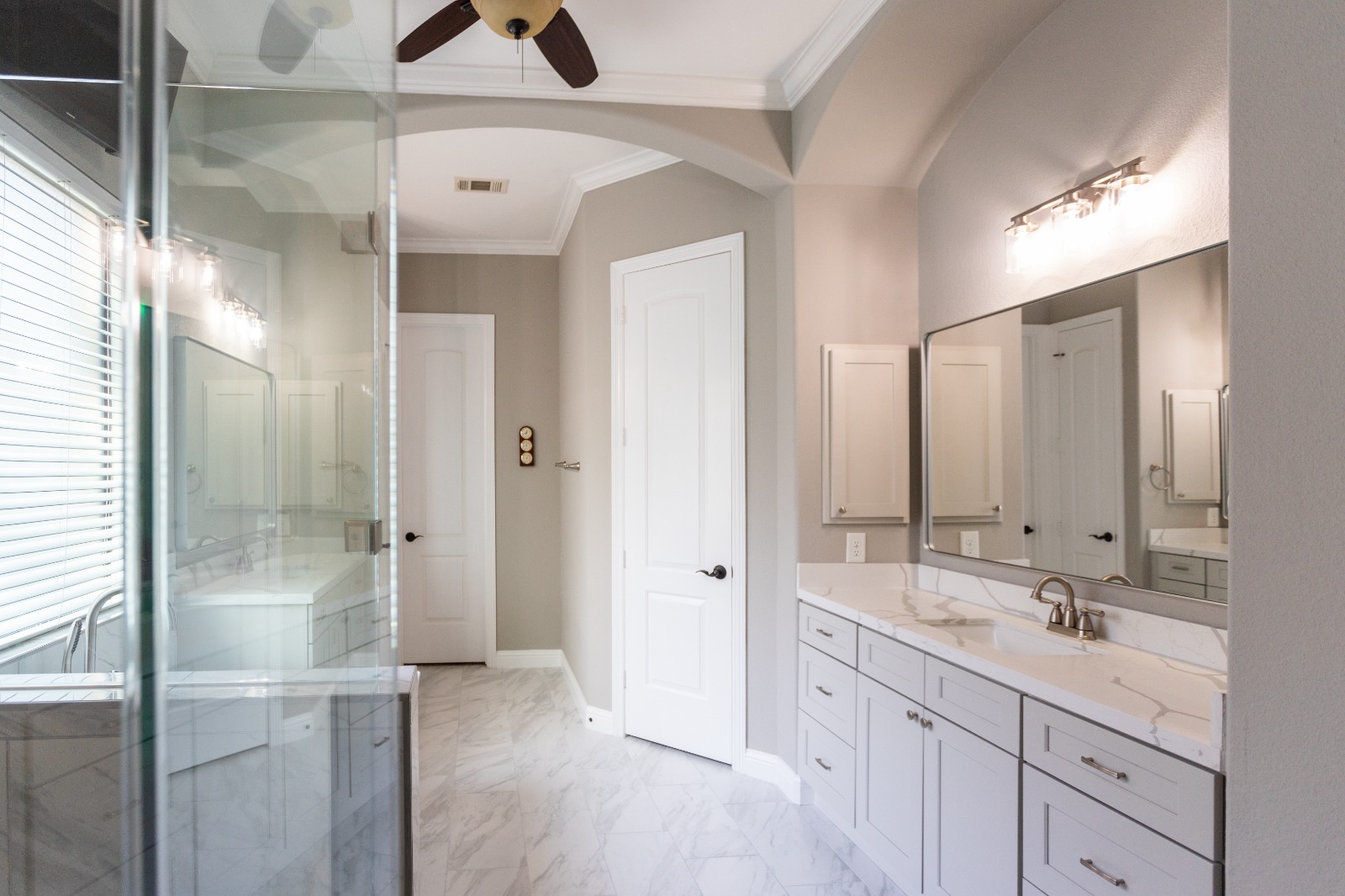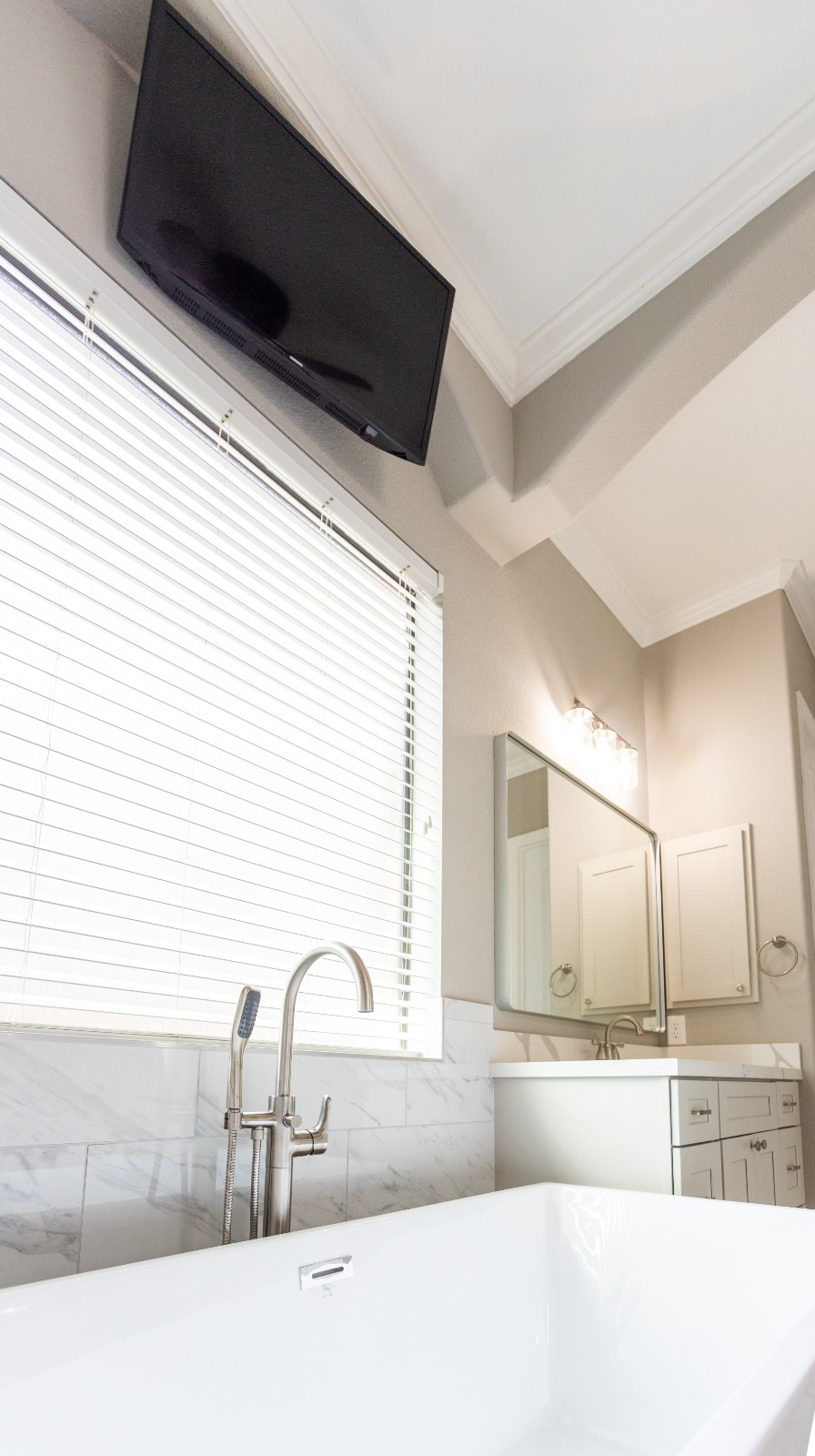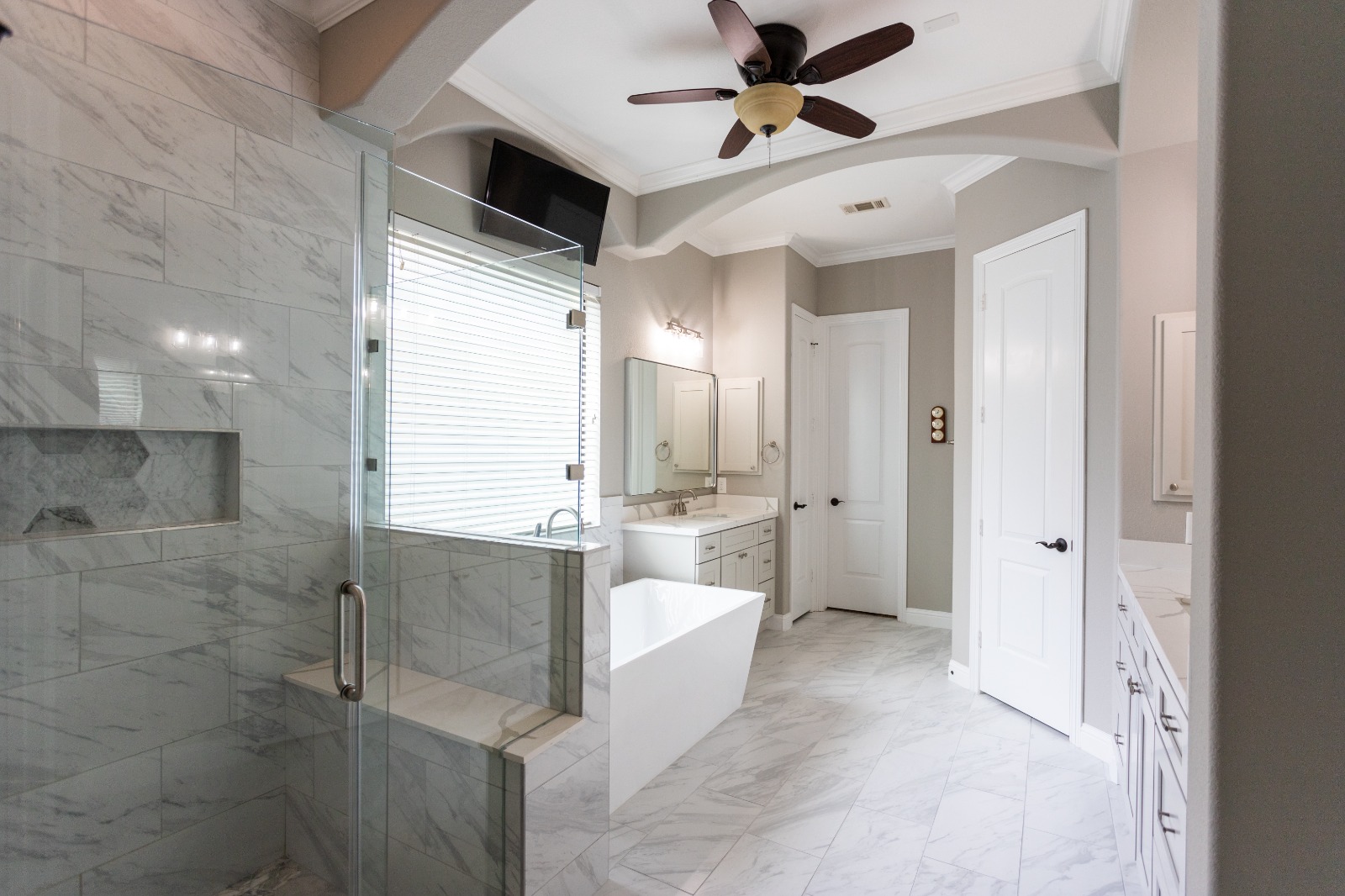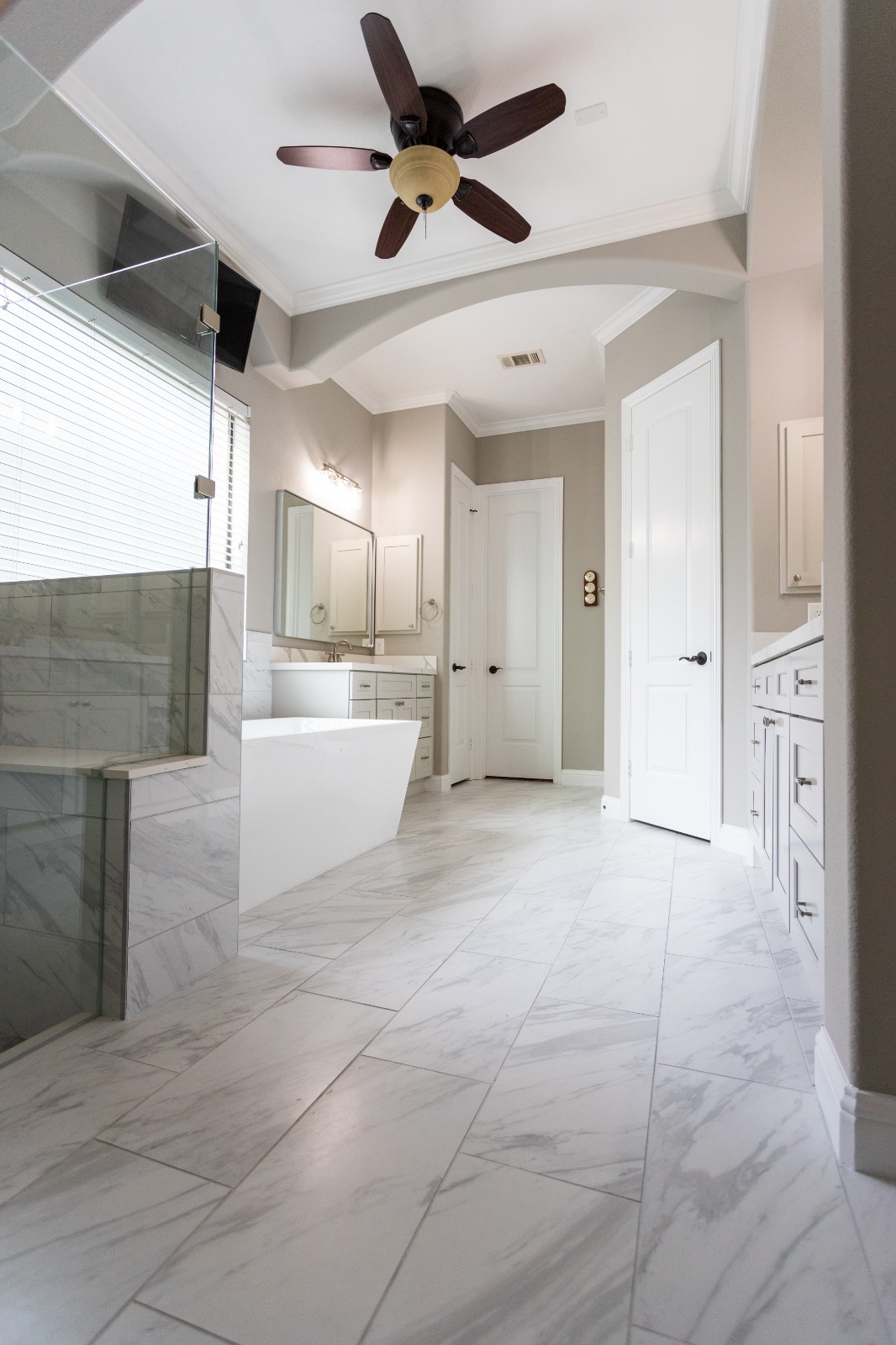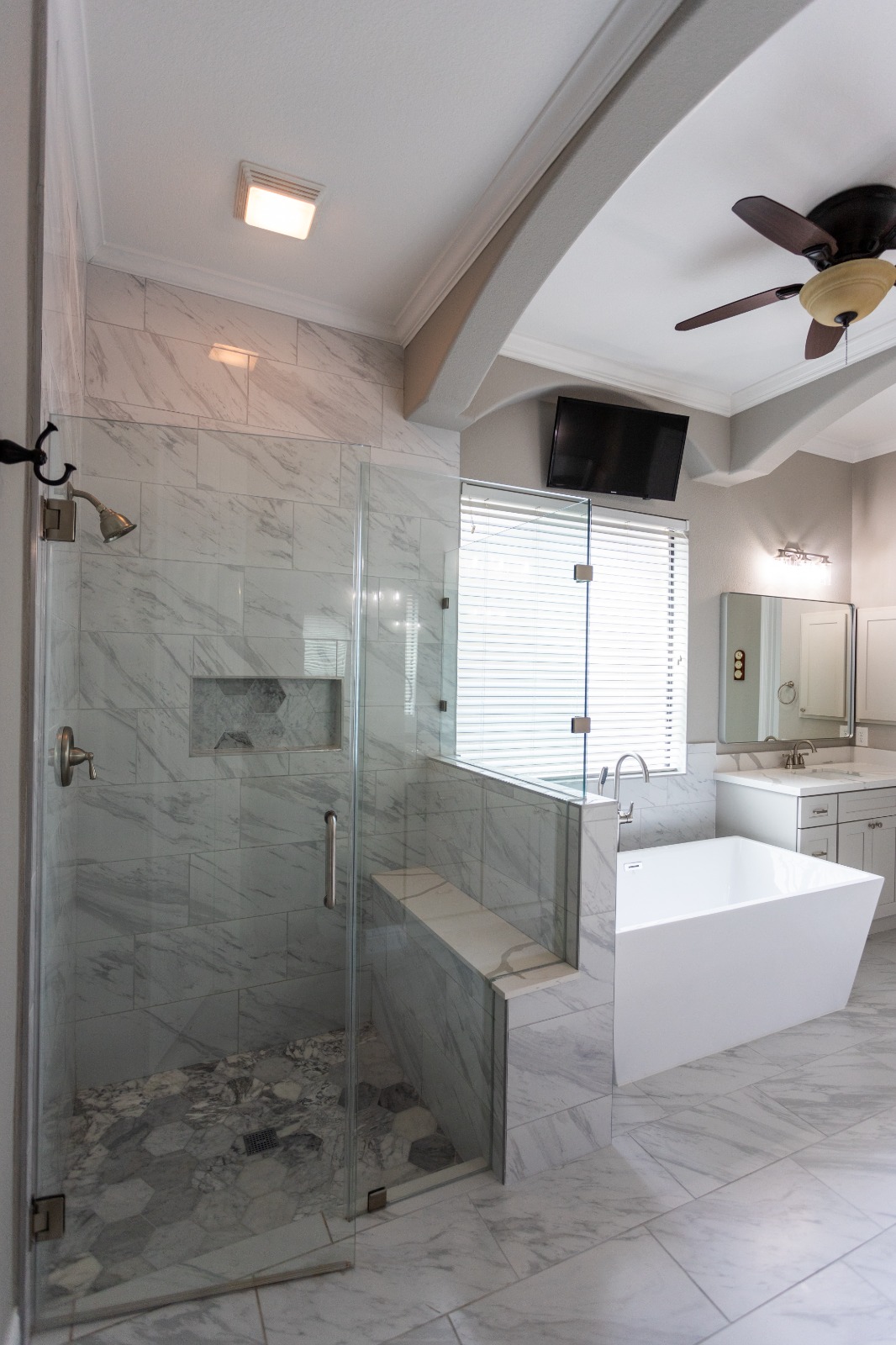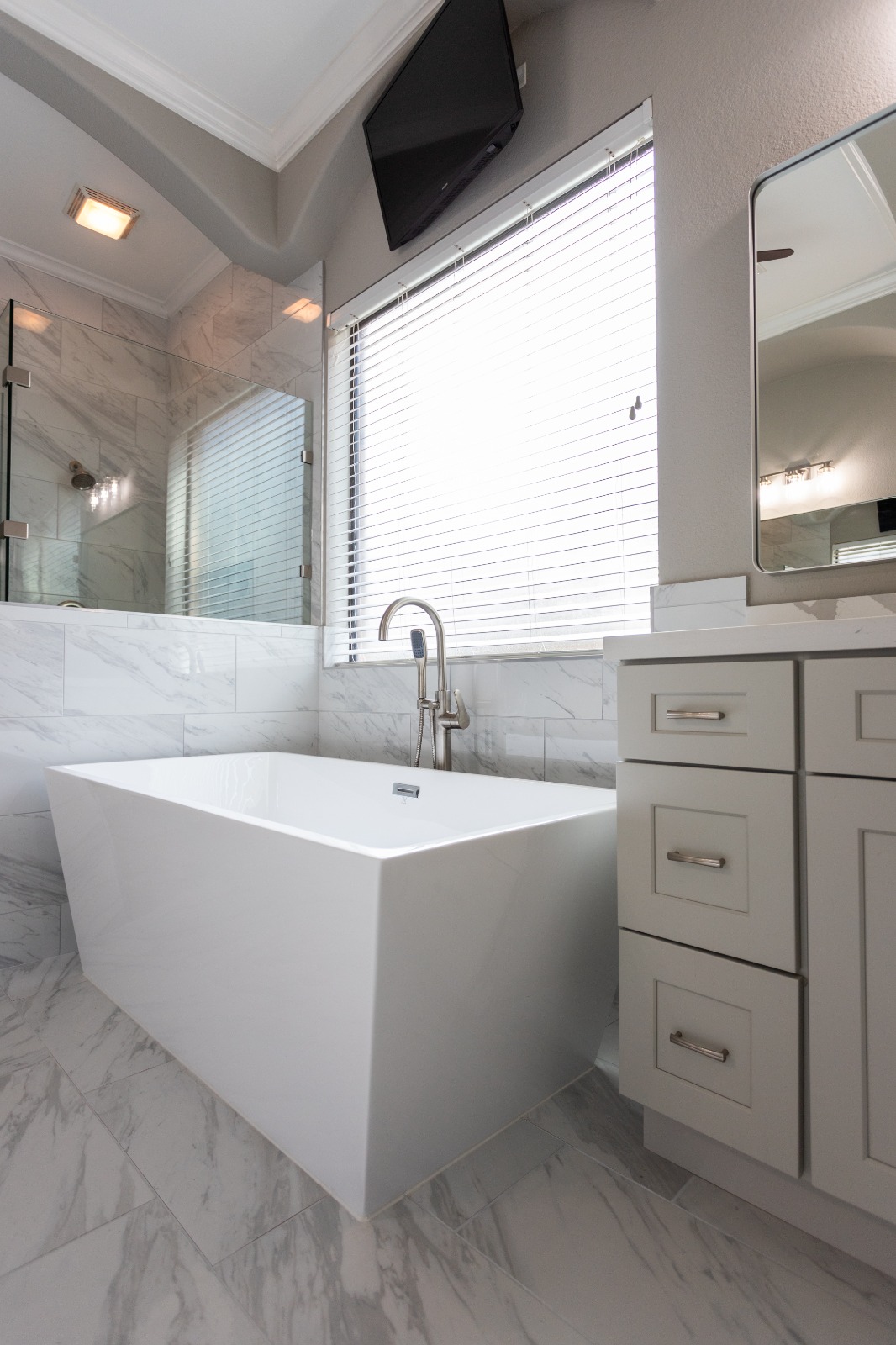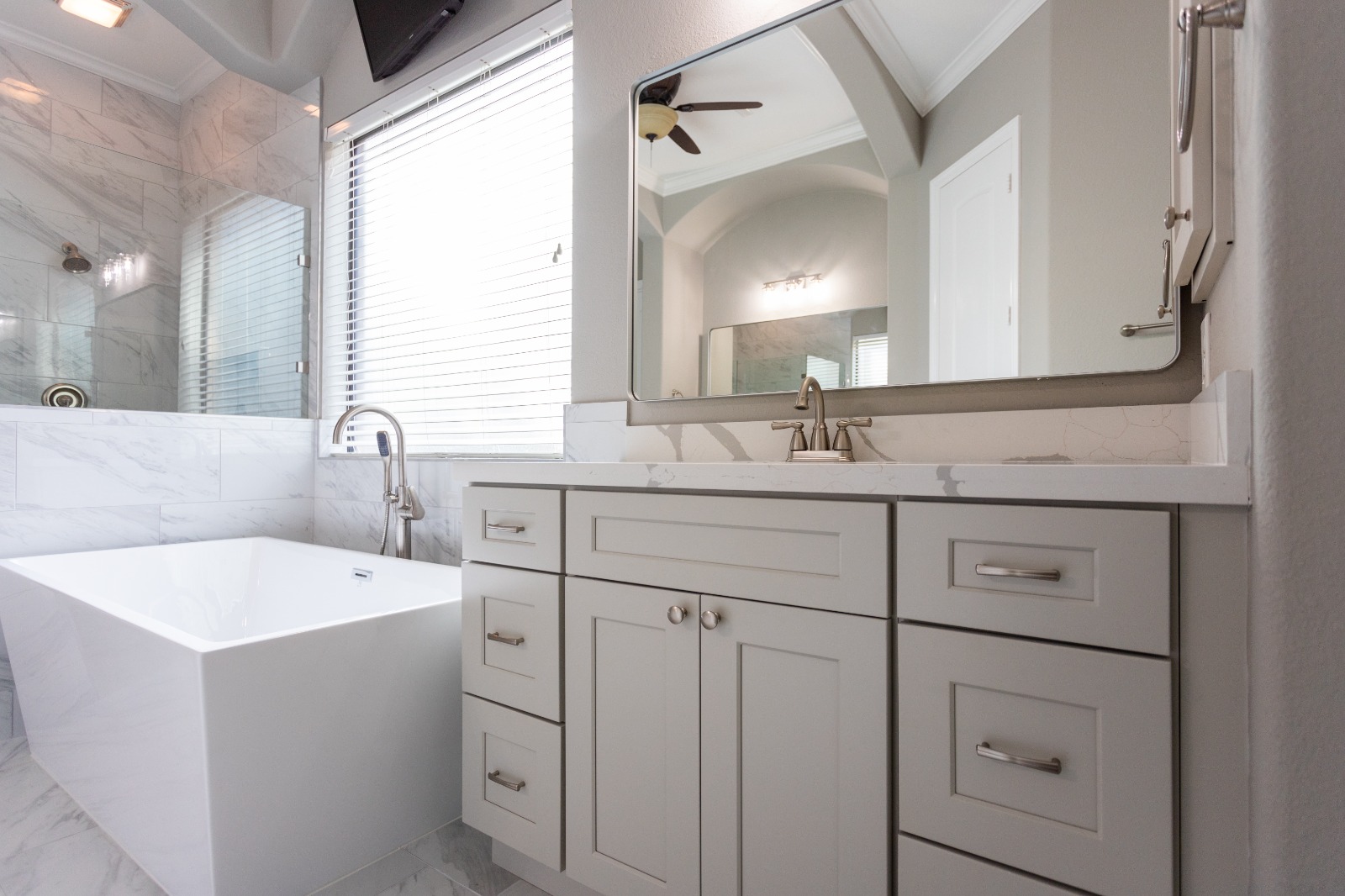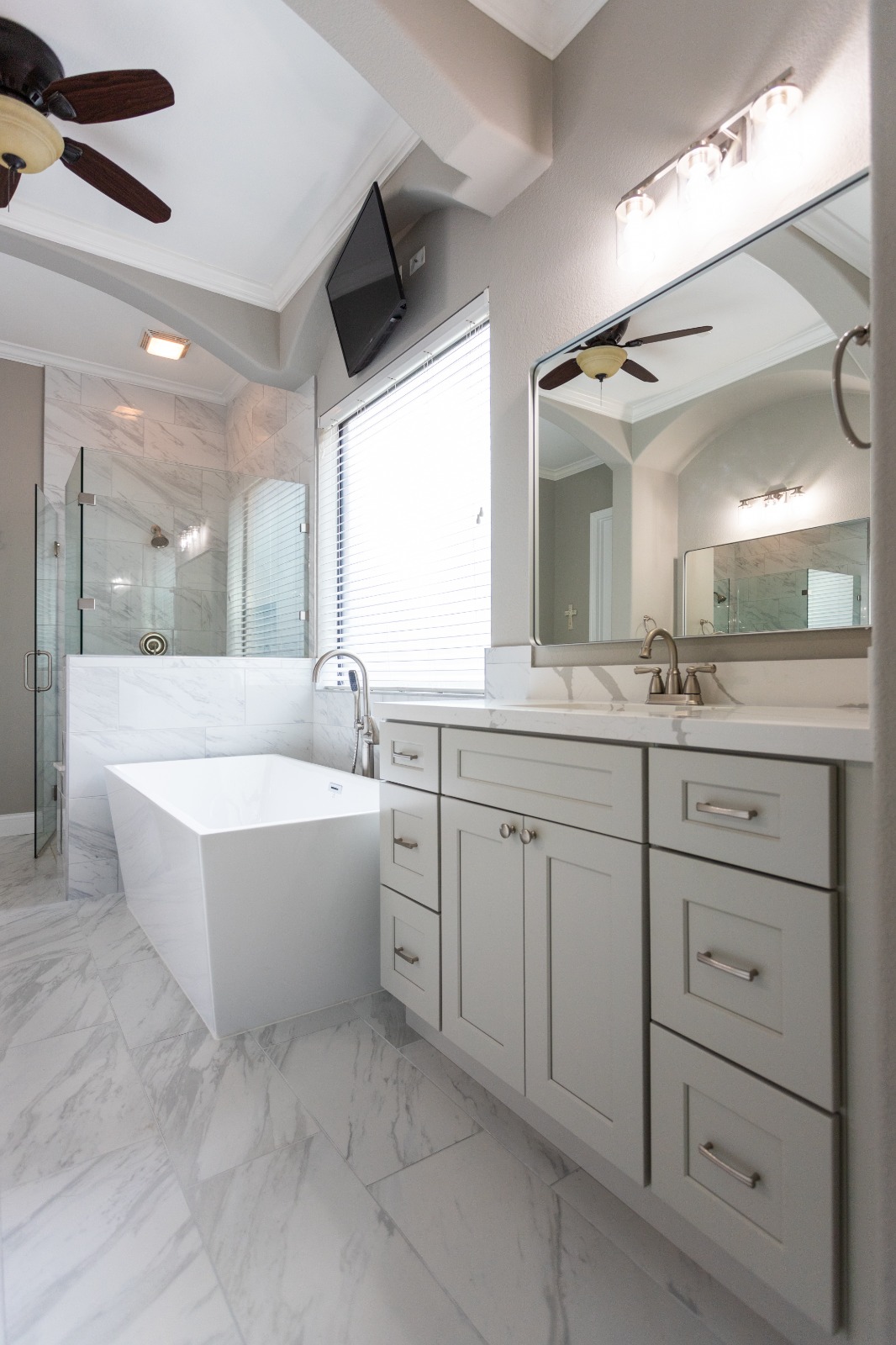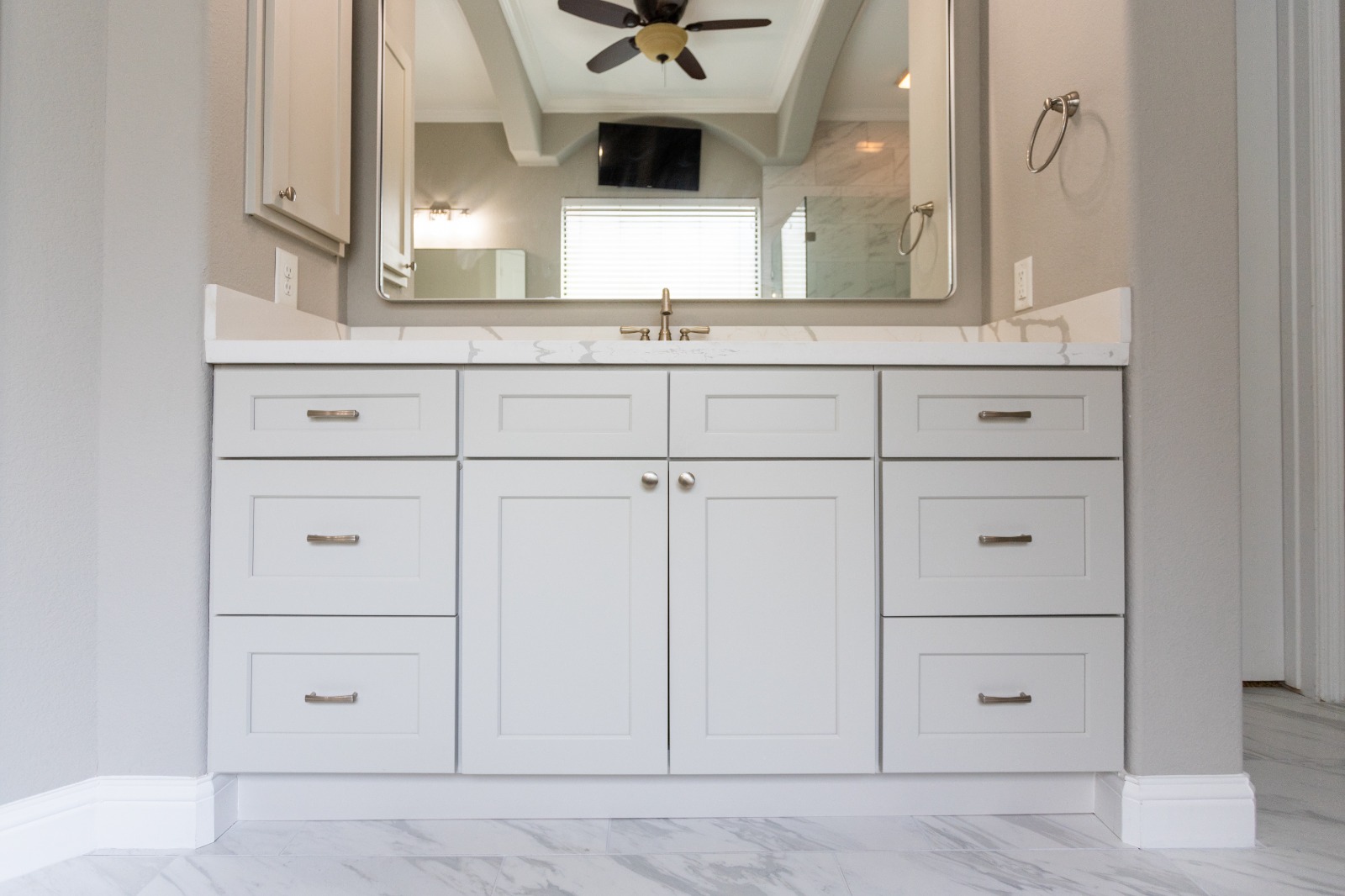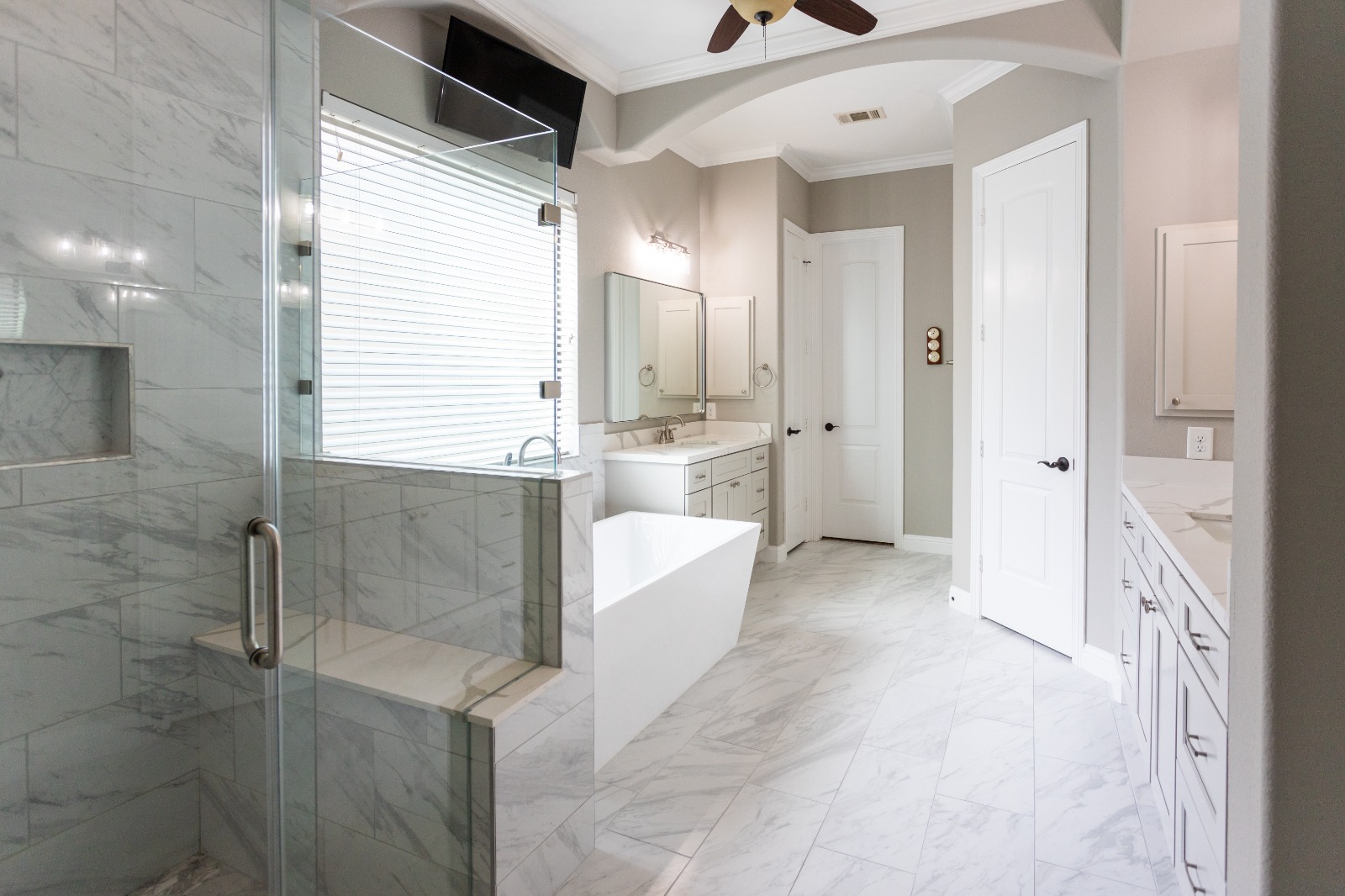(If you are here just for the pictures scroll down to see multiples galleries)
Hiring the best general contractor in Texas, or anywhere else for that matter, is crucial for the success of your construction project. Here are some key pieces of advice to help you find and hire the right general contractor:
1. **Define Your Project Scope:** Before you start looking for a general contractor, clearly define your project’s scope, budget, and timeline. Knowing what you want will help you communicate effectively with potential contractors.Defining the project scope is a crucial step in any remodeling project as it sets the boundaries and expectations for what will be accomplished. Here’s a step-by-step guide on how to define the project scope for your remodeling project:
1. **Identify Your Goals and Objectives:** Start by clearly articulating the goals you want to achieve with your remodeling project. Are you looking to increase space, improve functionality, enhance aesthetics, or address specific issues?
2. **Make a Wish List:** Create a wish list of all the changes and improvements you’d like to see in the space. This can include everything from structural changes to cosmetic upgrades.
3. **Prioritize Your Needs and Wants:** Differentiate between your “must-haves” and “nice-to-haves.” This will help you focus on the most important aspects of the project within your budget.
4. **Set a Budget:** Determine how much you’re willing to spend on the remodeling project. Your budget will significantly influence the scope of work and the materials you can use.
5. **Consider Timeline:** Establish a timeline for your project. Determine when you’d like the project to start and when you want it to be completed. Be realistic about the time needed for planning, obtaining permits, and construction.
6. **Assess the Space:** Take a close look at the area you plan to remodel. Note its current condition, any structural issues, and any systems that might need upgrades (e.g., plumbing or electrical).
7. **Consult with Professionals:** Consider consulting with an architect, interior designer, or a remodeling contractor at this stage. They can provide valuable insights into what’s feasible within your budget and any potential challenges.
8. **Create a Detailed Scope of Work:** Based on your goals, budget, and consultations, create a detailed scope of work document. This document should outline the specific tasks, materials, and finishes involved in the project. It should cover aspects like demolition, construction, plumbing, electrical work, and any other relevant details.
9. **Include Specifications:** Specify the type and quality of materials you want to use. This includes flooring, fixtures, appliances, cabinetry, paint colors, and more. Detailed specifications help prevent misunderstandings and substitutions during the project.
10. **Note Any Special Requirements:** If your project requires adherence to specific building codes, permits, or zoning regulations, make sure these are clearly documented in the scope of work.
11. **Include a Contingency Plan:** It’s a good idea to include a contingency budget in case unexpected issues arise during the project. This can help you avoid surprises and delays.
12. **Review and Revise:** Review your scope of work document carefully and make any necessary revisions. It should accurately reflect your goals and expectations for the project.
13. **Get Professional Input:** Share your scope of work with contractors you’re considering for the project. They can provide feedback, offer suggestions, and give you estimates based on the scope.
14. **Finalize the Scope:** After considering professional input and any necessary adjustments, finalize the scope of work. This will serve as the foundation for your remodeling project.
15. **Sign a Contract:** Once you’ve selected a contractor, make sure the scope of work is included in the contract. Ensure that all parties involved understand and agree to the scope before starting the project.
By taking these steps to define your project scope thoroughly, you’ll have a clear roadmap for your remodeling project, which will help prevent misunderstandings, delays, and cost overruns.
2. **Ask for Recommendations:** Seek recommendations from friends, neighbors, family, colleagues, and other professionals in the construction industry. They may have had positive experiences with contractors they can recommend.3. **Check Credentials:** Verify that the contractors you are considering are insured. In Texas, contractors must be registered with the Texas Department of Licensing and Regulation (TDLR). Verify their credentials through the TDLR website. (Just electricians, mechanic -A/C- and plumbers). Verify the insurance is valid on the date you want to do your project.
4. **Research Online:** Use online resources to research potential contractors. Look for reviews and ratings on websites like Houzz, Facebook, Yelp, and Google. This can provide insight into their reputation and past performance.
5. **Ask for References:** Request references from the contractors you’re considering. Contact past clients to ask about their experiences, the quality of work, and whether the project was completed on time and within budget. But I understand that this point is not always easy. In my side I can ask an old customer if I can give their number to a possible customer. Maybe they’d say yes 1 or 2 times, but not 3… so read the point 8.
6. **Interview Multiple Contractors:** Don’t settle for the first contractor you find. Interview at least three different contractors to get a sense of their communication skills, professionalism, and expertise. And when I say at least 3 I mean just 3, I know it takes time, but if you have spare time…
7. **Obtain Multiple Bids:** Ask each contractor to provide a detailed written bid for your project. Compare these bids carefully, considering both cost and the scope of work included. As a personal recommendation read the bid and choose those ones with every item included, and discard those without itemization, for example:
Good one: 1 rent a dumpster $400, 2 demolition $350, 3 bagging the trash $150, 4 haul debris from second story $250, etc…
Bad one: 1 bathroom remodeling $10,000
8. **Check for Experience:** Look for contractors with experience in the type of project you’re planning. Different projects may require different expertise, so find a contractor who specializes in your project type. Look the pictures on their portafolio.
9. **Visit Previous Projects:** If possible, visit some of the contractor’s completed projects to assess the quality of their workmanship firsthand. As point number 5, I know it is not an easy task.
10. **Ask About Subcontractors:** Inquire about whether the contractor uses subcontractors and how they manage them.11. **Review the Contract Carefully:** Before signing a contract, read it thoroughly and make sure it includes all the project details, including timelines, payment schedules, warranties, and dispute resolution procedures. This is very very important. I have ran into customers who does not know what they signed, and they request things not included, or even they complaint for X brand installed when it was stated in the agreement. As well to know the payments, when are they due, etc.
12. **Communicate Clearly:** Effective communication is key to a successful construction project. Ensure that the contractor understands your expectations and is responsive to your questions and concerns.
13. **Check for Permits: (If needed)** Confirm that the contractor will obtain all necessary permits for the project and that they will adhere to local building codes.
14. **Payment Schedule:** Establish a clear payment schedule in the contract that ties payments to project milestones. Avoid making large upfront payments. In small projects is common sense 50% downpayment, 40% and 10%, or 50%-20%-20%-10%. In larger projects milestone payments are the best procedure.
15. **Keep Records:** Keep detailed records of all correspondence, texts, contracts, payments, and changes to the project scope. This will help protect your interests in case of disputes. Make sure to sign a Change Order for any requested changes or additional work that were not initially included in the agreement, including contingent work, and this is a very important part so I will explain further:
Contingent work refers to tasks or work items that may need to be performed during a construction project but are not part of the original scope of work. These tasks typically arise due to unforeseen circumstances or changes in project conditions. Here are some examples of contingent work that can arise in your project:
1. **Hidden Structural Issues:** During demolition or excavation, the contractor discovers hidden structural problems, such as damaged foundations or rotting support beams. Rectifying these issues would be considered contingent work.
2. **Change in Design or Plans:** If the homeowner or project owner decides to make design changes after construction has started, such as altering the layout or adding extra features, the associated modifications become contingent work.
3. **Unforeseen Environmental Factors:** Contaminated soil, groundwater issues, or unexpected environmental concerns that arise on the construction site may require additional work for mitigation or compliance.
4. **Permit Delays or Changes:** If there are delays in obtaining necessary permits or changes to permit requirements, the contractor may need to adjust the construction plan and perform work to meet new regulations. Sometimes if you change your mind and now you want the new brand toilet, but it is in back order, and they need to wait 2 months for that in order to make the special plumbing system and continue, you will be billed for that wait.
5. **Weather-Related Delays:** Severe weather conditions that delay the project may result in additional work to address water damage, erosion, or other weather-related issues.
6. **Subcontractor Availability:** If subcontractors scheduled for specific tasks are unavailable or experience delays, the general contractor may need to adjust the work schedule and potentially bring in alternative subcontractors.
7. **Material Availability:** Unexpected shortages or delays in the availability of construction materials may require substitutions or modifications to the project plan.
8. **Unforeseen Hazards:** The discovery of hazardous materials, such as asbestos or lead, during the project may necessitate specialized abatement work.
9. **Site Cleanup and Restoration:** Ensuring the site is properly cleaned up and restored to its original condition is often part of the contingent work, especially if the site was heavily impacted during construction.
10. **Testing and Inspections:** Some projects may require additional testing or inspections due to regulatory changes or unforeseen circumstances. These can lead to contingent work items.
11. **Security and Safety Measures:** If there are security concerns or safety issues that arise during construction, the implementation of additional security measures or safety protocols may become necessary.
12. **Site Access Issues:** Difficulties accessing the construction site, such as road closures or neighbor disputes, can result in additional work to resolve these issues.
13. **Utility and Service Hookups:** If there are complications or changes in utility or service hookups, such as water, gas, or electrical connections, it may require adjustments and additional work.
It’s important for both the contractor and the project owner to be aware of potential contingent work and how it will be handled in the construction contract. Contingent work often involves extra costs and time, so having clear agreements and procedures in place is essential to manage these situations effectively.
16. **Monitor Progress:** Stay involved throughout the project, regularly inspecting the work to ensure it aligns with your expectations and the contract. In Premium Residential Remodeling we use a Software and the customer on his end can see the stages of the project or even a calendar.17. **Trust Your Instincts:** Ultimately, go with a contractor you feel comfortable with and trust. A good working relationship is essential for a successful project.
18. **Get Everything in Writing:** Don’t rely on verbal agreements. Make sure all agreements and changes to the project are documented in writing. Texas has not such a thing as a verbal agreements in things above $500.
Hiring the best general contractor requires careful research and due diligence, but it’s worth the effort to ensure your project is completed successfully and to your satisfaction.
And that’s why you should consider to make an appointment with Premium Residential Remodeling (among other 2). Click on the “Make an appointment button” NOW!
**Why You Should Hire Premium Residential Remodeling by Frank Puente as Your General Contractor: A Perfect Fit for Your Project**
I am thrilled to introduce myself as a seasoned and dedicated general contractor, and I invite you to consider me for your upcoming construction project. In light of the essential criteria and best practices outlined above for selecting the ideal general contractor, I am confident that I am the perfect match to bring your vision to life while ensuring a seamless and successful project journey.
**1. Clear Project Scope:** I prioritize transparency and open communication from day one. With a keen understanding of the importance of a well-defined project scope, I work closely with clients to meticulously outline the objectives, timeline, and budget. My commitment to clarity ensures that your project stays on track and avoids unnecessary surprises.
**2. Stellar Recommendations:** Previous clients have consistently praised my work, not just for meeting expectations but often exceeding them. Their testimonials attest to my dedication, professionalism, and ability to deliver high-quality results within budget and on time. I am more than happy to provide references for you to hear about their positive experiences firsthand.
**3. Extensive Experience:** With a wealth of experience in various construction projects, I possess the expertise necessary to tackle a wide range of challenges. From remodeling residential spaces to managing commercial construction, I’ve consistently demonstrated my ability to adapt and excel in diverse settings.
**4. Licensing and Credentials:** I am proud to hold the necessary liability insurance (up to for 2 million) required for general contracting in Texas. My commitment to adhering to regulations and best practices ensures that your project will be in full compliance with legal and safety standards.
**5. Comprehensive Planning:** Thorough planning is the bedrock of my approach. I carefully assess project specifications, anticipate potential contingencies, and employ proactive strategies to mitigate any unforeseen issues. This proactive stance not only saves time but also prevents costly delays and disruptions.
**6. Attention to Detail:** My passion for craftsmanship and an eye for detail ensure that every aspect of your project is executed with precision and care. Your satisfaction with the final results is my ultimate goal.
**7. Clear Contracts:** I understand the importance of transparent and detailed contracts. Our agreement will comprehensively cover all aspects of the project, including timelines, payment schedules, and contingencies, to protect your interests.
In sum, my dedication to delivering exceptional results, my unwavering commitment to client satisfaction, and my adherence to best practices in the industry make me the ideal choice for your general contracting needs. Your project deserves nothing less than a contractor who embodies professionalism, expertise, and integrity.
I look forward to the opportunity to discuss your project further and demonstrate how I can turn your vision into reality. Feel free to reach out to me to take the next step toward a successful construction journey.
Sincerely,
Frank Puente

